Shows
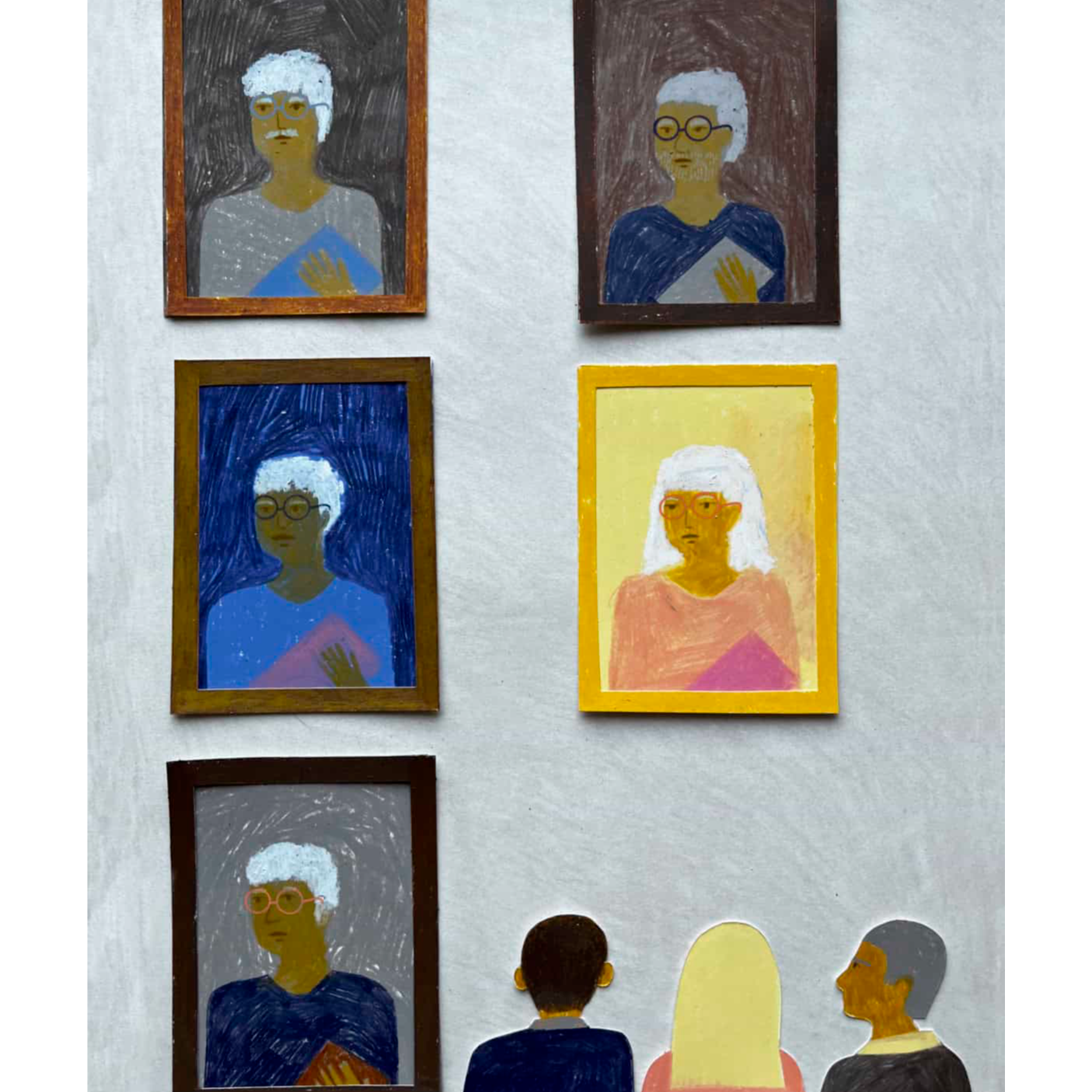
AnthroArtRoom 242 and the Portraits That (Do Not) Speak. Unveiling Gender and Leadership in Higher Education Contexts - Rosalina Pisco CostaIt is necessary to reflect on the role of the anthropologist in denouncing realities that are often subalternised, with the role of changing them through initiatives and solutions proposed by the anthropologist, allowing us to reflect on the porosity between the spheres of activism and anthropology. To realize the implications and interconnections between different contexts, it is necessary to take a multi-scalar and multi-sited approach. One of the fields most concerned with the interconnections between local, national, and international scales is environmental studies, and it is on this theme that the article focus, mobilising former research to reach this...
2025-04-2317 min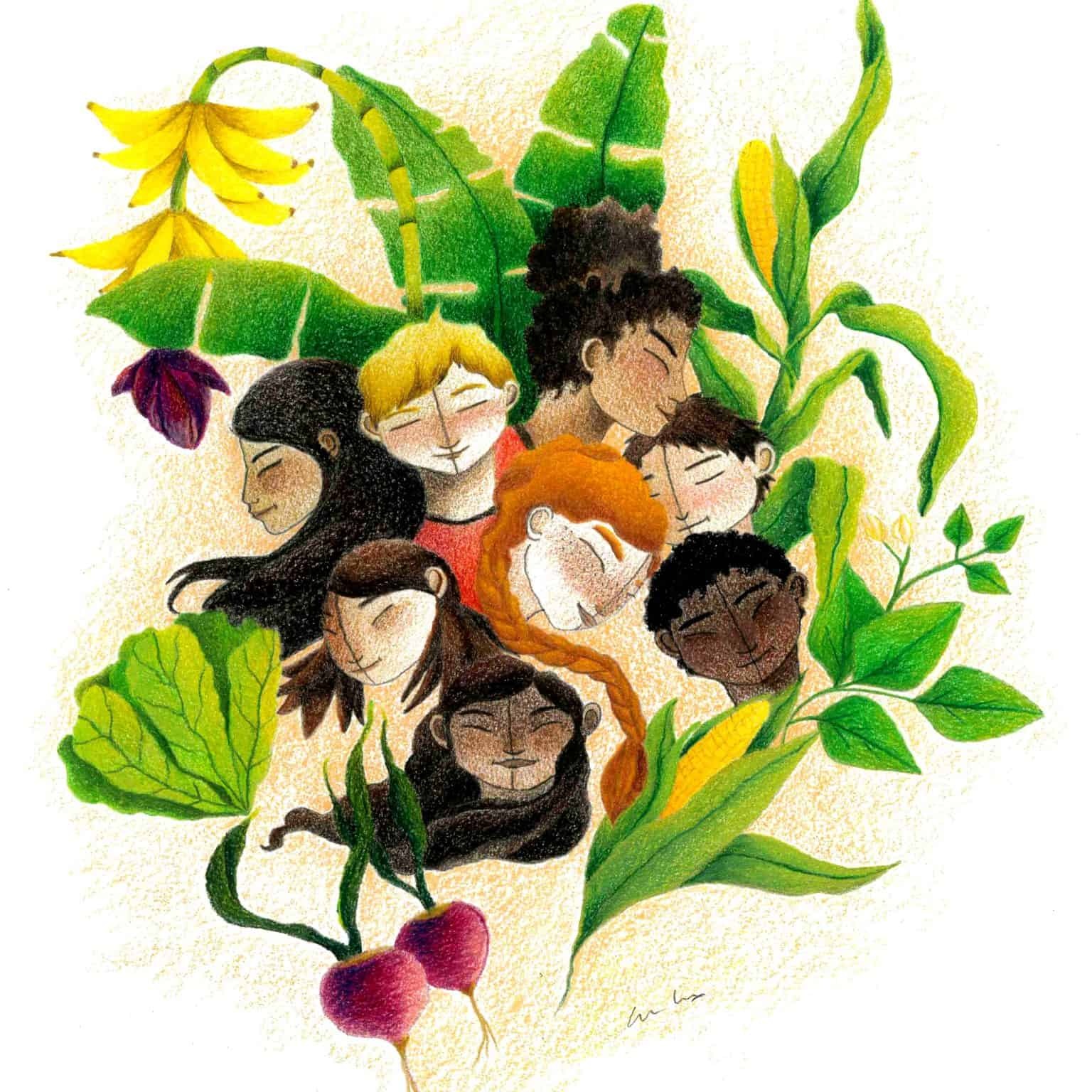
AnthroArtChallenges and strategies for including sustainability in the social control of the municipal School Feeding Councils in Minas Gerais in the National School Feeding Program - Lucas Daniel SanchesThis study investigates the challenges and strategies for incorporating sustainability into the social control of municipal School Feeding Councils (CAEs) in Minas Gerais within the National School Feeding Program (PNAE). The research aims to understand the performance of CAEs in promoting sustainability and evaluates the impact of an educational intervention on counselors’ intentions to act. The methodology involves action research with qualitative and quantitative analyses, including workshops and discussion groups. Key findings highlight the importance of family farming, school gardens, and reducing food waste as strategies for sustainability. The study also identifies obstacles such as lack of support and ne...
2025-04-2318 min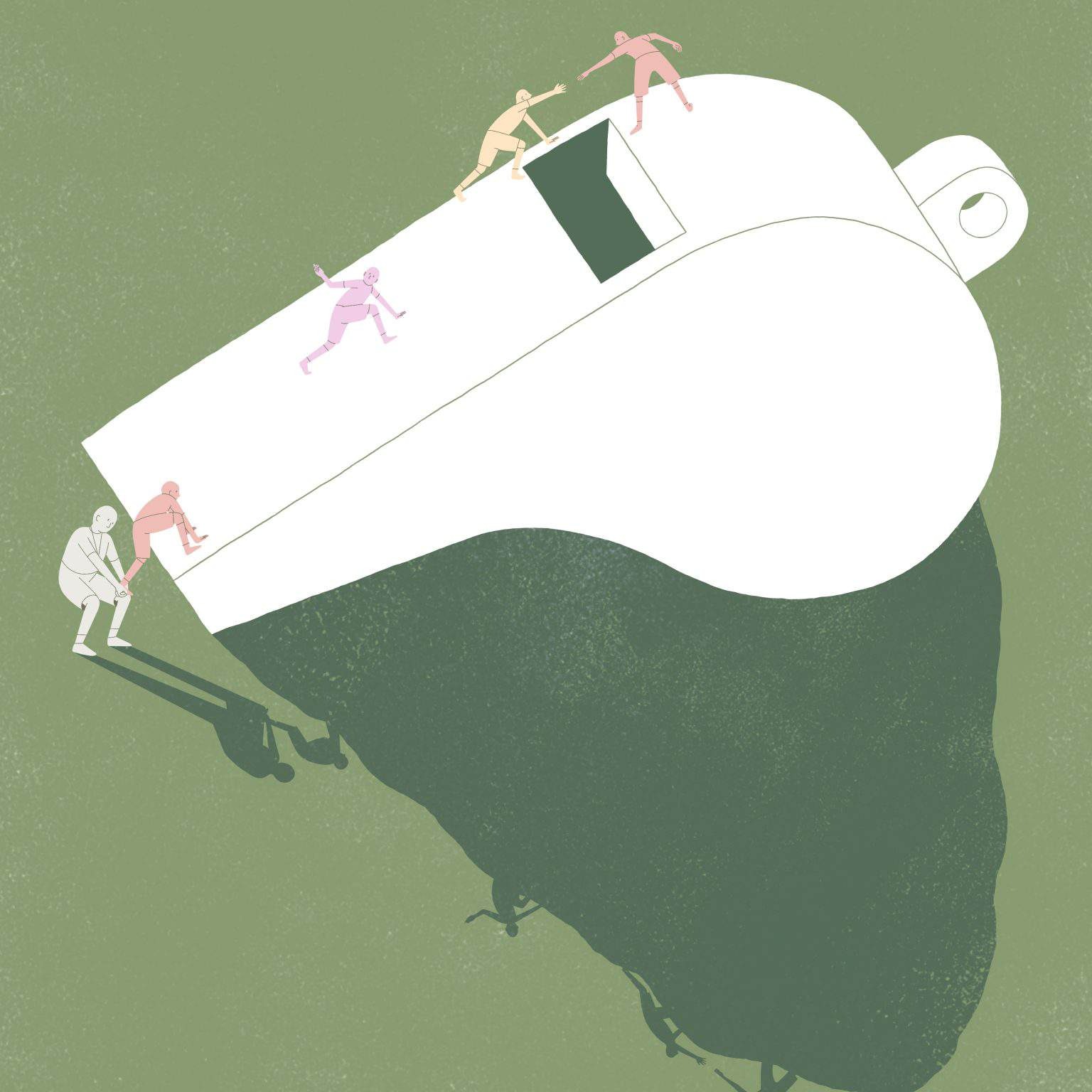
AnthroArtCreating Life Champions: Youth Coaching values, ethics, careers and a sustainable development of trainers and athletes - Daniel AlvesThe Creating Life Champions project is a collaboration between the ERASMUS+ program and the UEFA Foundation for Children, to strengthen positive social values and principles by using sports fields as a vehicle. This project gathered 16 partners from 8 European countries. The following text presents the results of the ethnographic research done in Portugal regarding this project, aimed to conduct an in-depth analysis of how trainers perceive the educational and pedagogical role of sport and what may be the path for a sustainable strengthening of this role. From April to May 2023, a total of 20 in-depth interviews with youth coaches from 3 cities...
2025-04-2314 min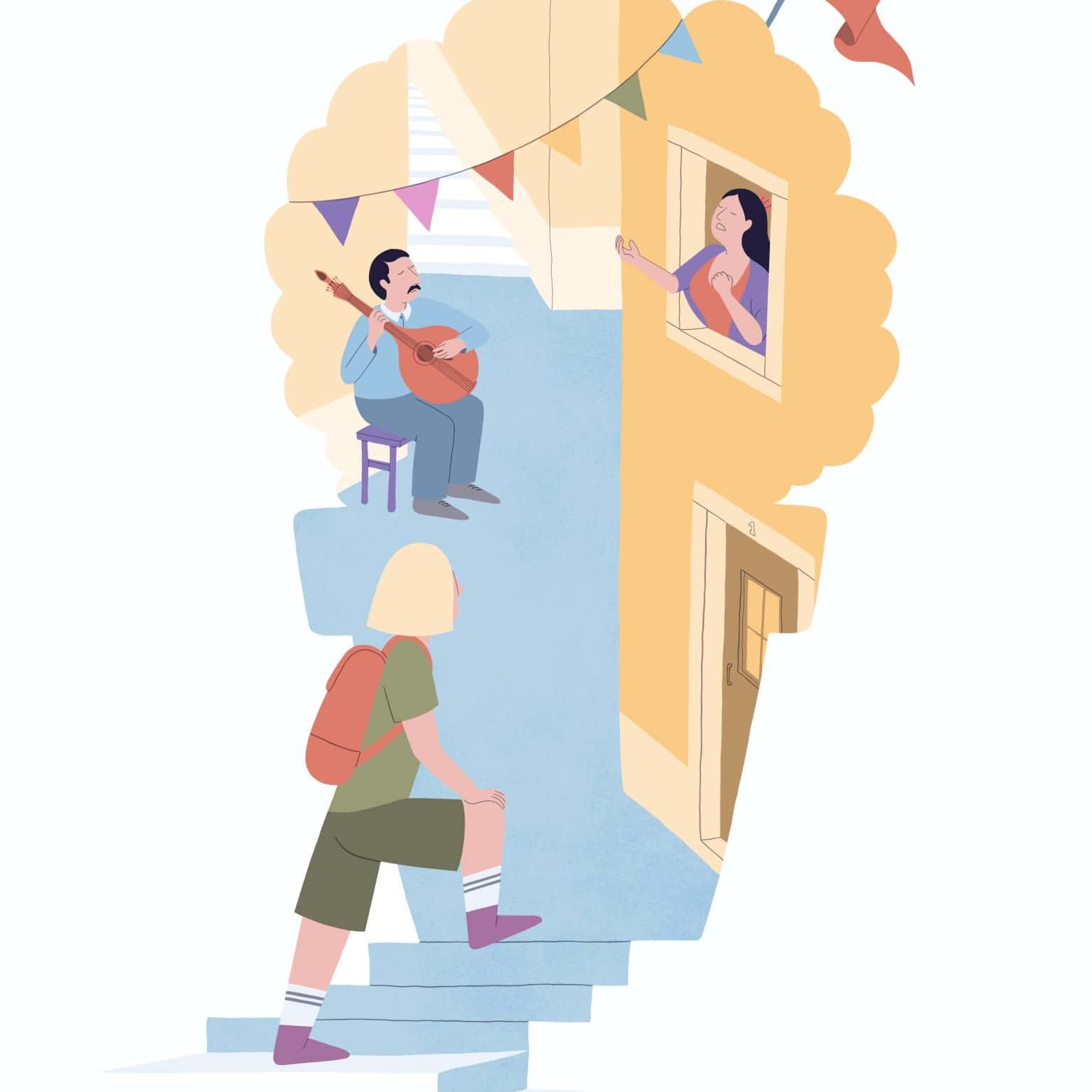
AnthroArtAround The Neighborhood: A storytelling of Mouraria’s memories, traditions and history - Augusto FerreiraThis article explores the pivotal role of videos and thematic routes in promoting sustainable tourism through the lens of intangible cultural heritage (ICH). Anchored in anthropological and ethnographic methodologies, it highlights how these tools preserve and celebrate traditions, crafts, music, and oral histories. Using the Mouraria neighborhood in Lisbon as a case study, the project documents local narratives and practices to create immersive and authentic tourist experiences. This model demonstrates how tourism can safeguard cultural identity, enhance socio-economic development, and promote sustainability without compromising authenticity.Article by Augusto Ferreira, illustrated by Patricia Palmahttps://theanthro...
2025-04-2315 min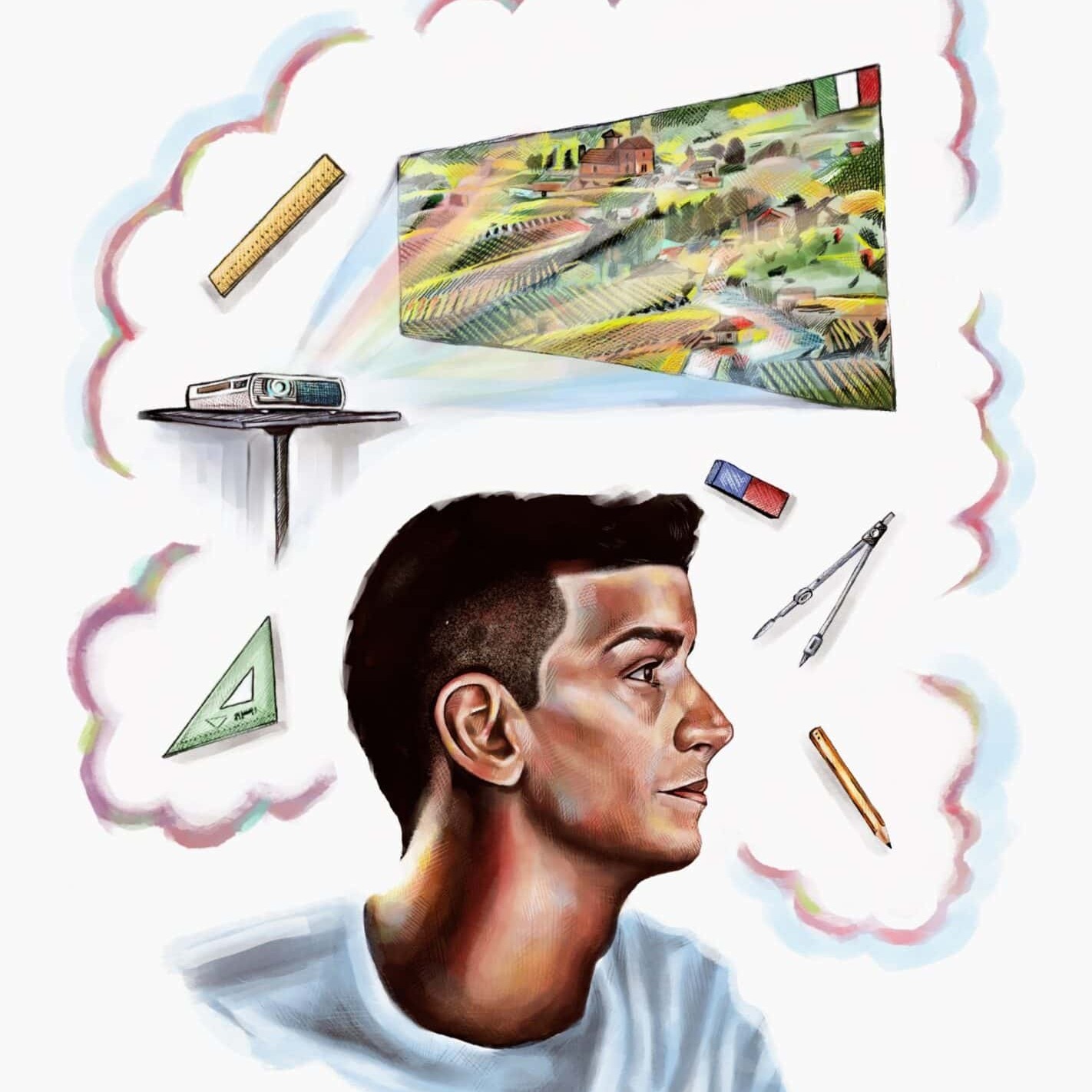
AnthroArtWhat if... Anthropology + Speculative Design = Social innovation? - Andrea Gaspar Speculative Design is a methodological approach that can be a huge tool for anthropologists. By working in collaboration with designers and using speculative design techniques, anthropologists and designers together could engage with communities and specific social groups for understanding social problems and imagining alternative futures. With this text is on the one side to present Speculative Design, while at the same time speculating how it could work for anthropologists as a tool for social innovation.Article by Andrea Gaspar, illustrated by Michaela Joneshttps://theanthro.art/what-if-anthropology-speculative-design-social-innovation-2/
2025-04-2318 min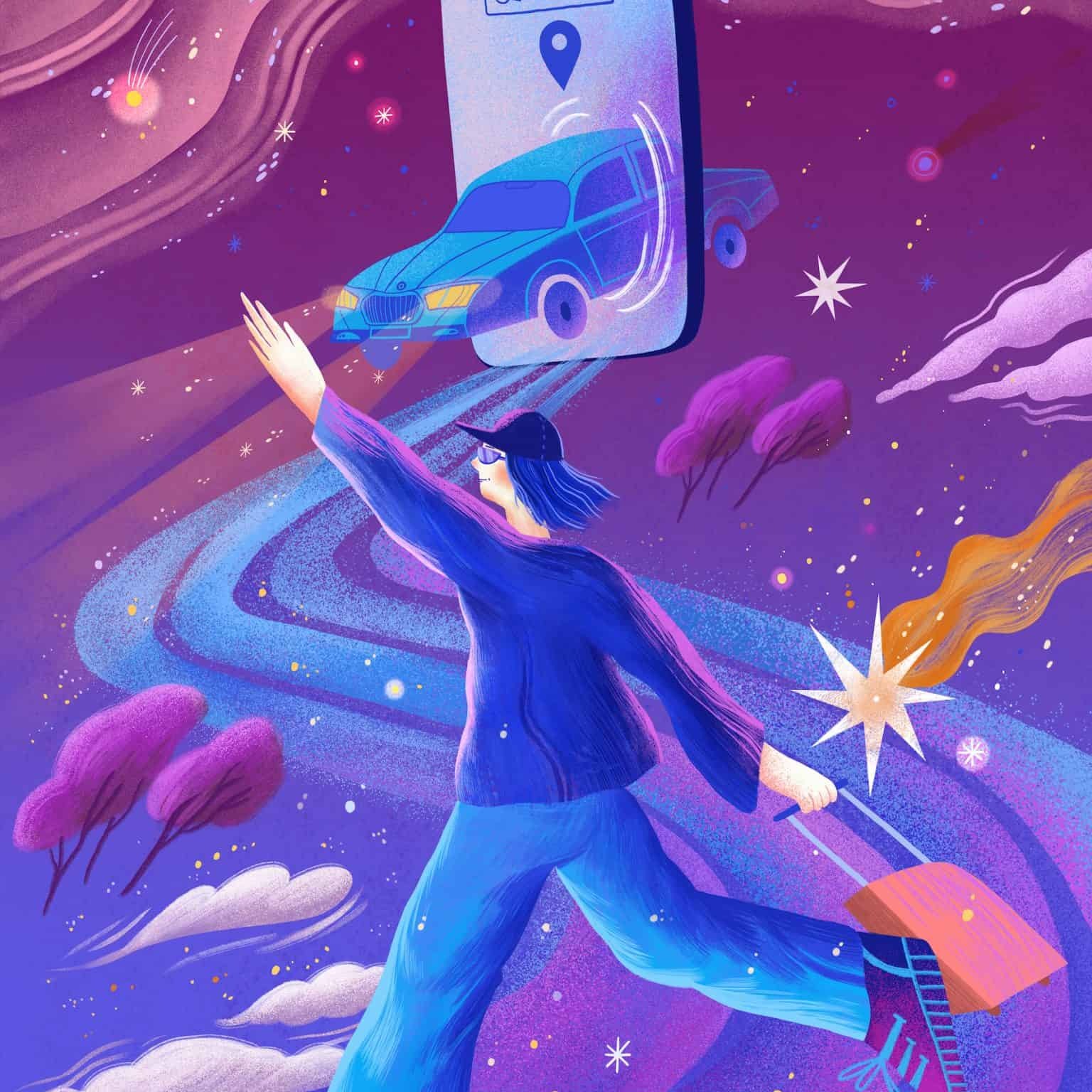
AnthroArtOn shared automobility practices: From horse carriages to digitally prearranged rides - Iulian GaborRidesharing practices such as hitchhiking and carpooling form specific ways of mobility, rich in composition and narratives. Both social practices are present at the margins of all urban areas in Romania having their own specific modus operandi. Although they are not associated with the concept of sustainability by their public, they are embedded in a sustainable kind of mobility, as alternatives to personal road vehicles. The sustainable dimension of ridesharing is also supported by the debate around the occupancy of the car seats. Comparative and historical material demonstrates that states may encourage, discourage, criminalise, or neglect hitchhiking through different...
2025-04-2223 min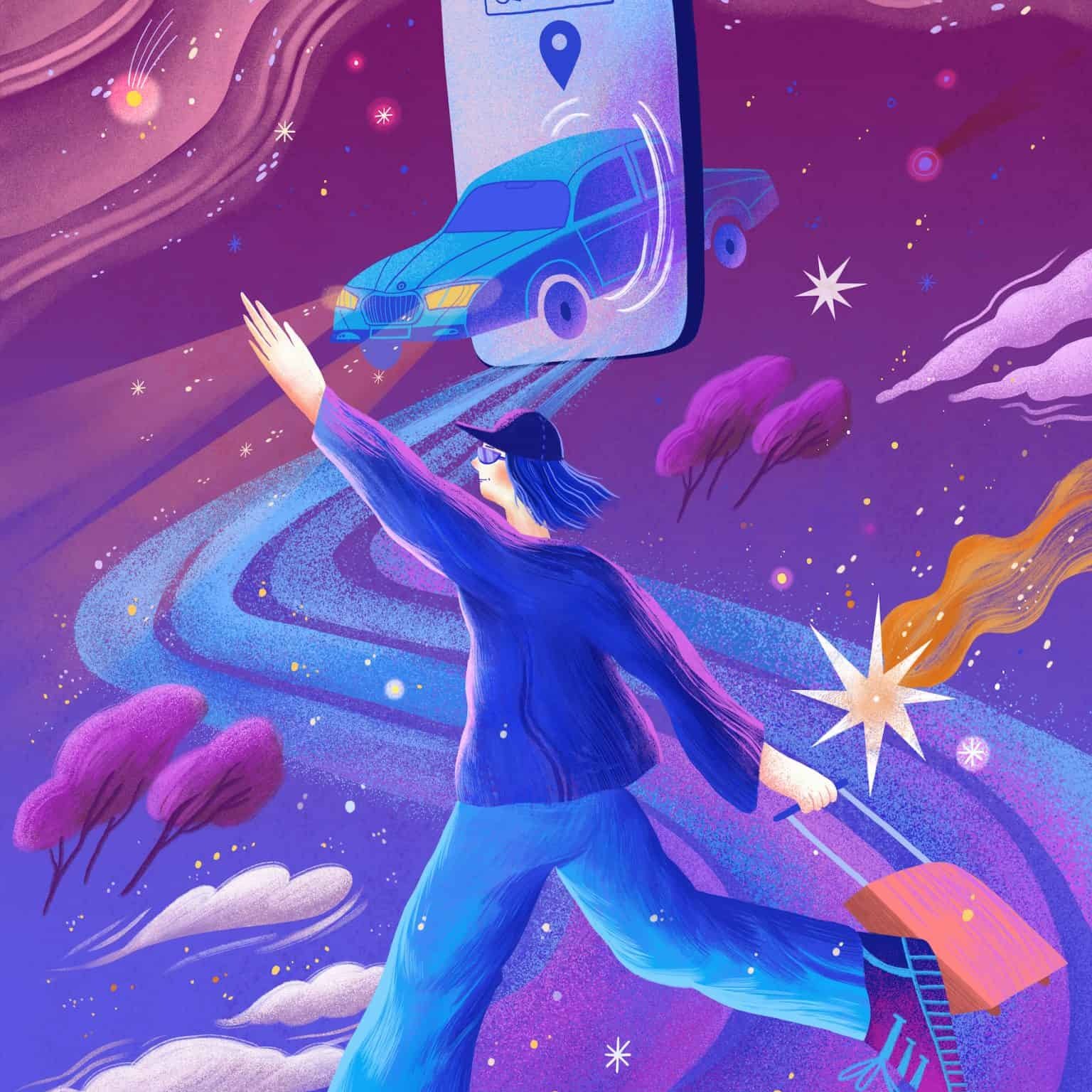
AnthroArtOn shared automobility practices: From horse carriages to digitally prearranged rides - Iulian GaborRidesharing practices such as hitchhiking and carpooling form specific ways of mobility, rich in composition and narratives. Both social practices are present at the margins of all urban areas in Romania having their own specific modus operandi. Although they are not associated with the concept of sustainability by their public, they are embedded in a sustainable kind of mobility, as alternatives to personal road vehicles. The sustainable dimension of ridesharing is also supported by the debate around the occupancy of the car seats. Comparative and historical material demonstrates that states may encourage, discourage, criminalise, or neglect hitchhiking through different...
2025-04-2223 min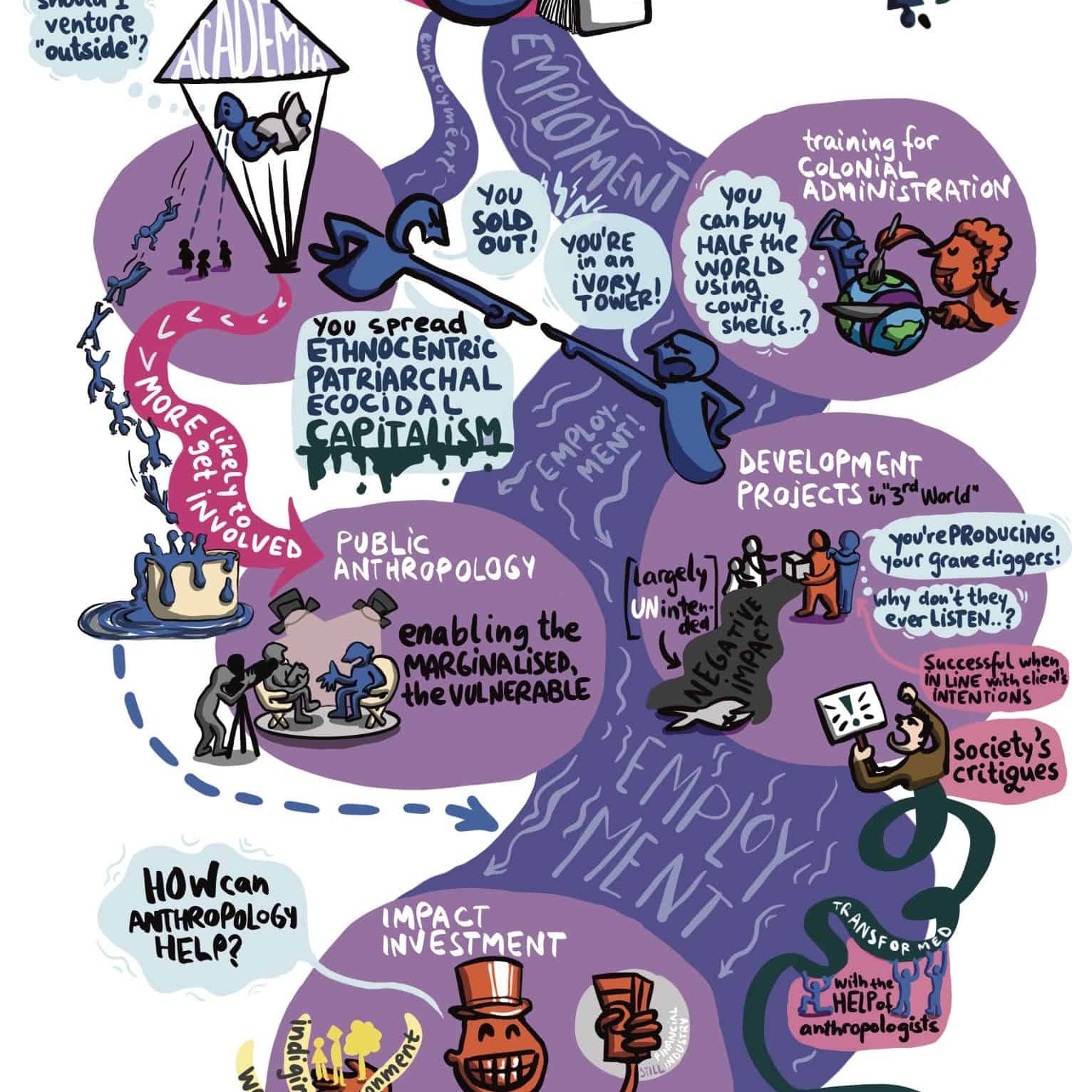
AnthroArtCan you make an impact? Anthropologists and sustainable finance - Stefan Voicu and Ben EyreFor several years now the financial industry has been enrolled, more or less voluntarily, in the global quest for sustainability. Sustainable finance is currently a complex, variegated field of practices and discourses which claims to invest in projects that have, in the best case scenario, a positive impact on society and the planet, or, worst case scenario at least avoid having a negative one, while also making returns. This article focuses on investors practicing a sustainable investment strategy called impact investing, reflecting on a question we were asked at one of the field’s main annual conferences in late 2023: “how...
2025-04-2222 min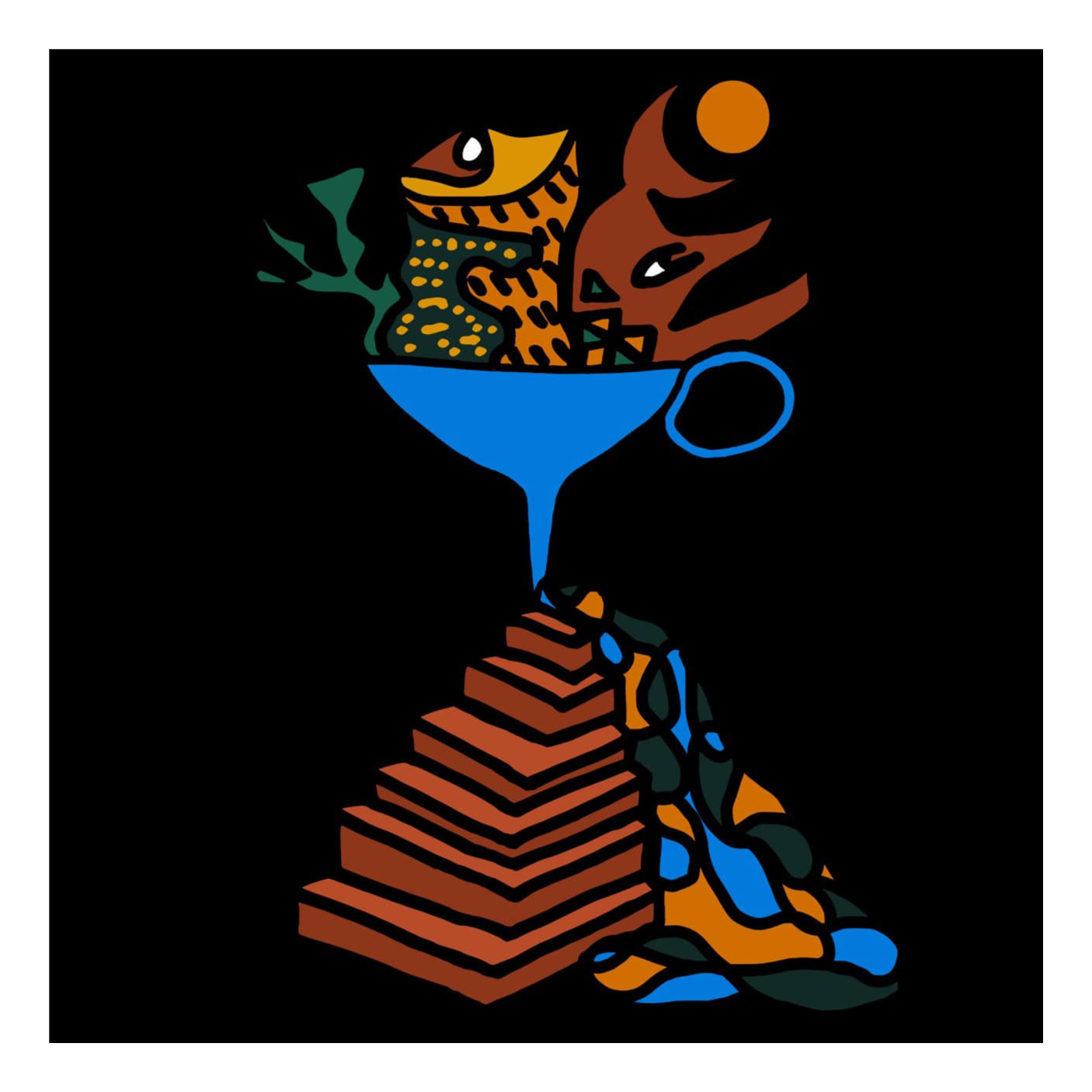
AnthroArtHalal in the Muslim community of Odivelense: A project for social inclusion and educational integration - Pedro AlvesThis article focuses on fieldwork conducted in Odivelas, Portugal, where the Municipal Council of Odivelas (MCO) implemented a program to introduce halal meals in the municipality’s public school system. The initiative aimed to accommodate the dietary needs of Muslim students while promoting sociocultural and religious inclusion, as well as school integration. In its first edition, the program covered 50 schools and approximately 116 Muslim students, with participation increasing by 33% the following year. This initiative has helped lay essential foundations for reversing the trend of early school dropouts among Muslim students and fostering a dual sense of identity, allowing them to em...
2025-04-2213 min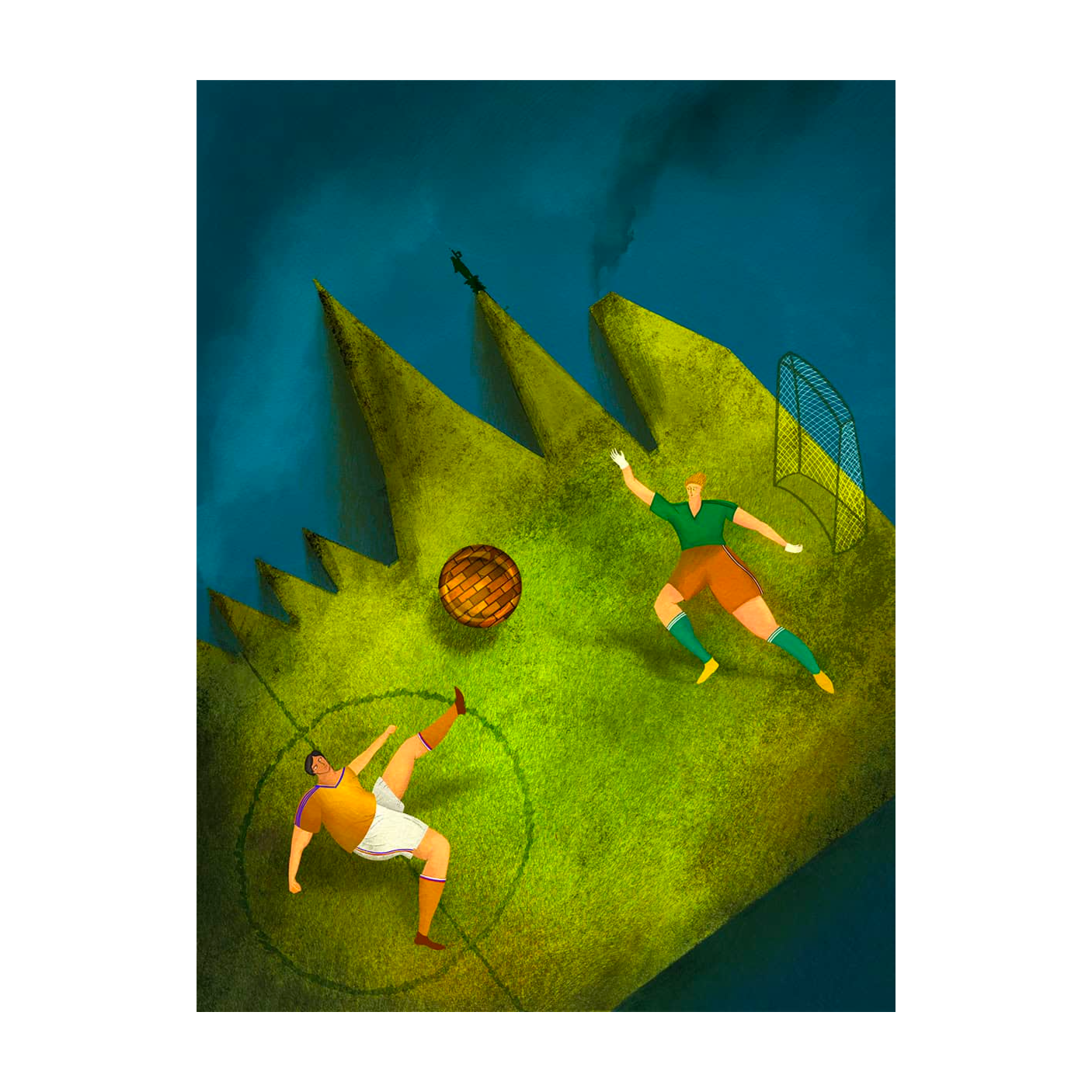
AnthroArtThe Steel Mill, Corvinul, and the Stadium: An Overlooked Chapter of Post-Socialist Transition in Hunedoara, Romania - Vlad Roman-Cocoară This article examines the connection between the Hunedoara Steel Plant, the Corvinul football team, and the collective identities of the residents of Hunedoara. Following the decline of the local industry, the team and the stadium have become symbols of a glorious past and community unity. Nostalgia for the golden era of the Steel Plant is reflected in the fervent support for the team and the project to construct their new stadium. This project represents not only an investment in sports infrastructure but also a grassroots effort to rebuild the city’s identity and provide its residents with a sense of...
2025-04-2227 min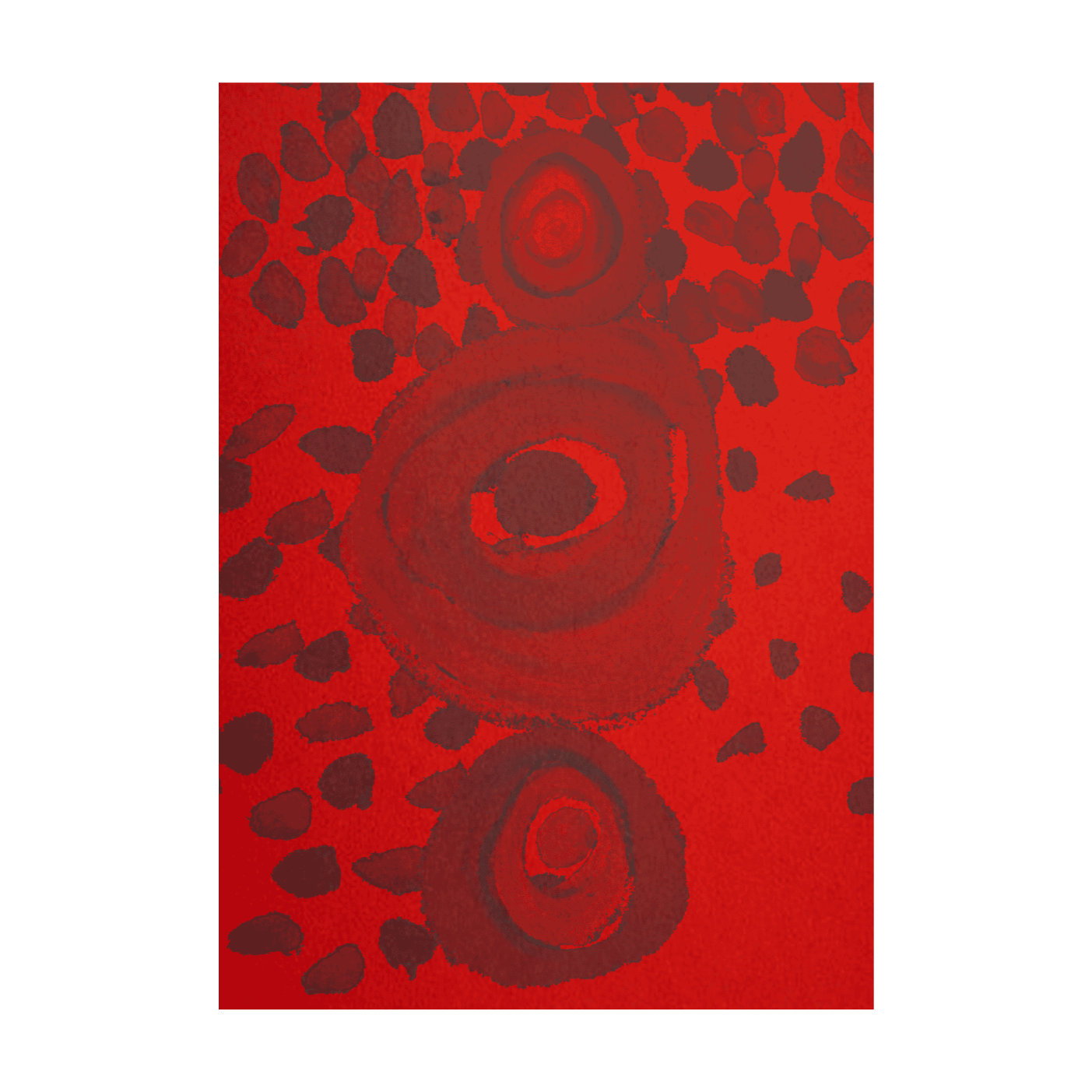
AnthroArtZero Waste, the genealogy of a movement - Lívia Humaire KampffWhen looking for information on the famous 3 Rs of sustainability, I came across a video on YouTube by a French woman living in California called Bea Johnson, that proposed a waste hierarchy of 5 Rs (refuse, reduce, reuse, recycle and rot). The practices shared were not new to the environmental movement, nor to the lives of people who were born before the consumer society. But, for the first time, someone turned it into a set of practices applicable to everyday life, turning it into a global movement with all the characteristics of the social media era. In the format proposed...
2025-04-1821 min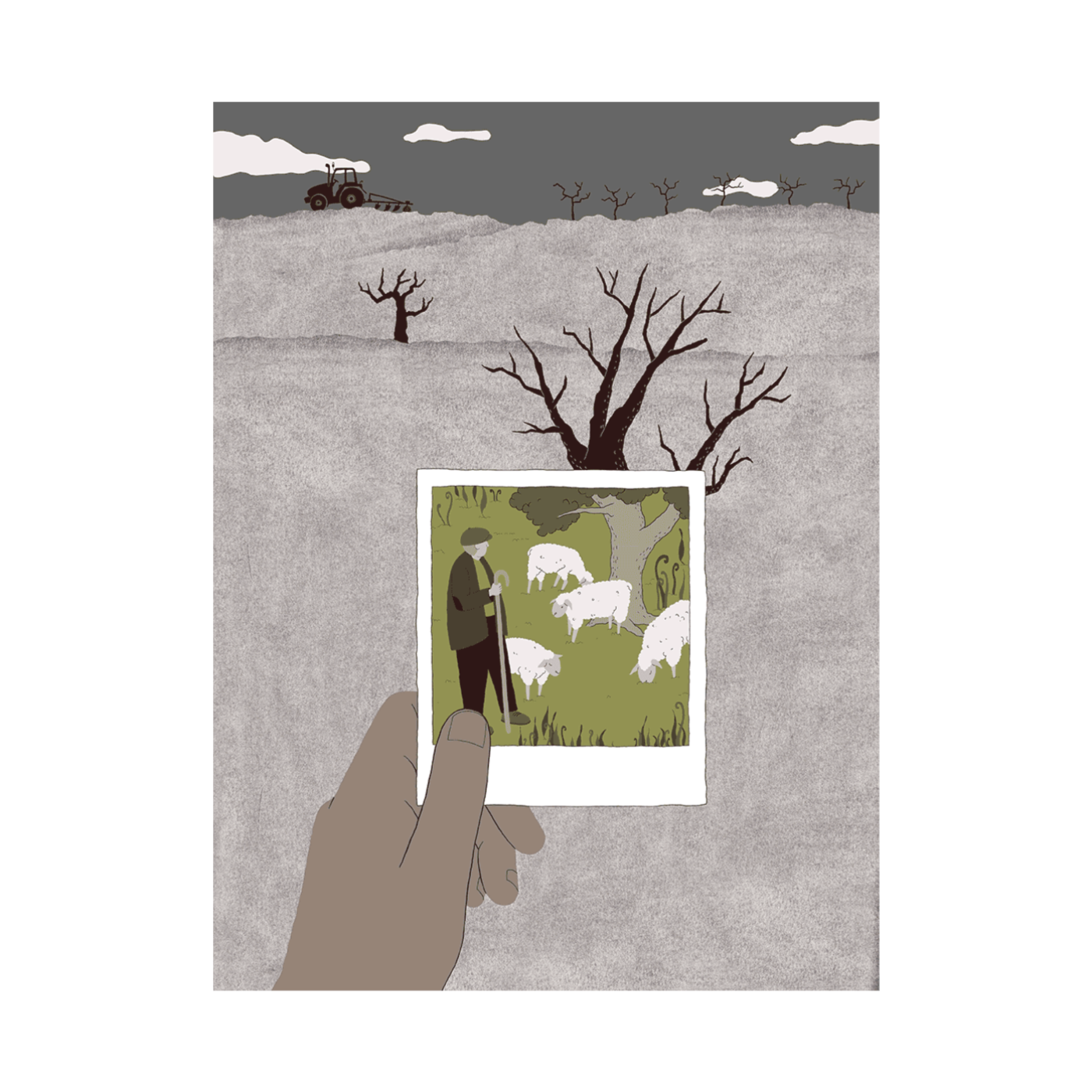
AnthroArtRethinking Landscapes – ecological relations in more than human collectives as a way to think about the Anthropocene - João T. AmieiraFood systems can be a valuable tool to think about biodiversity as inherently interconnected with our human worlds, in practices that look towards the sustainability of ecosystems, rather than based in the logic of extracting resources without caring for the degradation of landscapes. Through an ethnographic looking glass, we can understand the ways in which certain food production systems can in fact help us think and act on the current socio- ecological crisis. This article draws from fieldwork among agro-pastoralists in the northeastern region of Portugal, done during September 2023, and January 2024. Based on a mix methods approach, the fieldwork’s...
2025-04-1811 min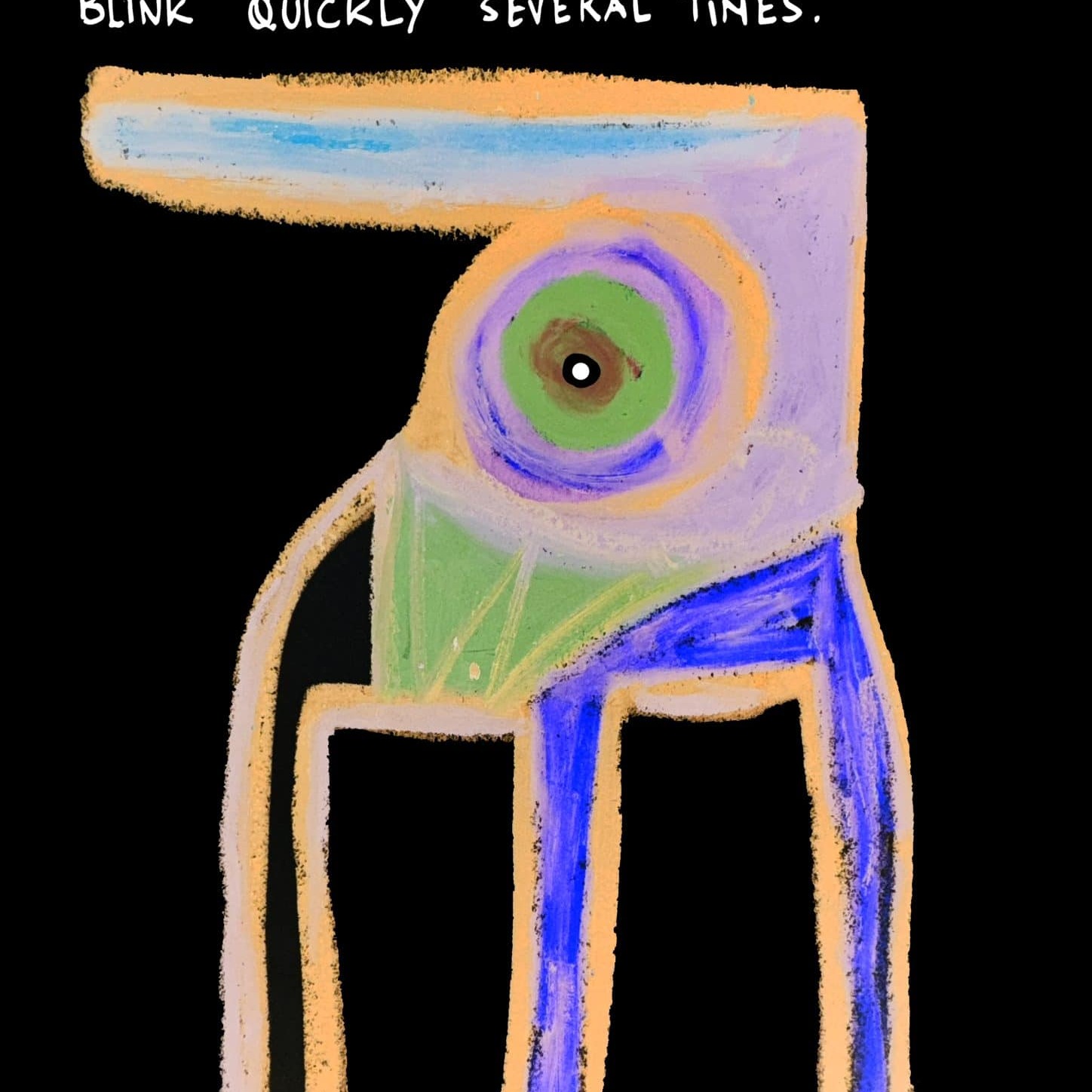
AnthroArtHolo WOW: How Holographic Art is Shaping the Future of Inclusive Art - Silvia Raposo The use of holographic technology in art and its relationship with social inclusion and the democratization of access to art have been increasingly prominent topics in the contemporary art scene. Through an innovative and accessible approach, holographic art has the potential to transform the way artworks are presented and appreciated by diverse audiences, including communities in remote areas. This article examines how holographic technology can address issues of art accessibility, promote social and cultural inclusion, and truly democratize the artistic experience, referencing sociological theory, such as that of Zygmunt Bauman.Article by Silvia Raposo, illustrated by Joana...
2025-04-1818 min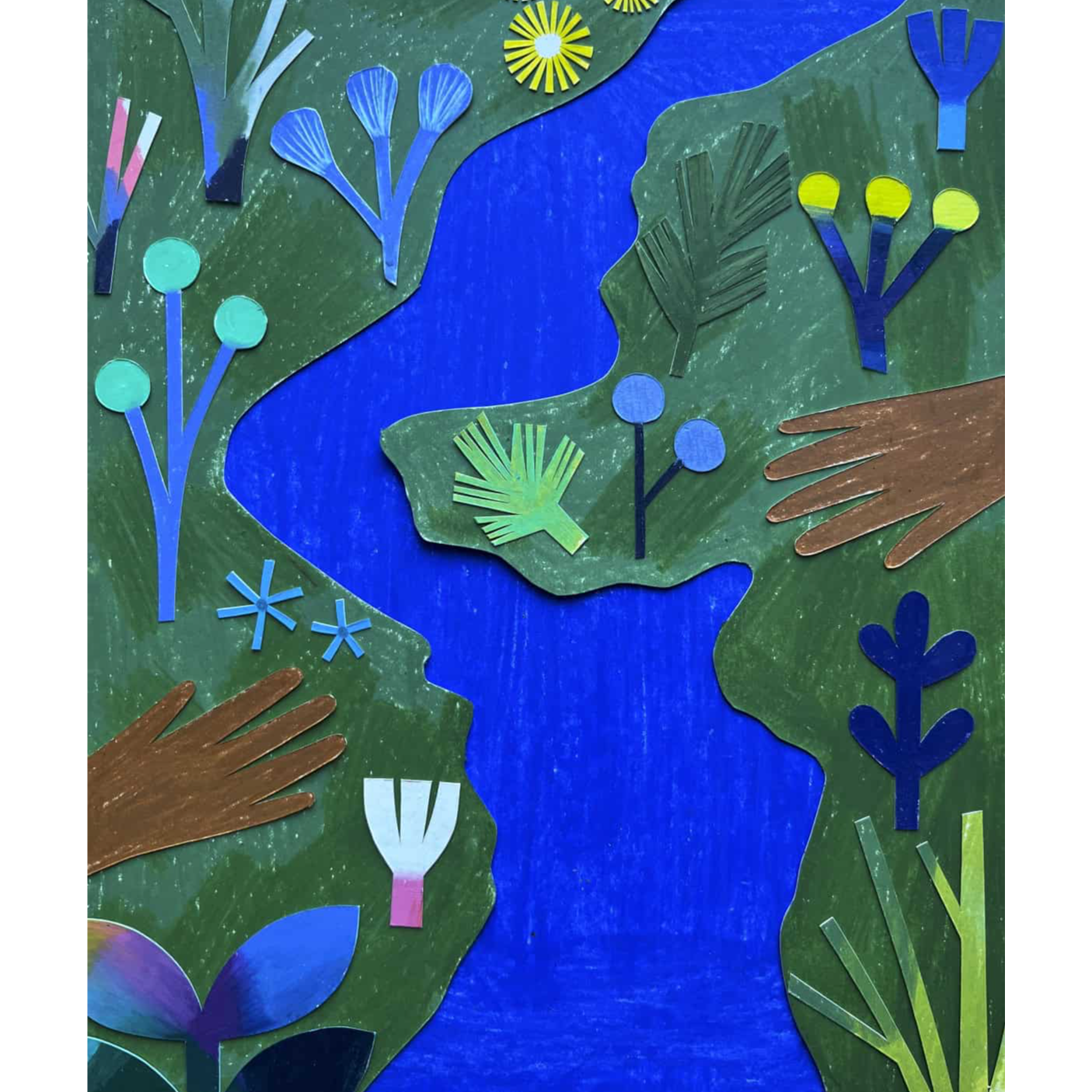
AnthroArtThe Role of the Anthropologist in Ecological Activism: The Importance of a Multiscalar and Multisituated Approach and Collaborative Ethnographic Production - Fátima SantosIt is necessary to reflect on the role of the anthropologist in denouncing realities that are often subalternised, with the role of changing them through initiatives and solutions proposed by the anthropologist, allowing us to reflect on the porosity between the spheres of activism and anthropology.To realize the implications and interconnections between different contexts, it is necessary to take a multi-scalar and multi-sited approach. One of the fields most concerned with the interconnections between local, national, and international scales is environmental studies, and it is on this theme that the article focus, mobilising former research to...
2025-04-1821 min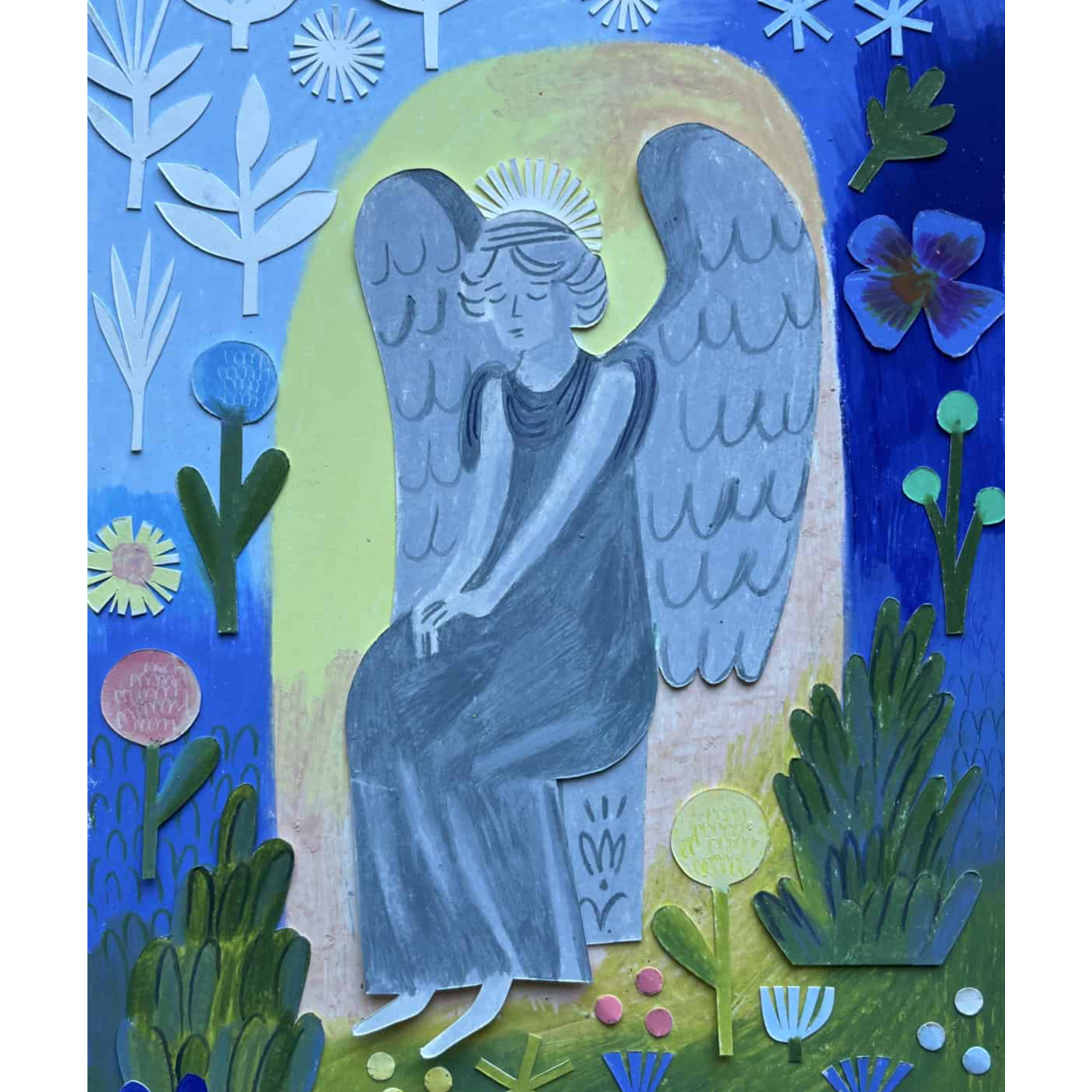
AnthroArtLife after Death. The role of Human Remains in a somewhat sustainable (After)life - Ana Lema SeabraFunerary practices have been around since the dawn of humanity serving two main purposes: the need for body disposal and to help the grieving community process the loss. We will focus on mainland Portugal during the Medieval Period up to present day to provide a brief overview of how people have dealt with death, from evolving perceptions from the Past to Present, to the emergence of a “new type of dead” – human remains of archaeological provenance and the obstacles towards sustainability.Article by Ana Lema Seabra, illustrated by Juliana Penkovahttps://theanthro.art/life-after-death-the-role-of-human-remains-in-a-somewhat-sustainable-afterlife/
2025-04-1819 min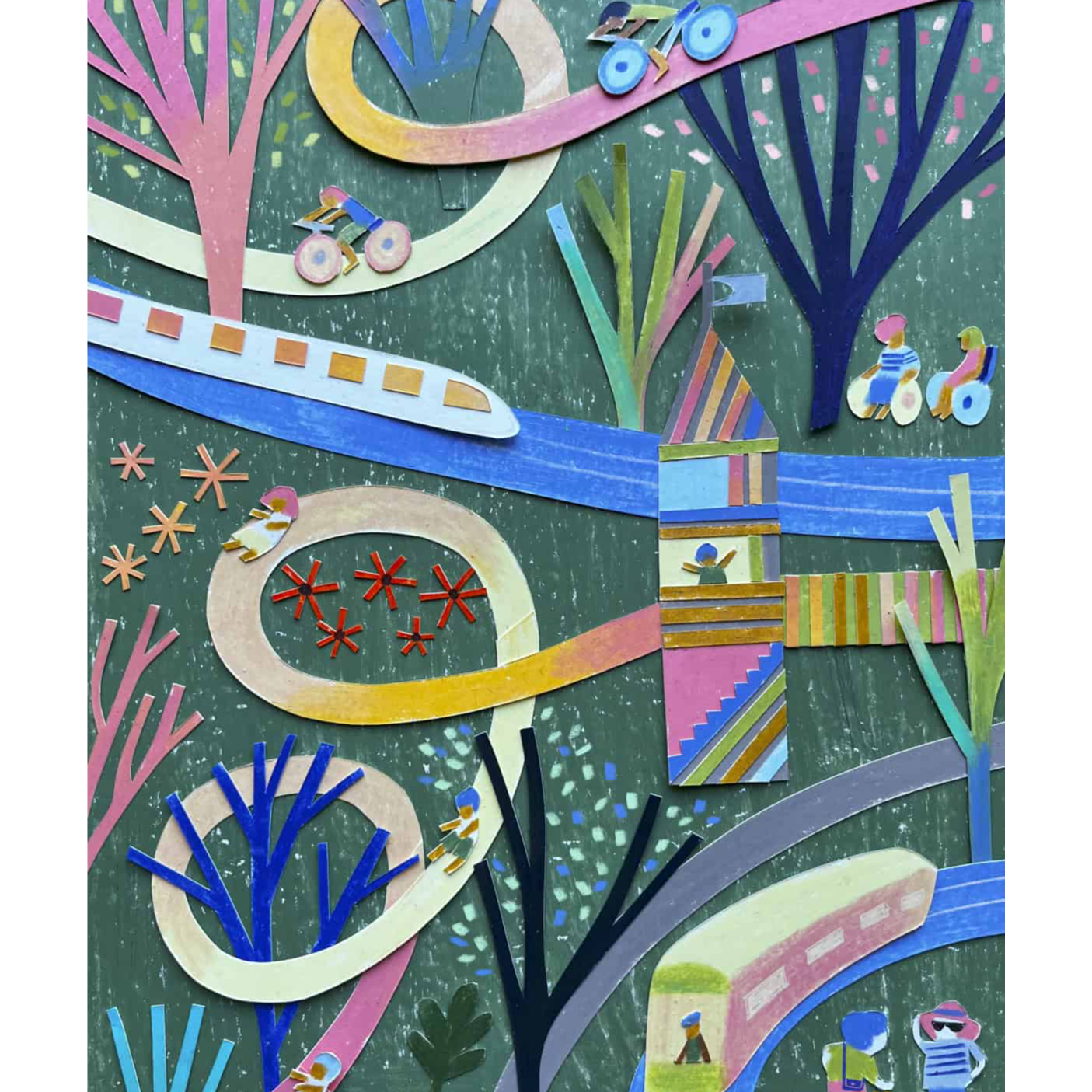
AnthroArtA New Territorial Social Policy as a Bioregional Conviviality formula = Compact Cities + Intermodal Cities + New Public Places - Paulo Castro Seixas, Nadine Lobner This position paper claims that local governments, within a regional inter-related scope, should envision a new territorial social policy for the effectiveness of sustainability and wellbeing of communities. The proposal of this work stems from a long period of research on sustainability matter; the framing of ecumene studies; and from applied science as consultants with local governments. Our recommendation is that this territorial social policy should be presented as a Regional Conviviality Formula, which is the synergetic result of Compact Cities + Intermodal Cities + New Public Places. We highlight that this formula has potential to create a new socio-spatial configuration...
2025-04-1825 min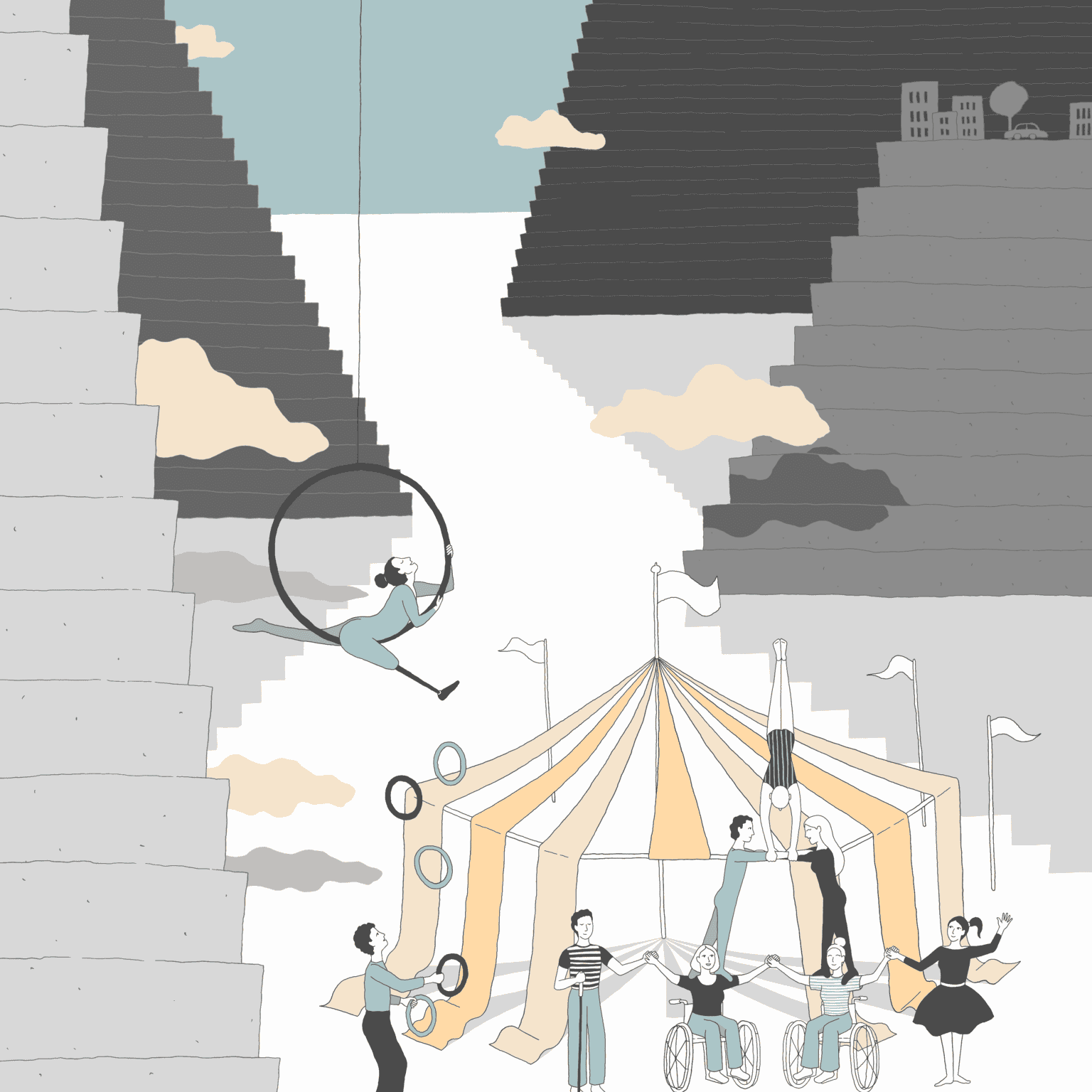
AnthroArtSocial inclusion of people with disabilities in professional circus - Rui LeitãoInclusion is a topic that is increasingly being debated and transformed. Performing arts are not out of this equation and tend more and more to look at the issue and create new opportunities for those who are often left behind by physical, intellectual or social issues. In this article I propose a critical analysis of a programme of inclusion of people with disabilities in a professional contemporary circus production with the aim of understanding its impact on the participants and the surrounding community, as well as the difficulties in implementing it.Article by Rui Leitão, illustrated b...
2025-04-1816 min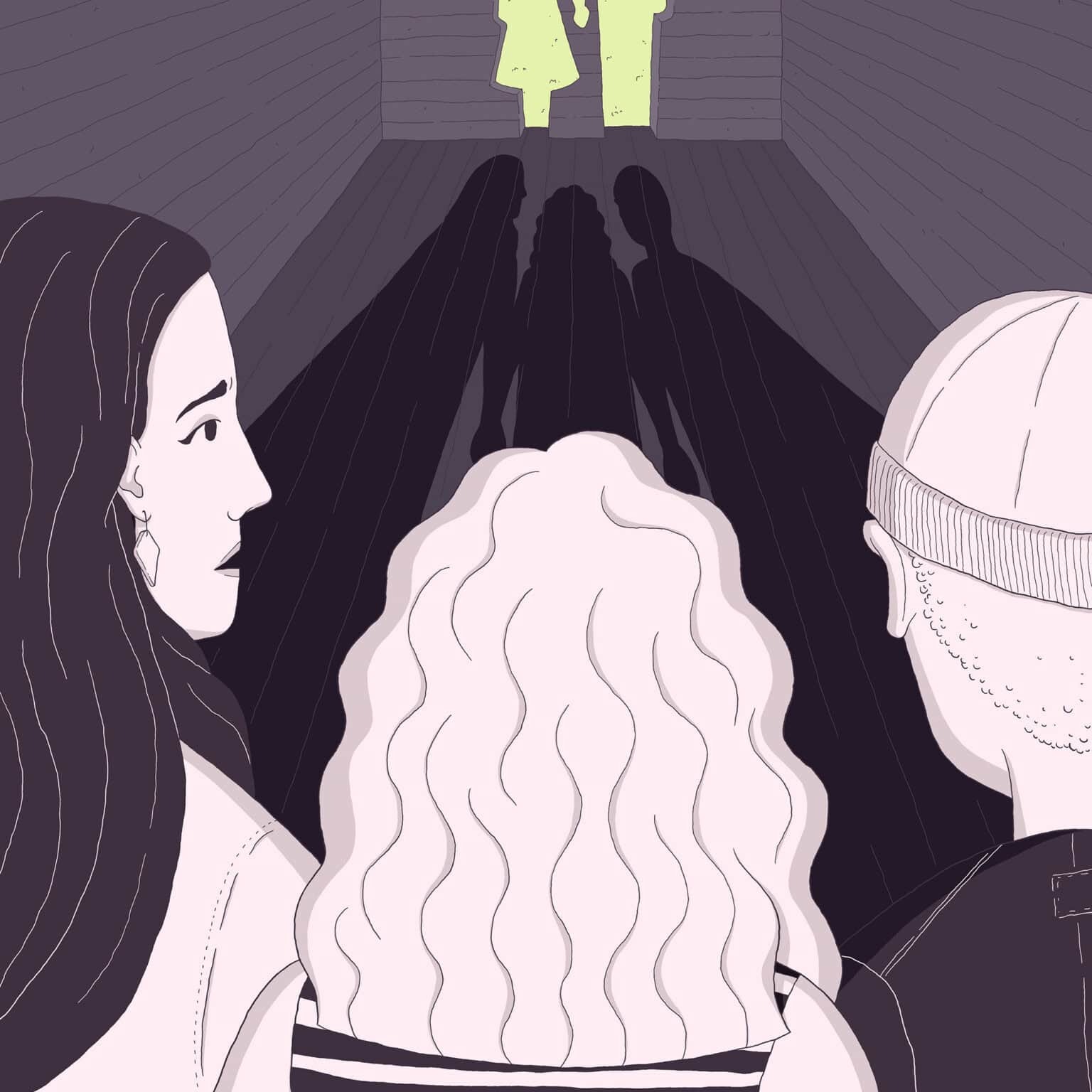
AnthroArtSexuality and Public Order: Navigating Mononormativity in Contemporary Brazil - Pablo Pérez NavarroTaking inspiration from the approach of heterosexuality as a political regime, as proposed by lesbian feminism and queer theories, this study starts from the premise that mononormativity (Porto, 2018) permeates the legal apparatus of the state and, simultaneously, transcends it, imbuing social relations and cultural practices in ways not always evident. Building on this intuition, I begin this reflection with an analysis of the gaps in the legal sphere of monogamy in Brazil. Next, I present an analysis of the interactions between the state and monogamy in the context of educational and public health policies. From this discussion, I address...
2025-04-1820 min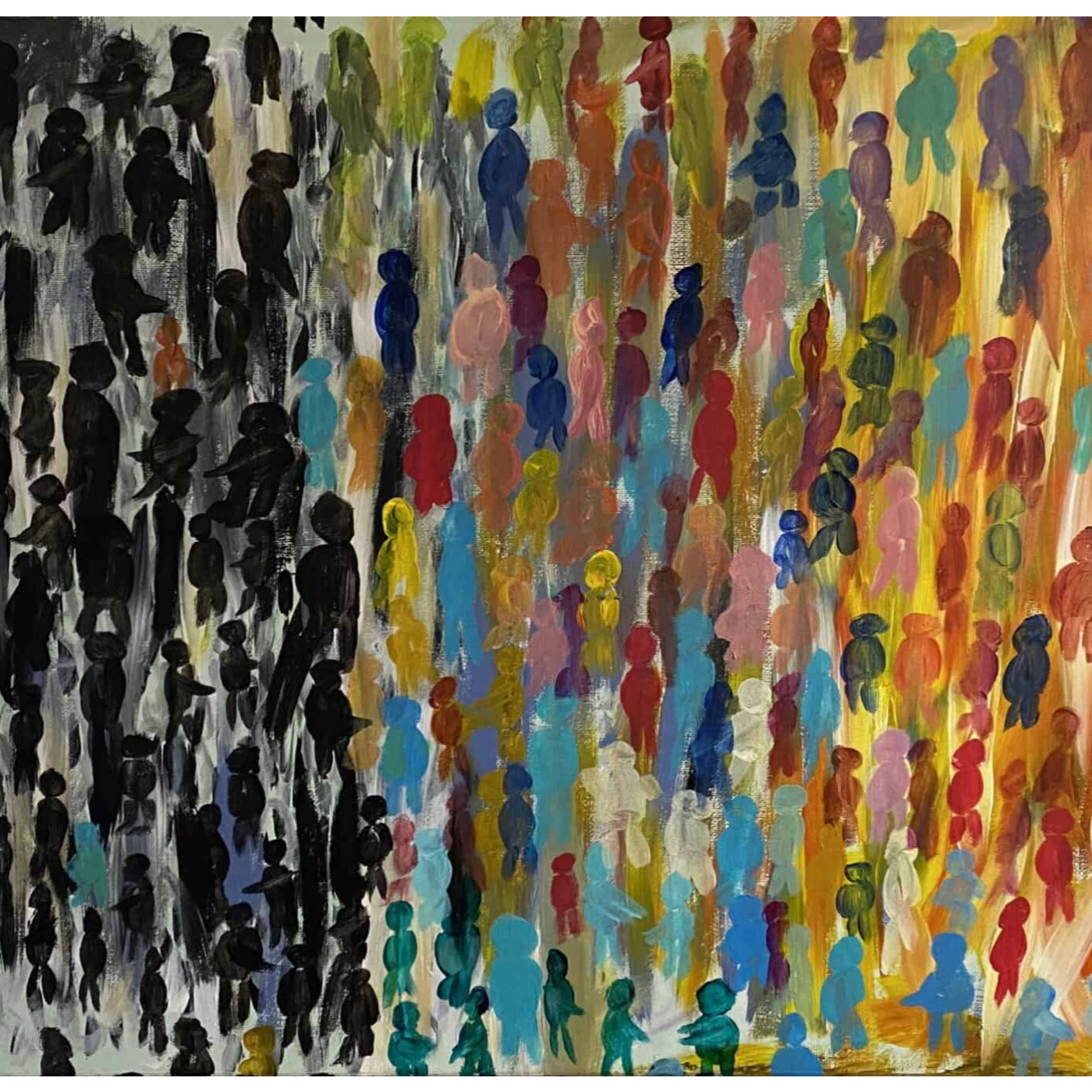
AnthroArt The Importance of Words in the Everyday Life of the Suburbs of Lisbon - Madalena GalrinhoWords, in addition to their declarative or descriptive formats, also have a performative character – they do not exclusively serve the purpose of reporting what is done, but also serve to do so. What is the importance of language in the daily life on the outskirts of Lisbon? I intended to understand how language, on the one hand, is articulated with the contexts of exclusion and inequality that structure the urban condition and, on the other, functions as a mechanism for the construction of a collective identity, social inclusion, and resistance. Using semi-structured interviews with young people from precarious and ra...
2025-04-1818 min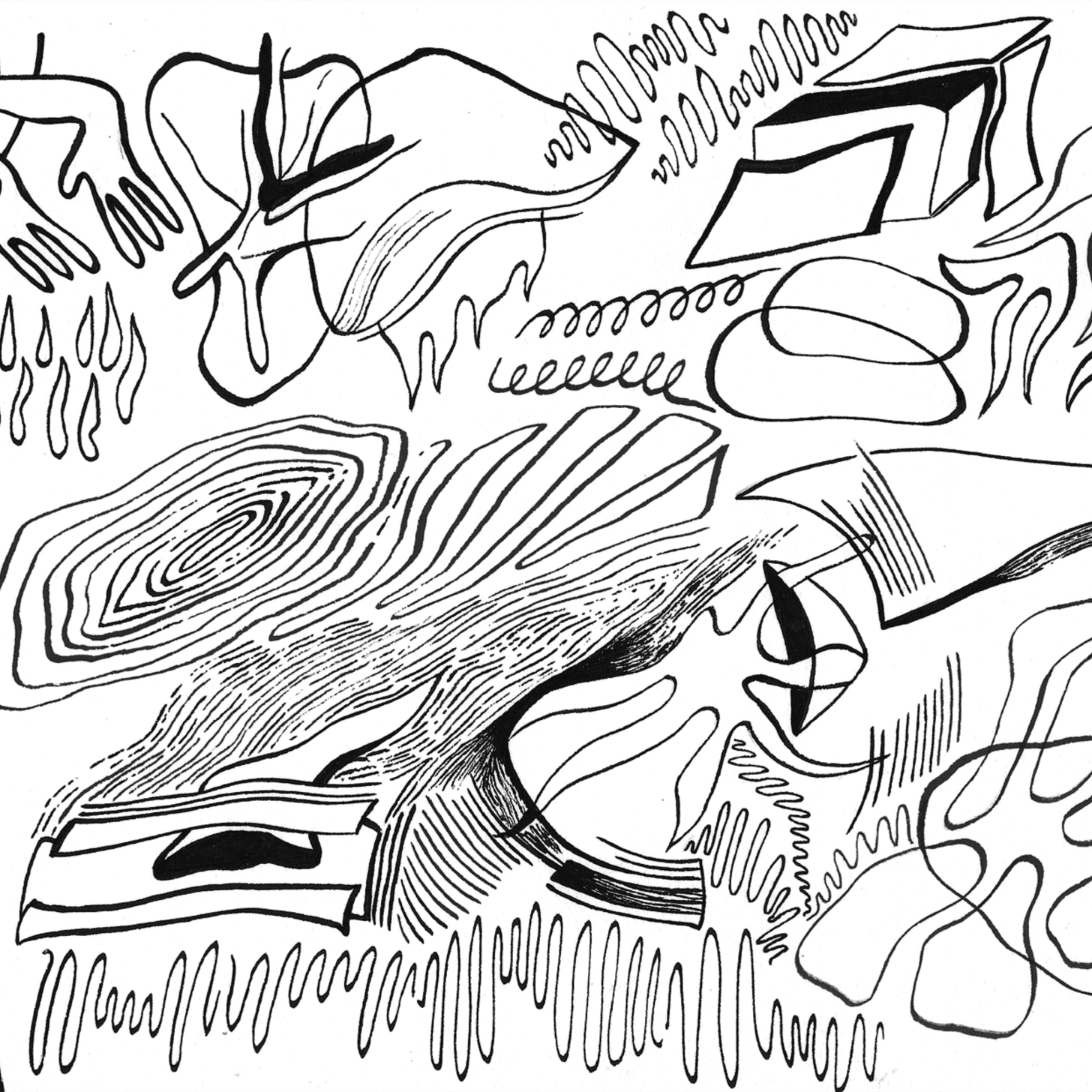
AnthroArtThe intimate relationship between bureaucratic violence and social inequality with irregular immigrants in Portugal: Brazilian women, labor precarity, and xenophobia - Ana Luiza Silva MirandaThis article aims to address the intimate relationship between bureaucratic violence in Portugal against irregular Brazilian immigrants and social inequality. The situation of irregularity limits immigrants’ access to the spheres that make up public life in society and simultaneously restricts their opportunities and working conditions in the host country. To carry out a solid ethnographic article, the life stories method was used in conjunction with formal and informal interviews. Thus, through interviews focused on the migrant experience of these women and theoretical analysis, it was possible to understand how the precarity of the irregular period constitutes a catalyst for so...
2025-04-1818 min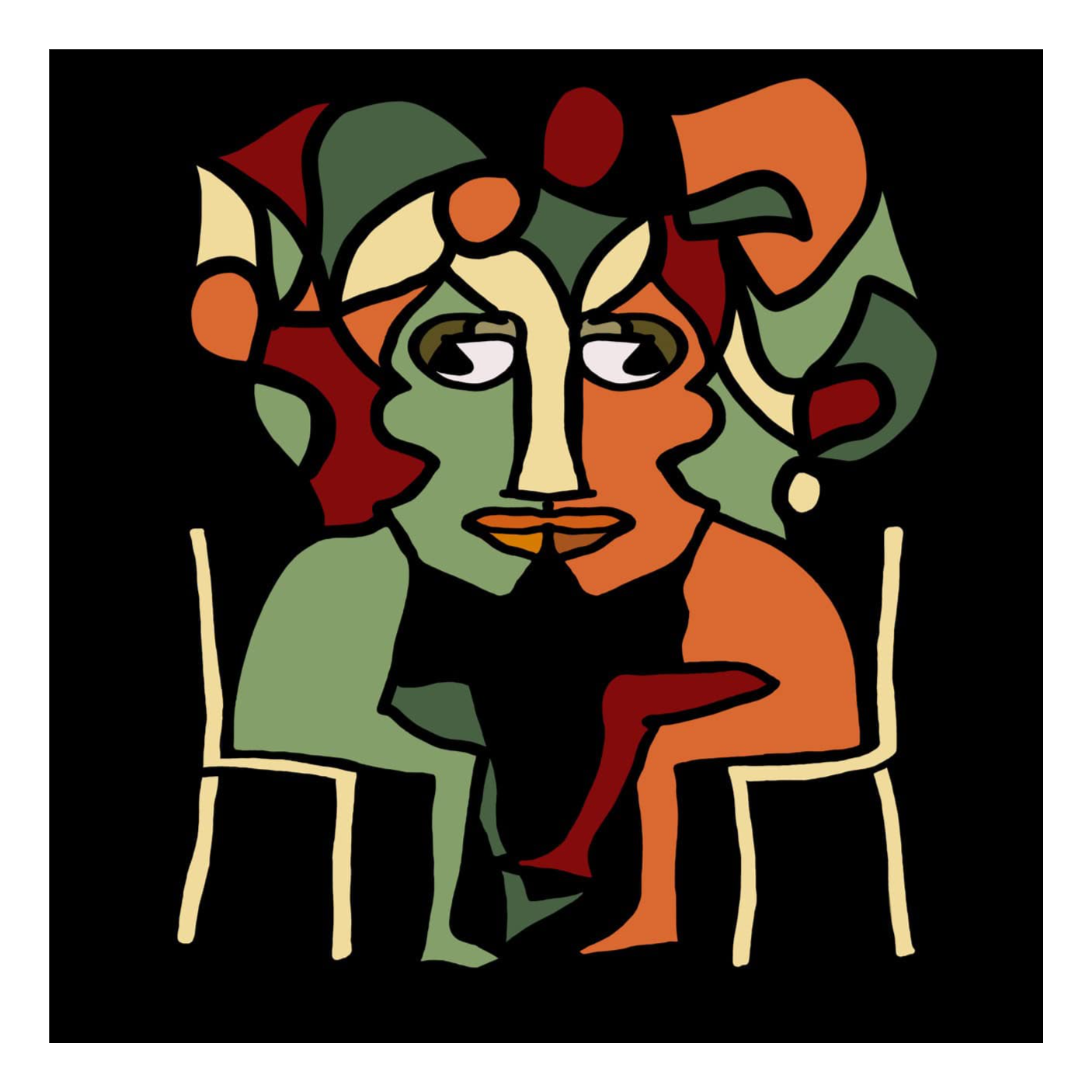
AnthroArtFrom images to social identities: stories of working class families on the move - José Cavaleiro RodriguesEvidence gathered since the late 2000s has suggested that a part of the working class goes through episodes of poverty without becoming chronically poor. Drawing on a project conceived to capture successful movements that escape severe or extreme destitution and deprivation and based on an ethnography with 28 families in two public housing estates in the metropolitan area of Lisbon, this article will start by exposing how poverty emerged in their lives, under what conditions it was possible to overcome it, and how they identify the positions they have conquered within structures of inequalities and social hierarchies. Article...
2025-04-1809 min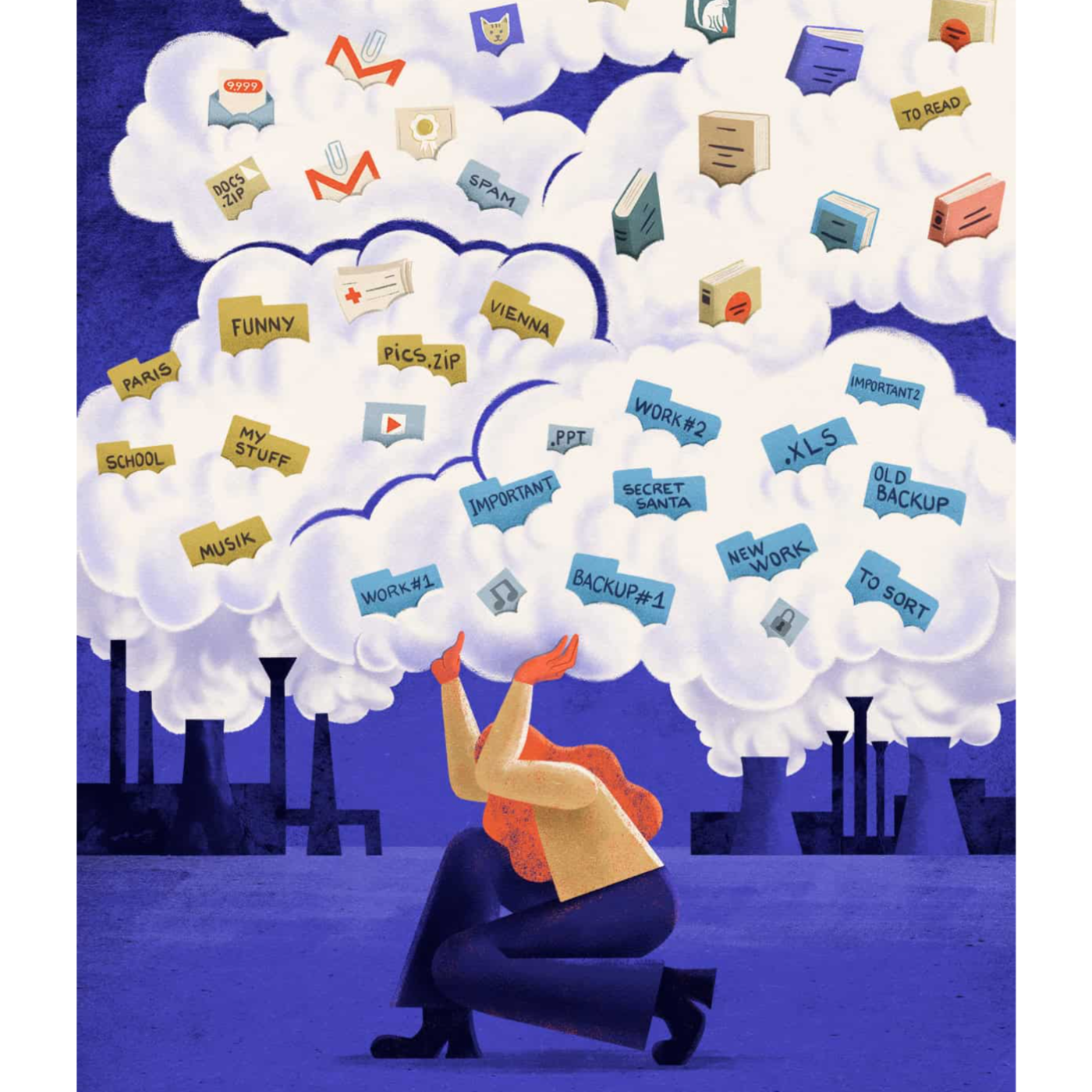
AnthroArtOn Digital Clutter: Understanding Our Relationship with the New Cloud of Unknowing - Liana GheorghiuIn today’s digital age, cloud storage has become increasingly prevalent, fundamentally altering how we manage and interact with data ownership. While corporate entities have traditionally relied on cloud storage for large-scale data management, personal data storage has recently migrated to the cloud, emerging as a primary means of storing various virtual assets. This shift towards personal cloud storage reflects a broader cultural trend towards digitalization and convenience. However, it also underscores the challenges of digital clutter and data accumulation on a personal level. Through interviews and observation, this research delves into the reasons behind our tendencies to continuously ac...
2025-04-1122 min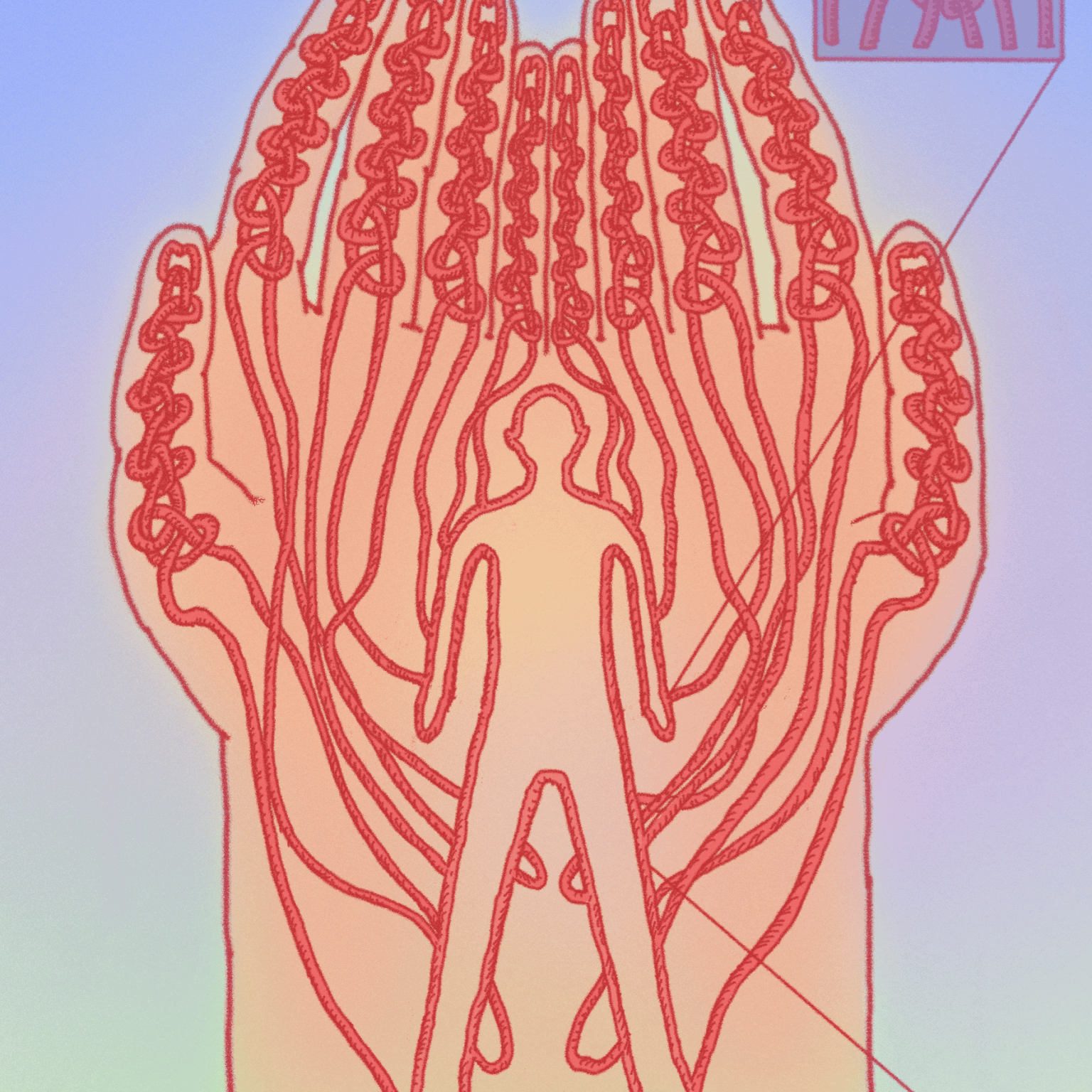
AnthroArtAn anthropology of gestures: shifting narratives about sustainability in textile crafts through the lens of metaphor theory - Ruxandra LupuThere is almost a poetic appeal to crafts that render them timeless. Crafts such as textiles maintain continuity, in contrast to trends, like fashion. Textile practice provides thus established codes for interpreting local culture. In doing so, they inhabit their environment in a caring and conscious way. That’s why it should come as no surprise that craftspeople think differently about sustainability than designers or managers. Their practices are deeply embedded in the territory and strongly connected to aspects of place, materiality and social context. At the same time, a large part of this knowledge about sustainability is tacit – this...
2025-04-1126 min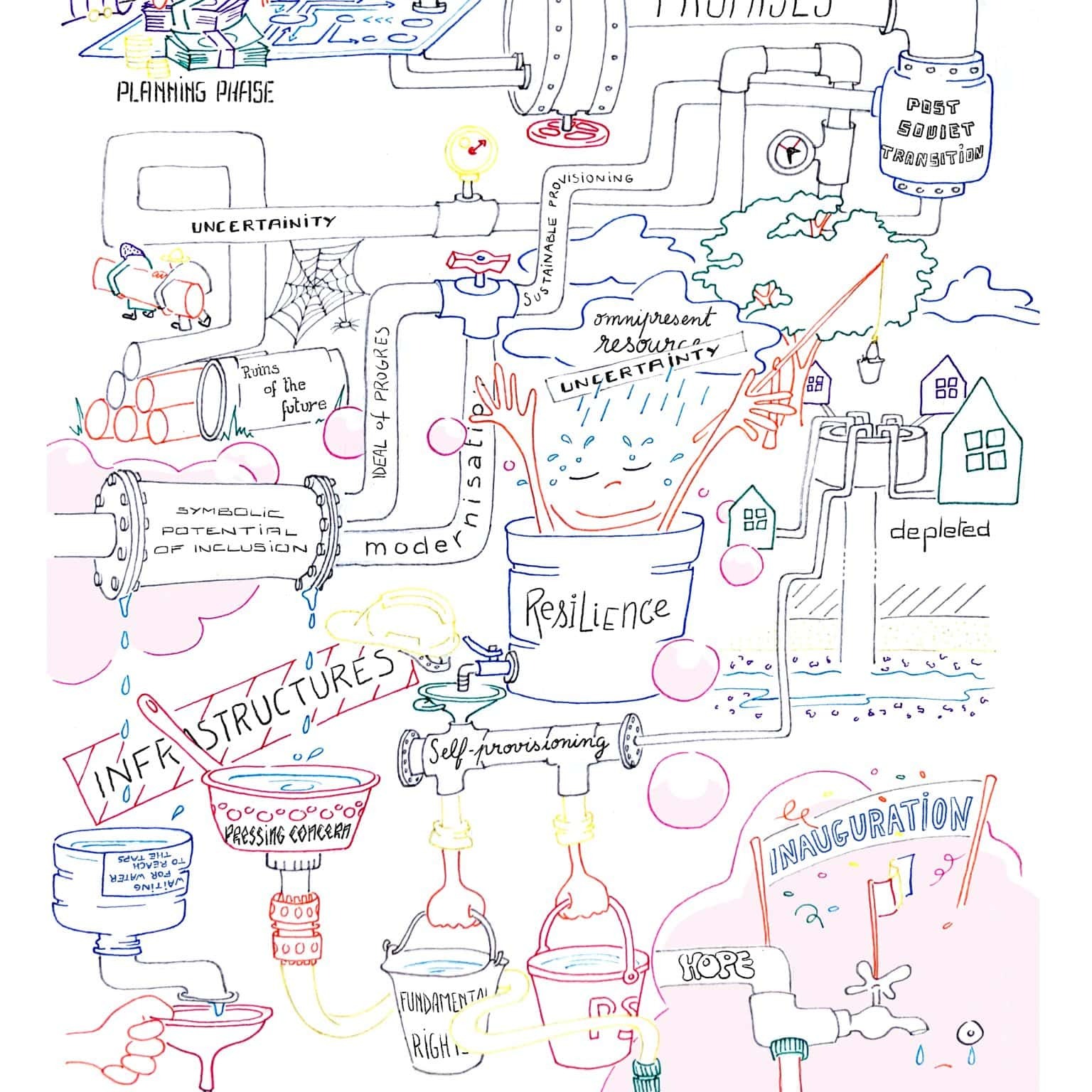
AnthroArtOne drop at a time: On waiting for water in rural Moldova - Olga BostanThe role of water in rural Moldova transcends its physical properties as a vital substance to become a poignant reflection of the broader socio-economic, political, and environmental dynamics at play in post-Soviet rural life. Against a backdrop of historical disinvestment, both during the Soviet times and in their aftermath, the article explores the ways in which residents of a village in the north of Moldova navigate water insecurity. Through a delicate balance of waiting for official intervention from the local administration and resorting to self-reliant strategies, they meet their everyday water needs with resourcefulness and endurance. When the village...
2025-04-1119 min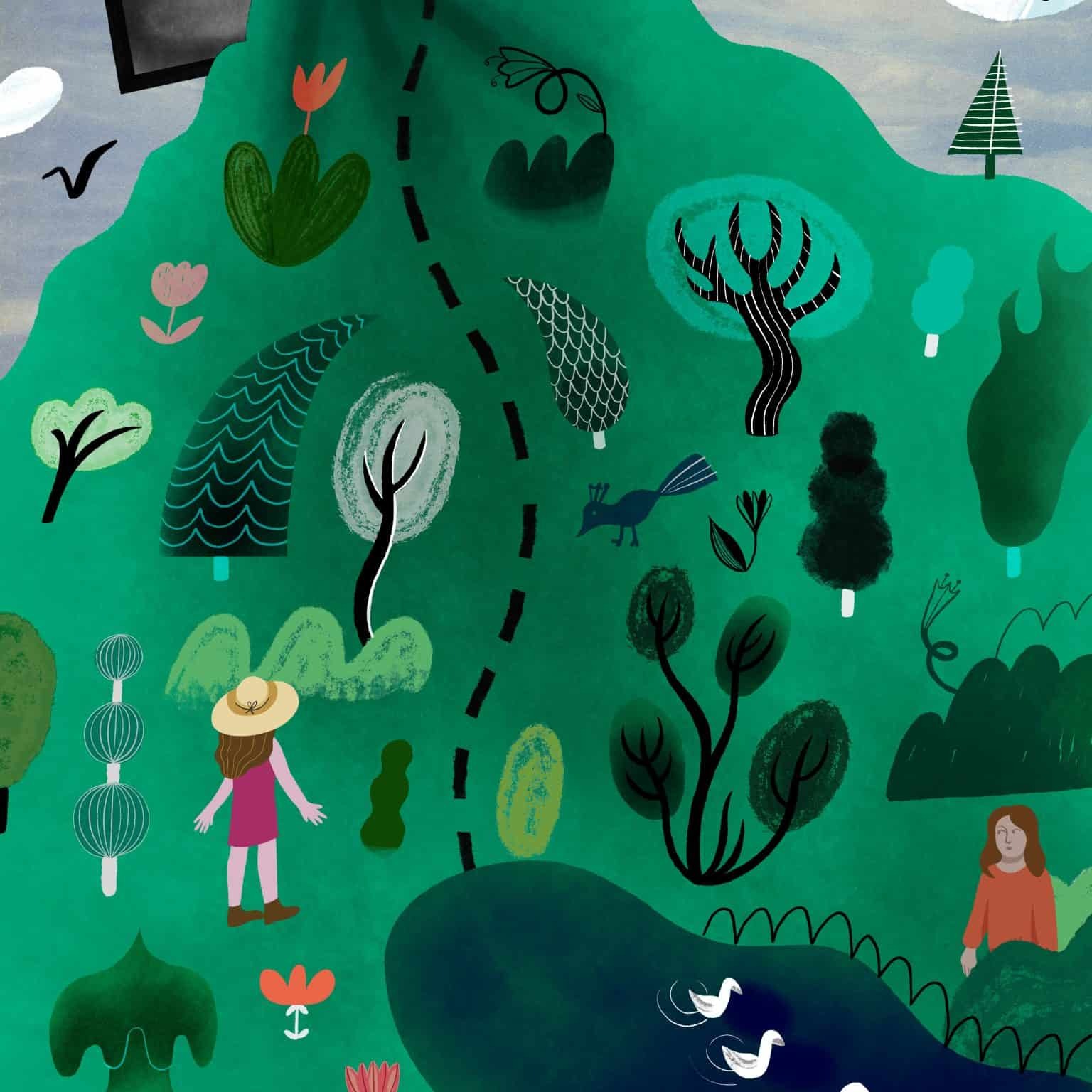
AnthroArtUnder the Radar: Shedding Light on Local Land Grabs - Hestia DelibasLand grabbing is a widely talked-about subject in political debates yet at the same time little understood in the context of Eastern Europe. Seeking to shed light on this complex issue, my research delved into the mechanisms of land grabbing while also uncovering forms of peasant resistance. During the summer of 2023, I did my fieldwork in the nearby villages of Huedin, Romania, where I engaged in participant observations at local peasant markets and I conducted interviews with a diverse array of people, including peasants, advocates for food sovereignty, and municipal authorities. At the heart of my investigation lies the...
2025-04-1123 min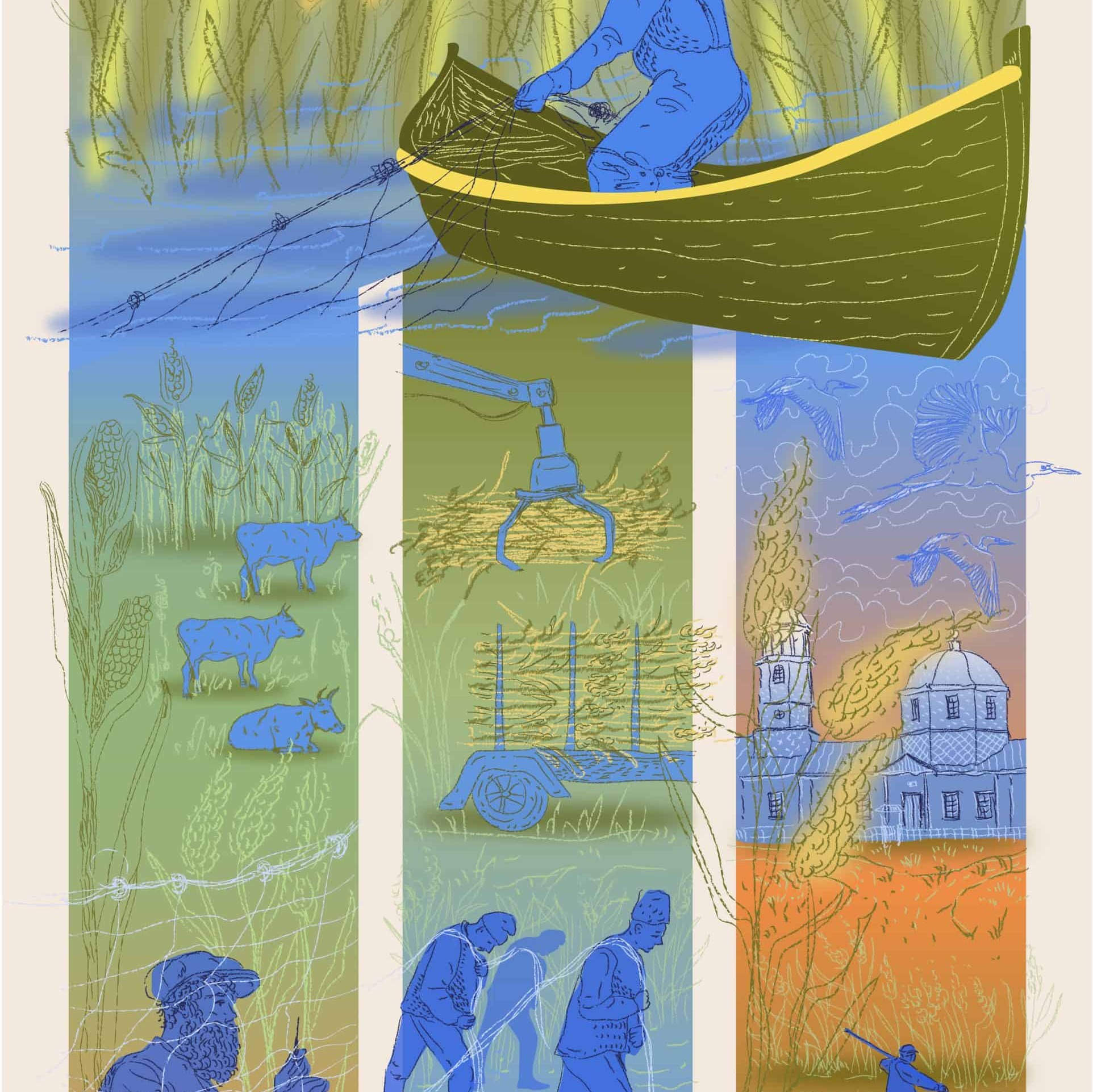
AnthroArt„Forbidden” sustainability. The case of an ecological restoration project in the Danube Delta Biosphere Reserve - Ioana SavinIt is often remarked that the Danube Delta is so captivating that those who visit once are inevitably drawn to return (Fănuș Neagu – writer, 1963). If this holds true, a similar sentiment can be extended to the village of Sfiștofca. For me, the history of Sfiștofca serves as a compelling illustration of how sustainable traditional practices thrive solely within the natural environment that surrounds a community. Guided by profound practical knowledge and a distinct “territorial identity” (Mihăilescu, Nahorniac), Sfiștofca emerges as an exemplary socio-ecological relationship, wherein villagers possess the autonomy to steward their local natural resources. H...
2025-04-1123 min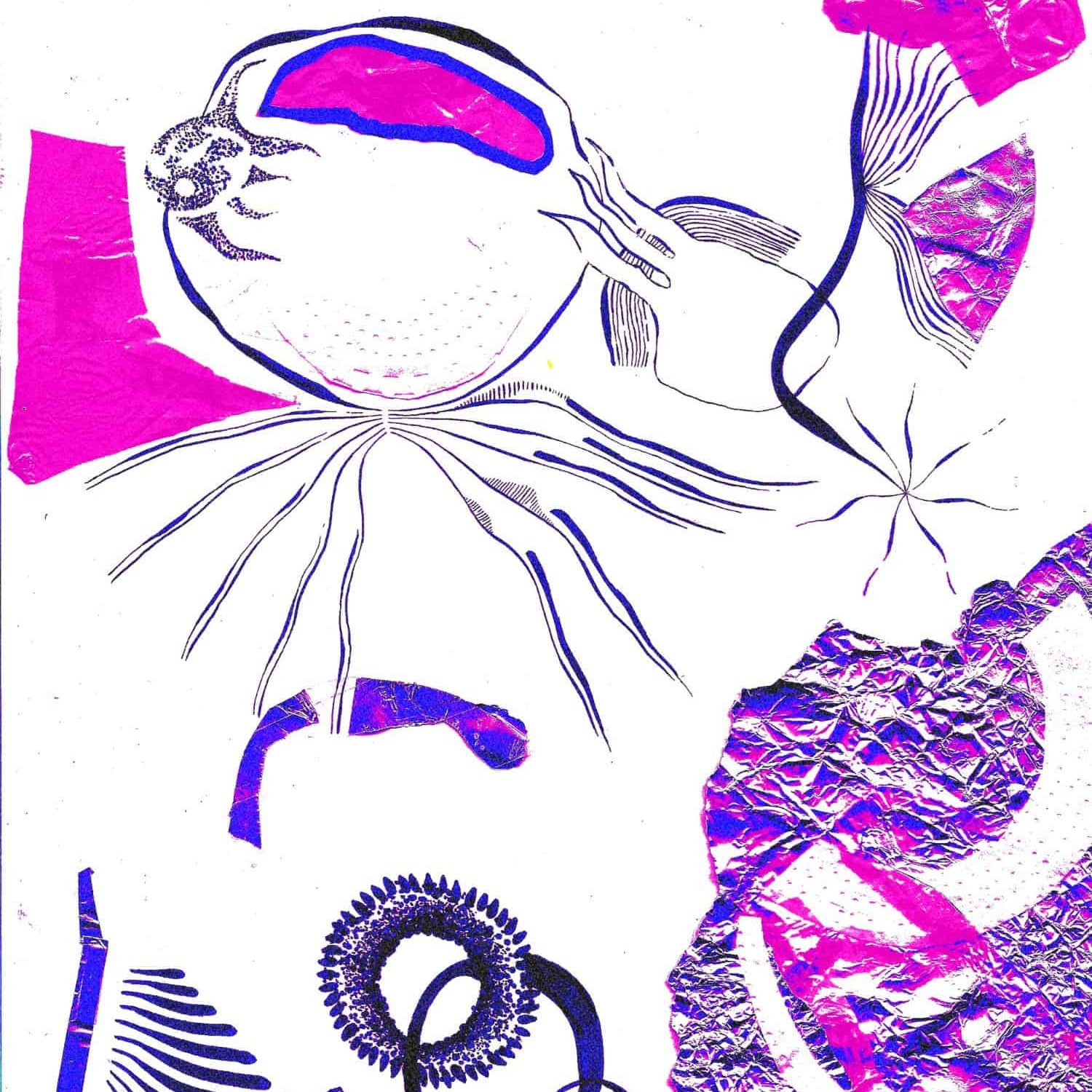
AnthroArtSustainability as empathy - Soledad Jiménez-TovarWe are currently living in a world surrounded, trespassed, and organized by multiple uncertainties. Speaking of sustainability today implies to situate, temporally and spatially, the needs that a given society has, as well as the path to cover such needs. To build a world where many worlds fit, we need people who can accommodate multiple worlds inside themselves. Empathy is a matter of intimacy. The more intimacy we share, the more we can recognize in each other, no matter how distant we might appear to be. Sustainability is about building peace in a globalizing world....
2025-04-1118 min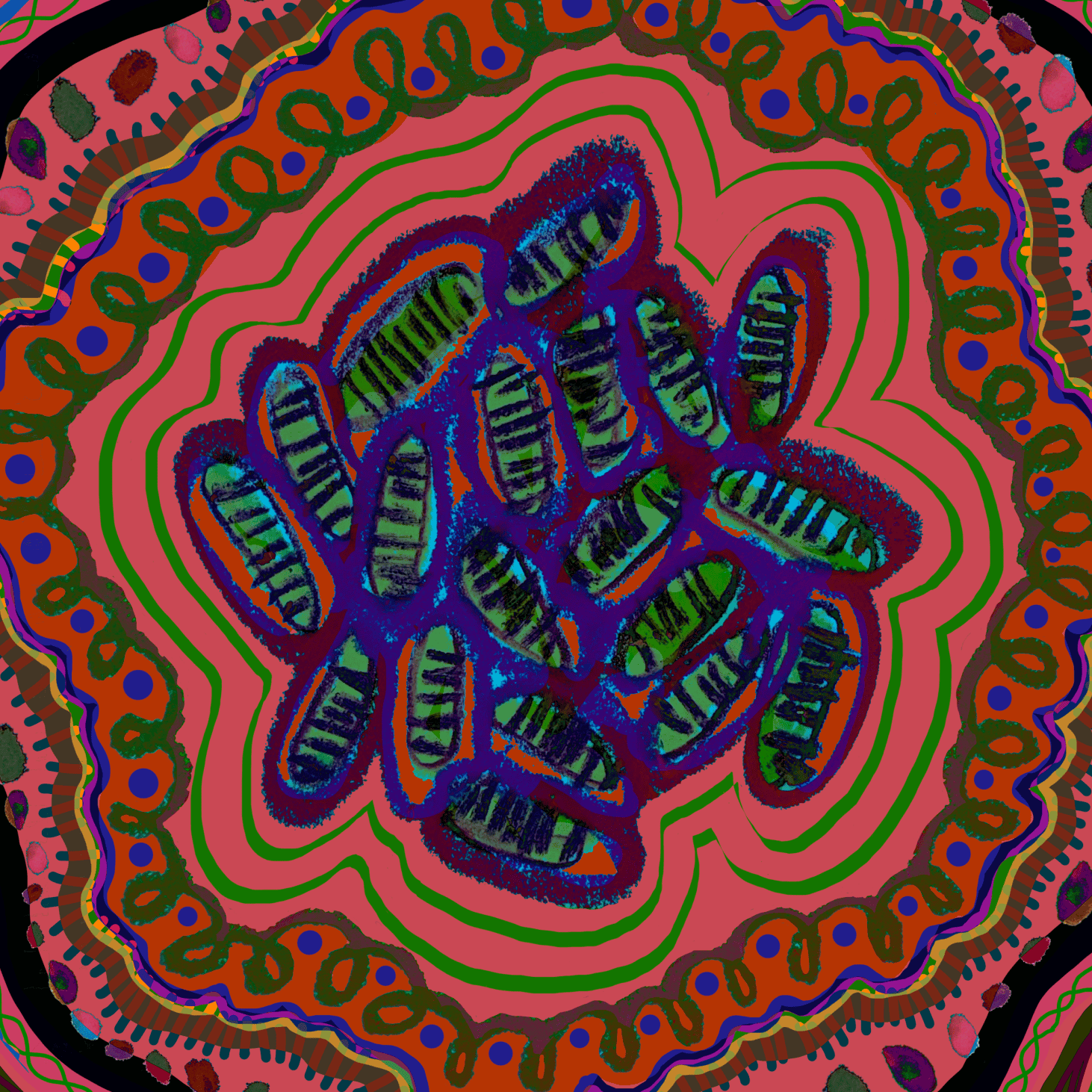
AnthroArtSustain the world in dialogue with the invisible - Carolina Ribeiro AraujoClimate change is a global reality, the result of intense and unsustainable human exploitation of natural resources and environmental degradation. The regular sustainable techniques are not enough to change this situation. Some authors attribute this to the lack of “connection and empathy with nature”, characteristics of a lifestyle in a capitalist society. Faced with this unpromising reality, some people have sought answers in spirituality, through practices, behaviors and worldviews supported by values related to the environment. This perception, studied by the anthropological field of Spiritual Ecology, aims to understand how some people create symbolic systems of human-planet relations, unfolding in p...
2025-04-1121 min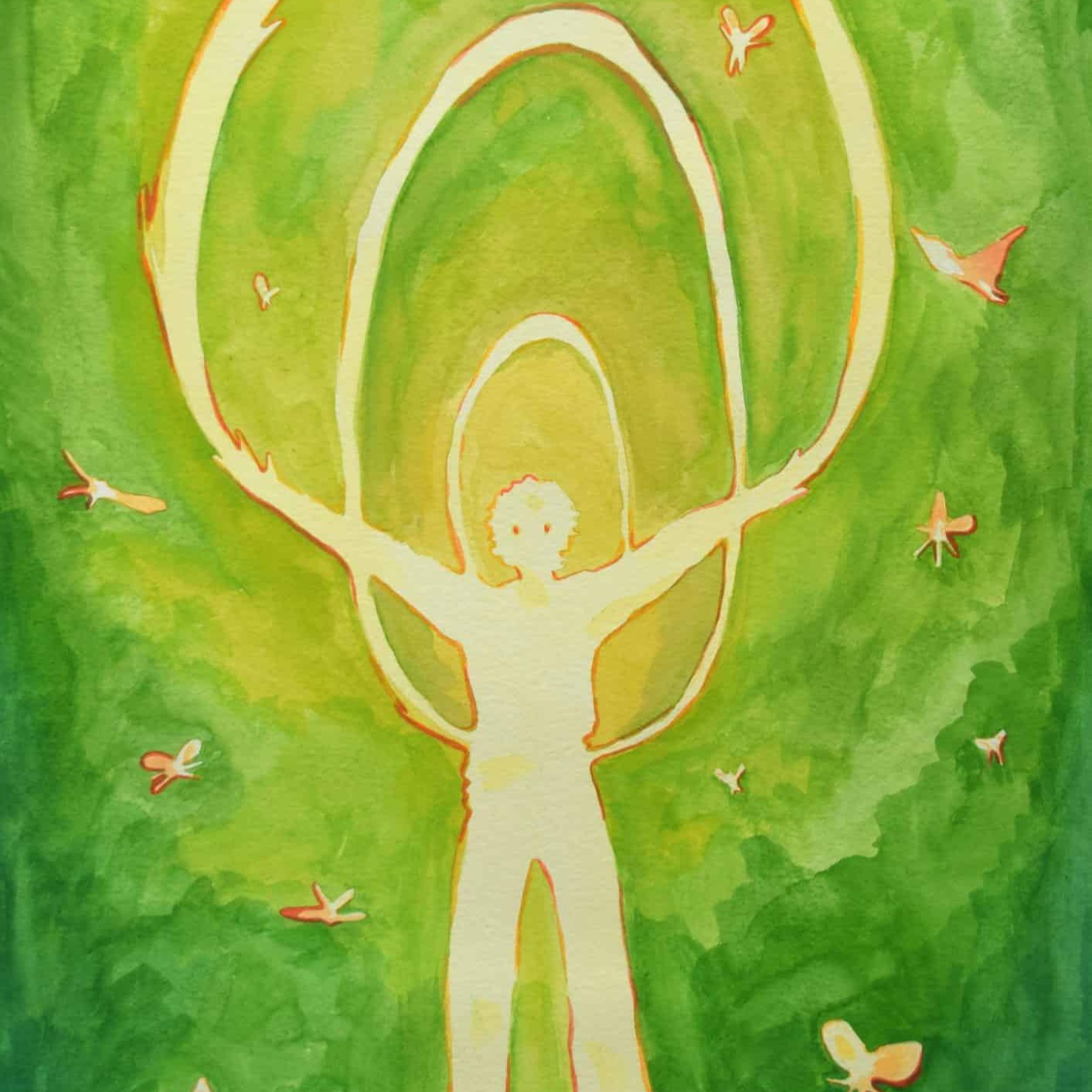
AnthroArtBuilding the Symbiocene: Fostering Imagination for a more Sustainable World - Sofia TapaninenBeyond politics and technology, there exists deeper narratives and cultural conditions that have brought our world out of balance.Drawing on insights from a summer school for sustainability in Gothenburg, this article argues that imagination plays a crucial part in reshaping our understanding of the climate crisis and navigating towards a more just and sustainable world. Presented in two principles: ‘The Work of Justice’ and ‘Recognizing a Web of Relations’, the article counters the current separation and economic value-based narrative and calls for finding ways to recognize the intrinsic value of both humans and nature in an in...
2025-04-1125 min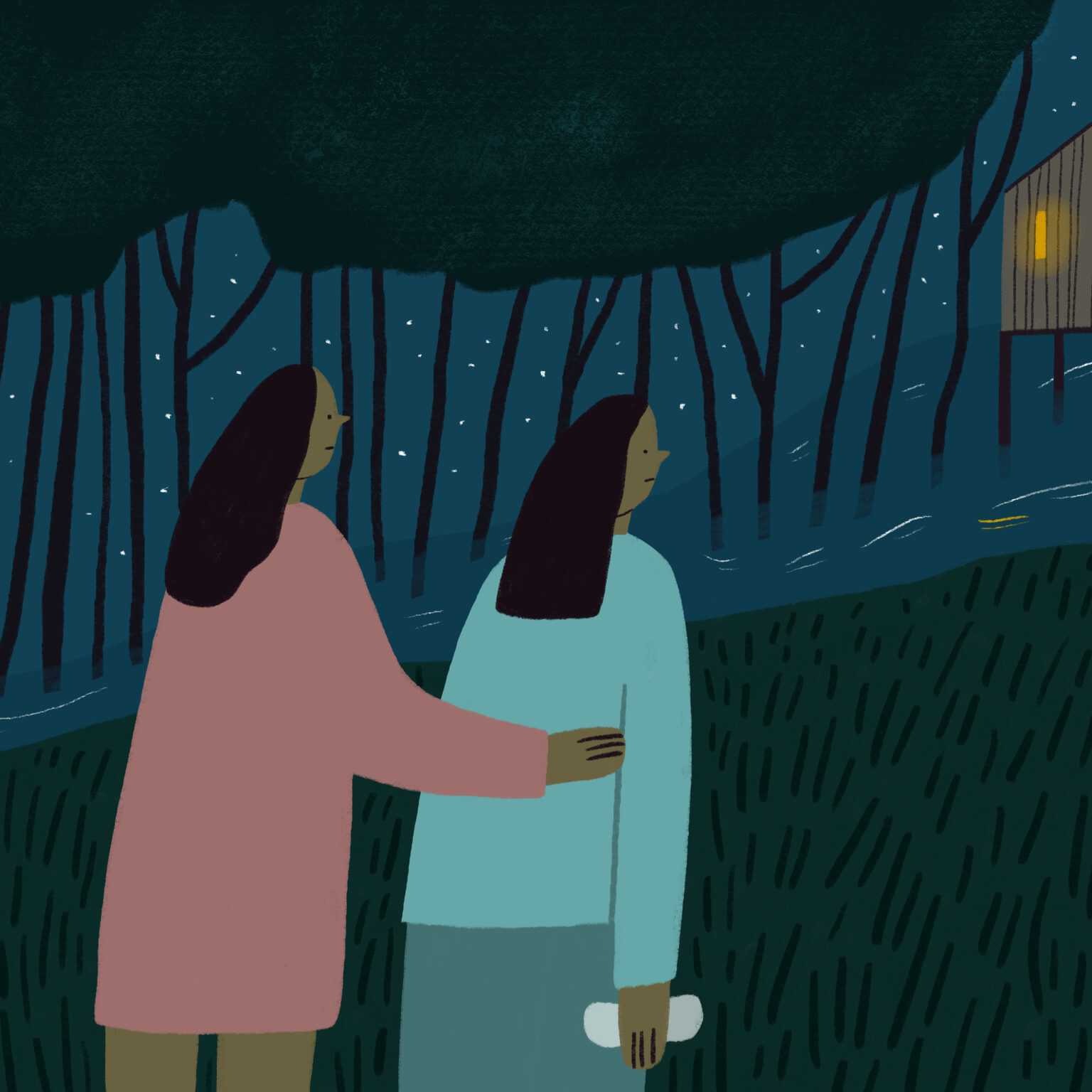
AnthroArtMenstrual Health in Crises: Climate Change, Social Exclusion, and Resilience - Fien de RidderThe article addresses how humanitarian crises—driven by conflict, climate change, and displacement—disrupt menstrual health, particularly in low-income, disaster-prone regions. Fieldwork conducted in Indonesia illustrates the challenges menstruating individuals face, including lack of access to clean water, proper sanitation, and quality menstrual products. Environmental and/or humanitarian crises exacerbate these issues, with extreme weather events destroying vital infrastructure and displacing communities in refugee camps. This instability often forces menstruators to manage their health in unsanitary, unsafe conditions, leading to both physical discomfort and mental stress.The article highlights the emotional and social exclusion menstruators experience due to s...
2025-04-1122 min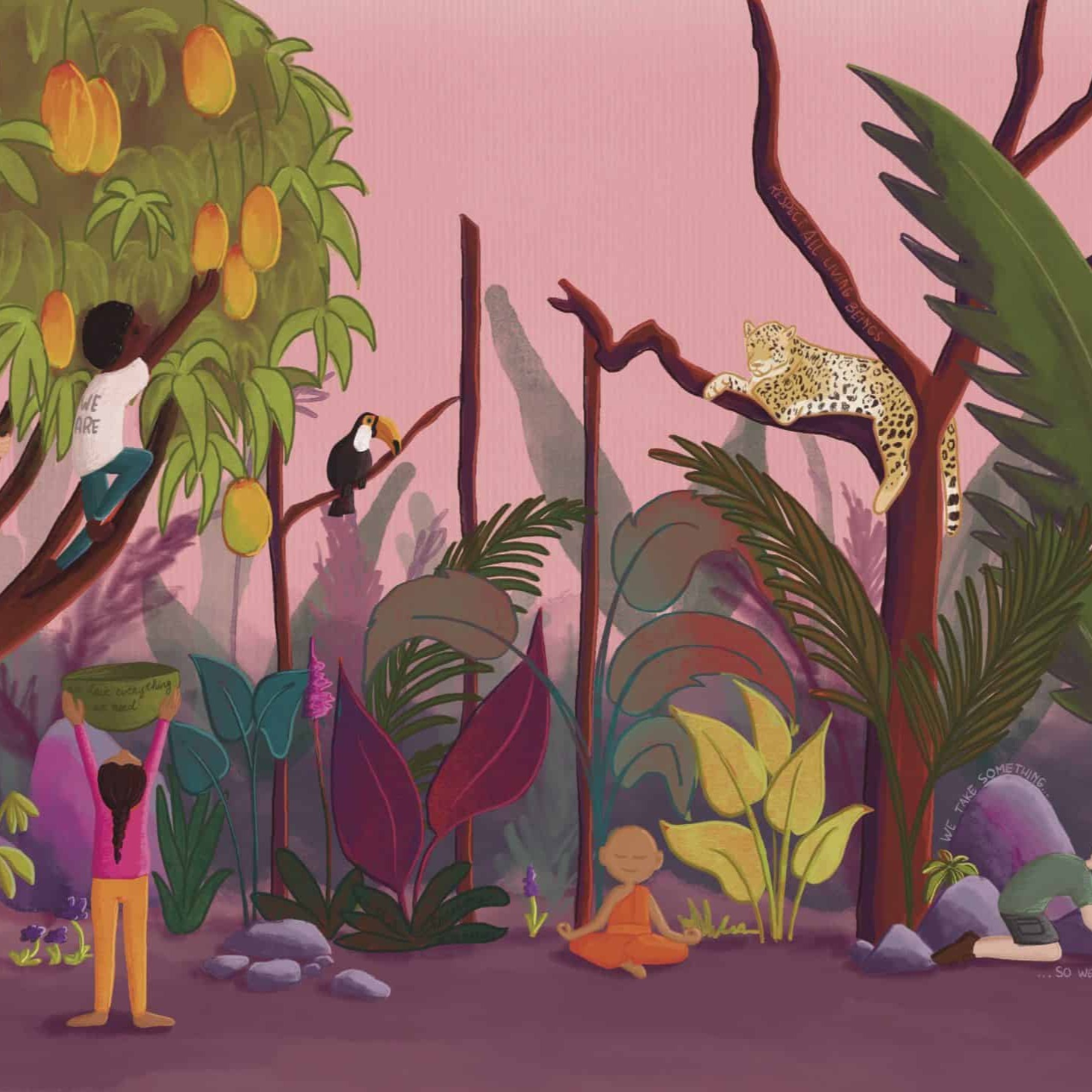
AnthroArtWhat we can learn from Ubuntu, Buen Vivir and Happiness on harmony with Nature - Dr. Dorine van NorrenAsked about what they value in life, (South)Africans often explain the concept of Ubuntu. With this they mean brother/sisterhood, sharing and compassion; being a person through other persons. They also said that this care extends to nature too. When asked the same question, the people in Bhutan emphasize Buddhist culture and finding inner peace and harmony. They have declared this as a national policy: Gross National Happiness (GNH). In this guardianship with nature also plays an important role. The (indigenous) people in Ecuador responded that for them the right way of living is living in harmony with...
2025-04-1120 min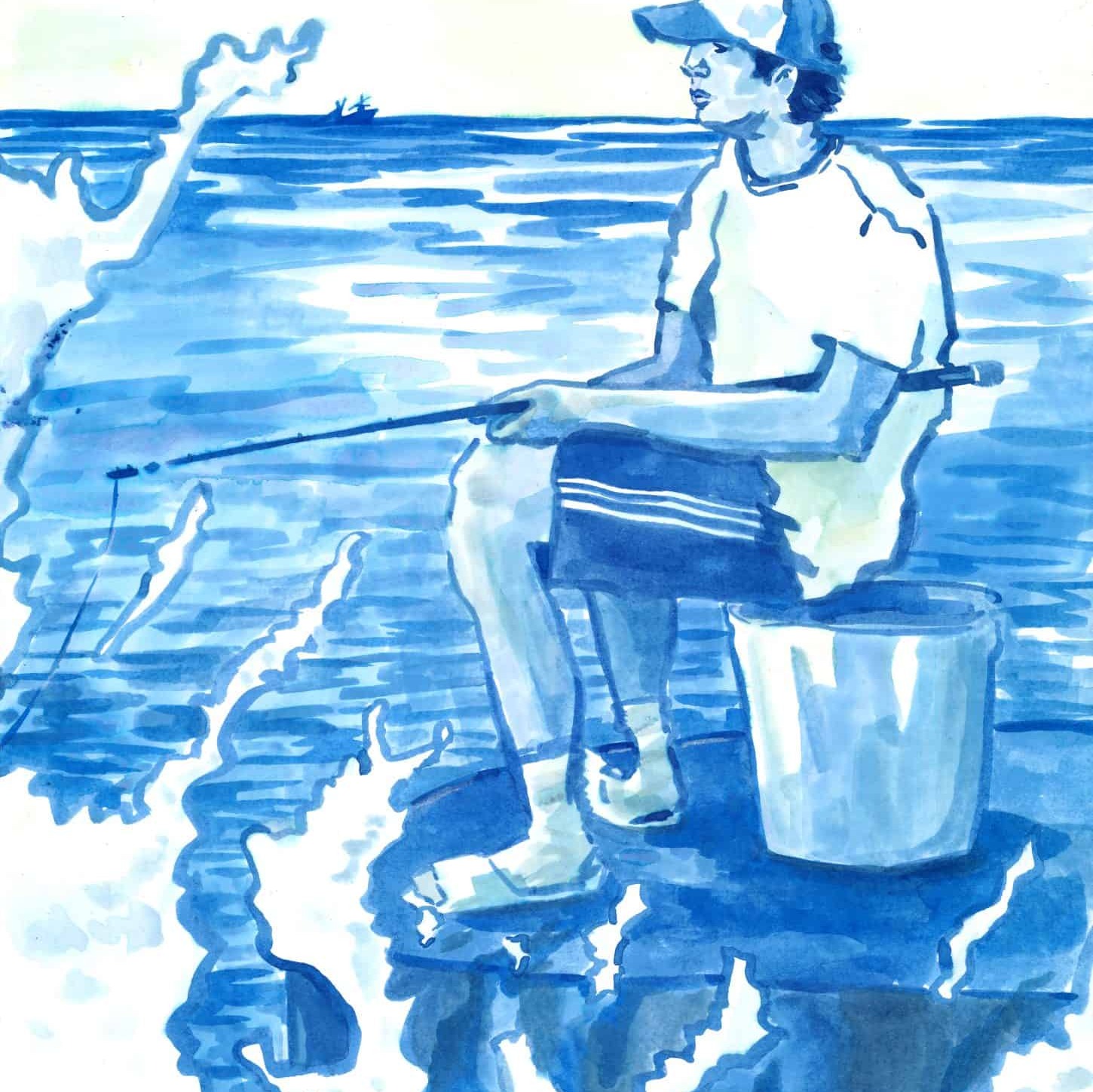
AnthroArtSeawall and the Silent Tide - Ashry SallatuIn this paper, I would like to share the story of the development of seawall infrastructure in Wakatobi, Indonesia, a top tourism destination and national park. The story of the seawall caught my attention because when I first arrived in Wakatobi for research, I found that the seawall story was a hot topic of conversation among community members. This paper tells the story of how residents perceive the seawall and what kind of impact it has had. I found that the seawall was built to prevent the loss of sand due to abrasion. Still, it also provides a space...
2025-04-1118 min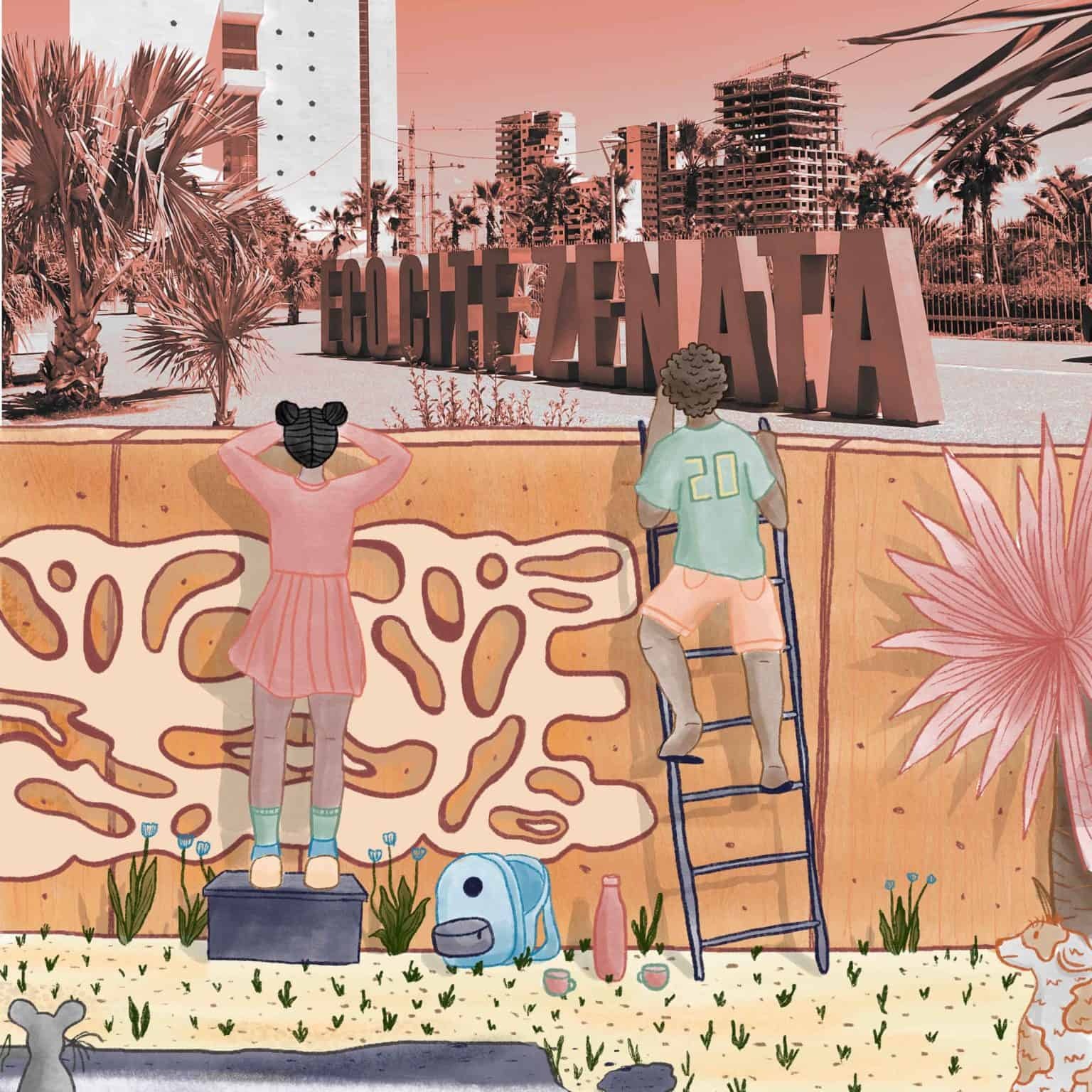
AnthroArtGreening Casablanca: is urban sustainability just another word for gentrification? - Cristiana StravaIn the face of challenges posed by climate change, sustainability promises to safeguard our collective future. But not all sustainability projects have a positive impact, and not everyone understands sustainability to mean the same thing.This is a story about Zenata, a much-celebrated Eco-City currently being built from scratch on a polluted stretch of coast in Morocco. Who benefits from such urban renewal projects and who gets left out? How sustainable is sustainability when it leads to displacement and reproduces inequalities? Answering these questions also points the way towards more inclusive methods for addressing the shared challenges...
2025-02-0924 min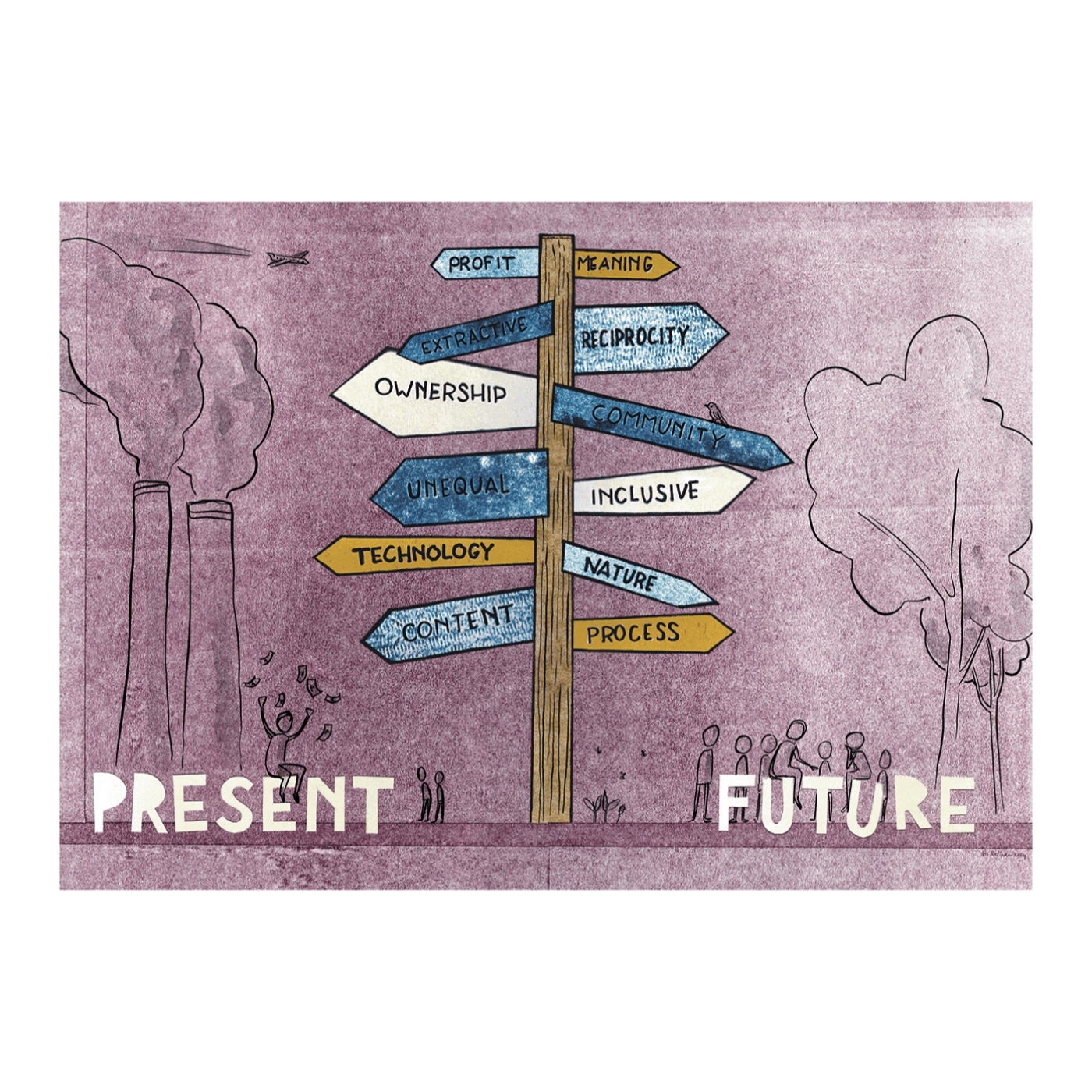
AnthroArtReframing Sustainability - A Cultural Approach to Transformative Change - Walter Faaij, Green Culture LabExplore the fusion of corporate anthropology, the business world and sustainable transformation. We’ve created and economy and society based on negative reciprocity, a culture of extraction.That means our challenge is not about more technology or new business cases but much more about people. About our belief systems and shared values that shape our societies.I propose to understand the sustainability transition as place of liminality, of not knowing, confusion and a power struggle. Learn how anthropological methods are harnessed to embed sustainability, circularity and impact into corporate culture – how dialogue, storytelling, and peer infl...
2025-02-0924 min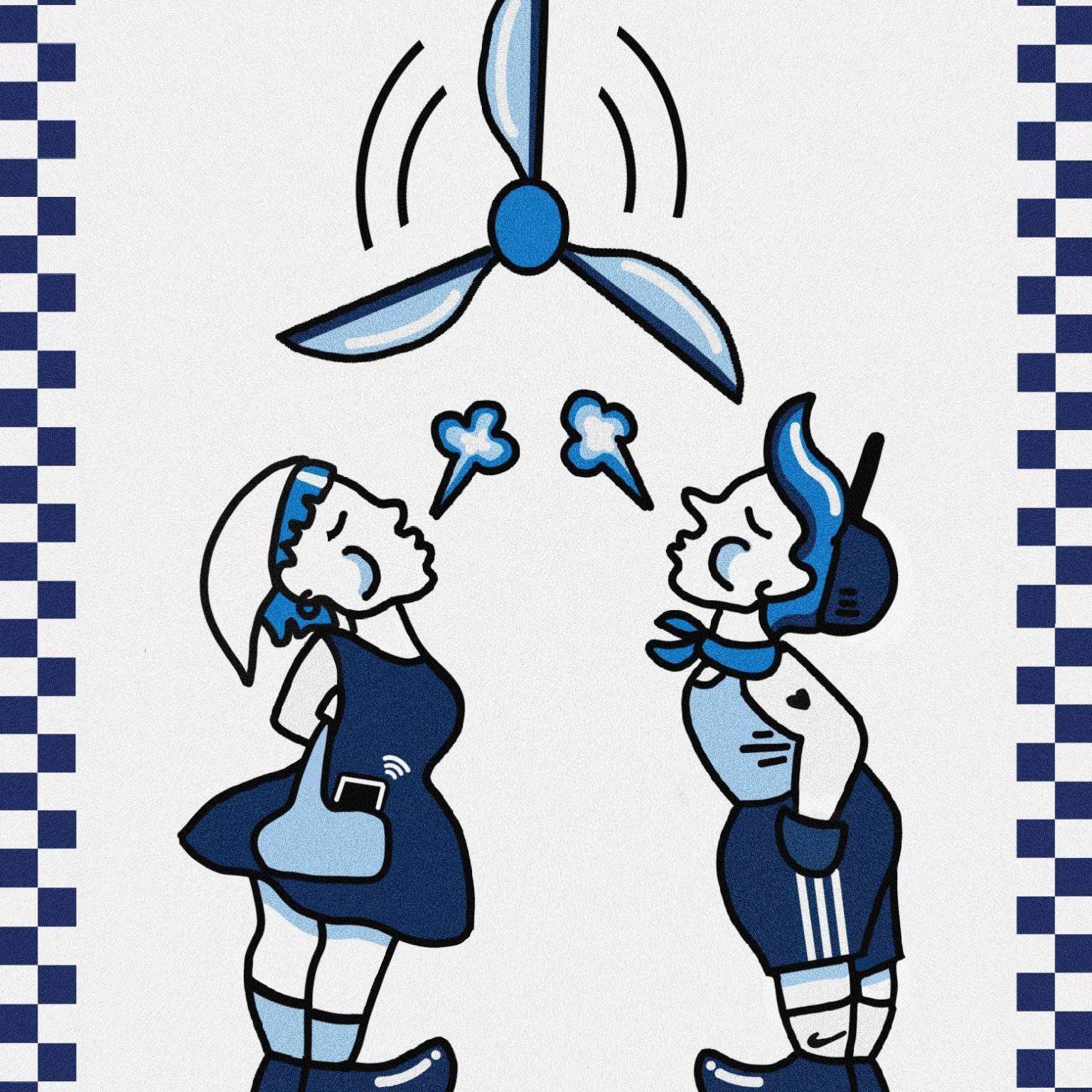
AnthroArtWho owns the wind? Pathways to reconnect communities with wind energy in the Netherlands - Diny van Est, Anne Marieke Schwencke, Noud SleumerIn their exploration of wind energy in the Netherlands, Diny van Est, Anne Marieke Schwenke, and Noud Sleumer discuss the societal attitudes and challenges. Traditional windmills held local significance, unlike modern wind turbines which lack community ties. Resistance arises from concerns about visual pollution, lack of fairness, posing obstacles to wind projects.Sleumer’s installation aims to bridge the gap between tradition and modernity, aiming to reflect on our relation with renewable energy.Community energy cooperatives, like Rijnland Energy and Zuidenwind, involve residents in decision-making and profit-sharing, fostering community empowerment and strengthening the bond with wi...
2025-02-0927 min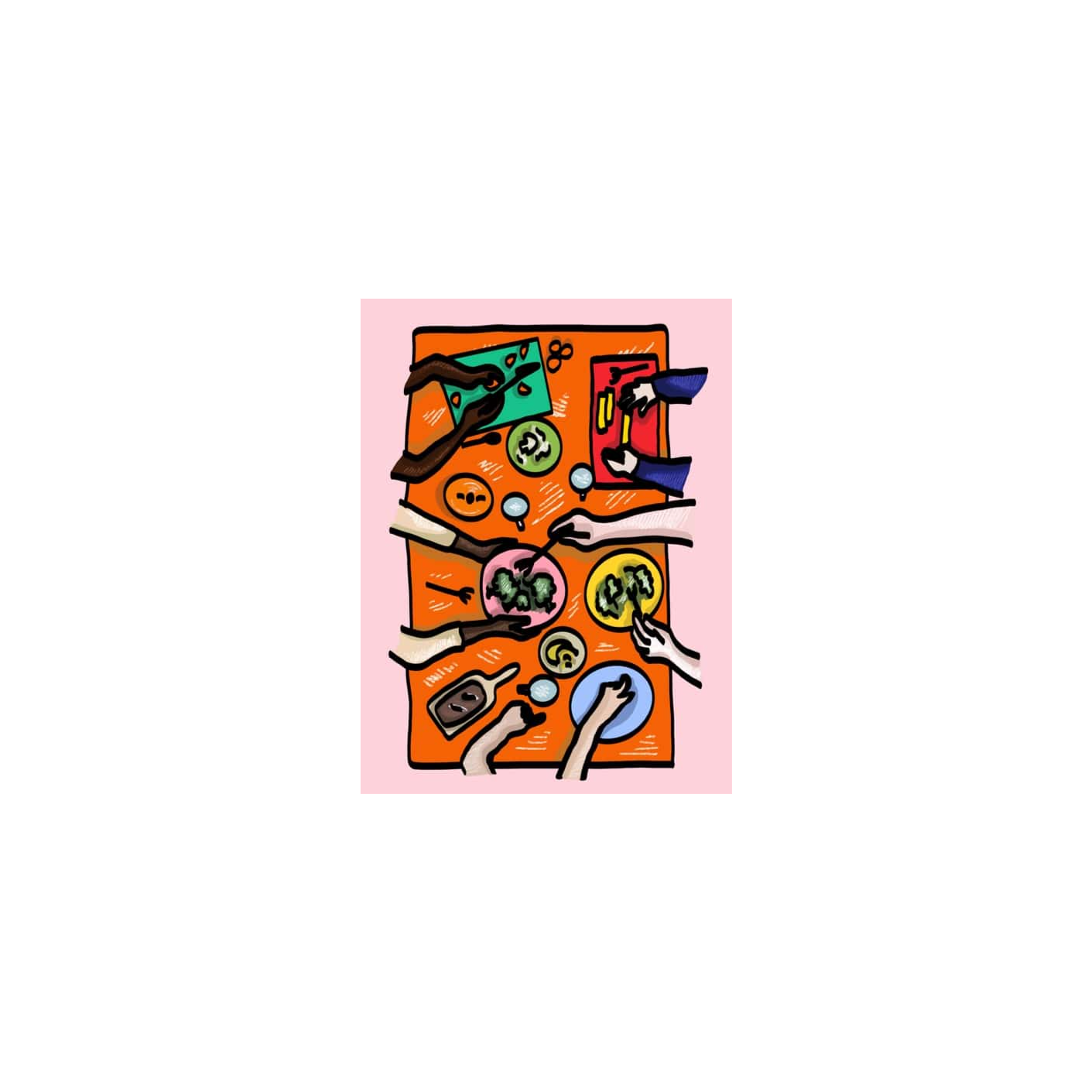
AnthroArtHow a black bean burger can be the bridge between food poverty and sustainability; An applied anthropological view on an organization that creates impact through food in the sustainability space - Lin Visser and Sanni OverwegThis article examines the intersection of food poverty and sustainability through the work of The Waste To Success (TWTS), an organization offering sustainable cooking workshops at schools in the Netherlands. Using applied anthropology methods, the study explores the challenges of promoting sustainable food practices amongst students. Findings reveal a that despite sustainability teachings, students make choices that benefit themselves, insighting the need to align educational content with students’ lived experiences. The article offers recommendations for improving the impact of TWTS’s workshops, such as enhancing communication and incorporating culturally familiar recipes to promote sustainable and affordable cooking practices.Ar...
2025-02-0920 min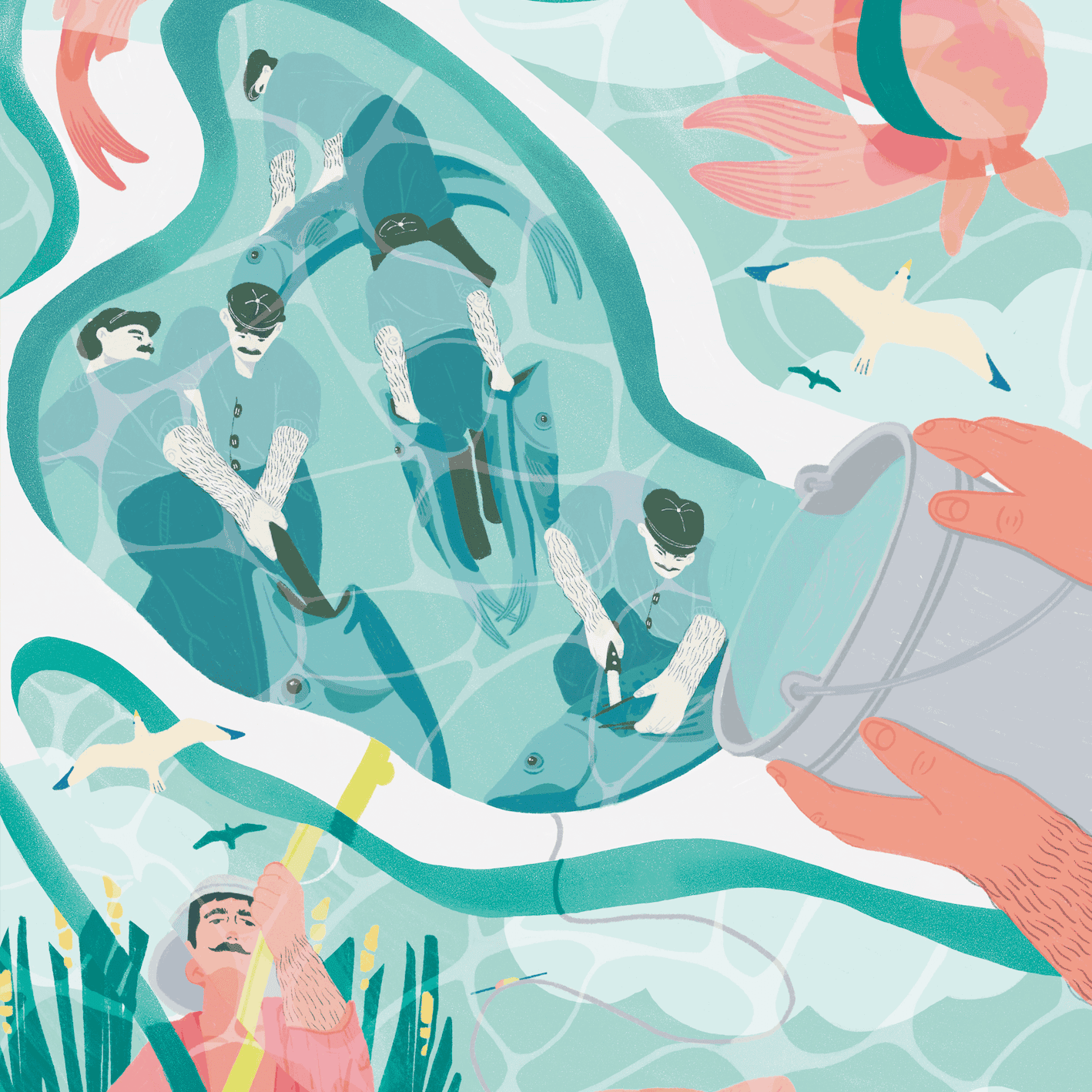
AnthroArtSustainability: A Historical Approach of a "New" Concept - Oana IvanThe concept of “sustainability” is a must today: from the tiniest farming product or restaurant menu, to the multi-million-euro budget projects, “sustainable” needs to be on the front cover, on the label, in the main title. We got so used to the term that we hardly ever think what it actually means. The present essay discusses one of the most used misconceptions of sustainability in relationship to the “good old days” when life was said to be simpler, care free and consumerism was unheard of. The present essay uses the centuries-long history of fishing in an UNESCO biosphere reserve, the Danube D...
2025-02-0918 min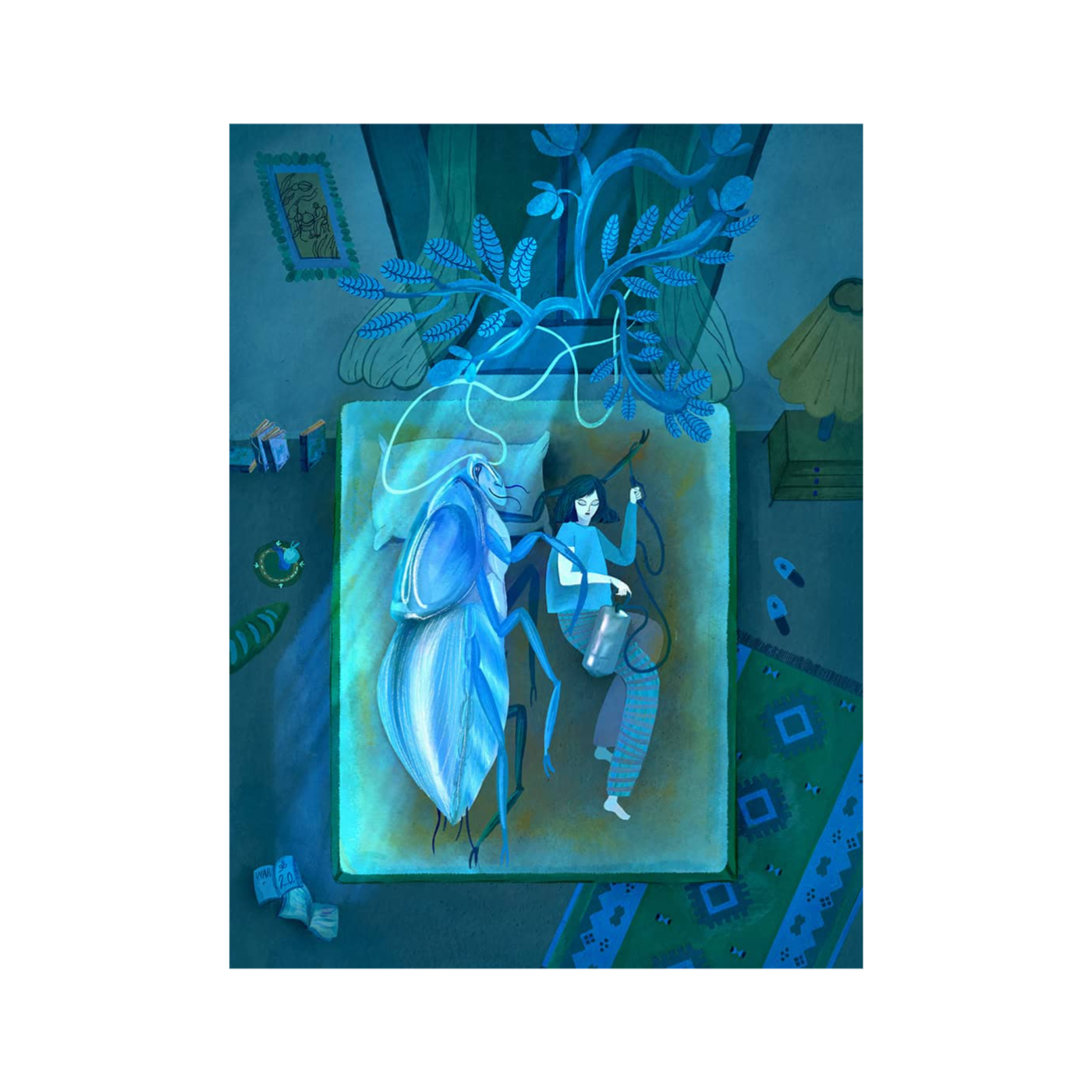
AnthroArtPests in Town - Cockroaches in the Bucharest Urban Imaginary - Ruxandra PaduraruWhat are the ‘more-than-human’ experiences of life in a city? While modern urban planning policies focus on the need for green spaces in cities, these are usually controlled environments. However, nature encompasses ecosystems that may include elements often considered disruptive. The creatures we call pests have violated such notions of modernity as long as we have underestimated their disobedience, their relationship to urban politics, and the niche created for them by social inequality. The study of cockroaches offers insights into social dynamics, discourses, and political strategies. Different species of cockroaches, their ecosystems, and their interactions with humans and urban infr...
2025-02-0928 min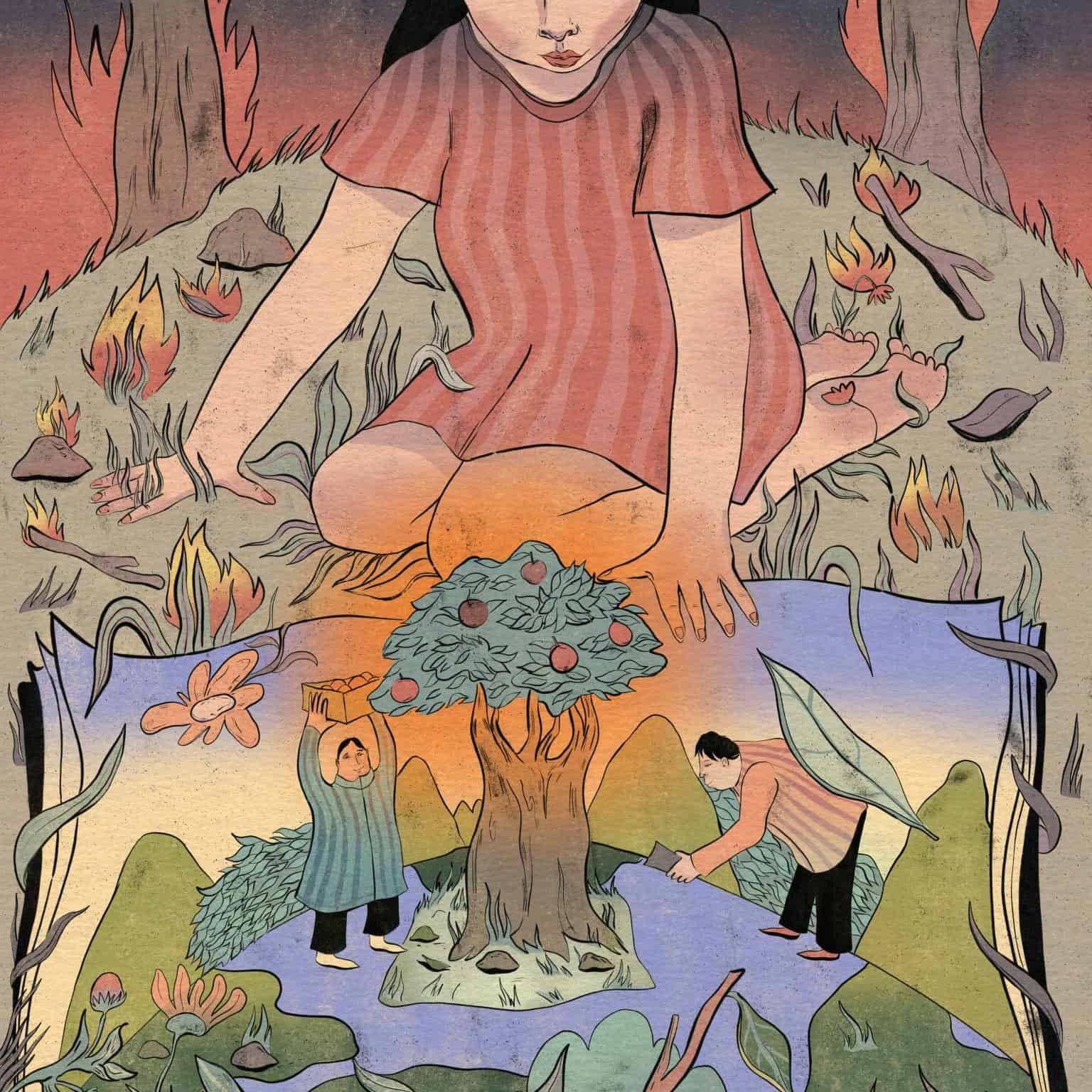
AnthroArtThe kids are alright. Are they? Exploring the intersection of climate change education, sustainability, and policy design for empowering youth - Alexandra Ciocănel & Andrada IstrateAcross the European Union, a youthful demographic (ages 15-34) is increasingly preoccupied with climate change and sustainability. Nevertheless, there is a significant gap between their intentions and actions, between what they would like to do and what they are able to do. Drawing on a more extensive study on climate change and youth in Romania and the EU, we focus on a problem space that centres around education as the main domain for co-productive interventions that could address this gap. In our research, when discussing youth engagement with climate change, the experts and young people interviewed champion education as...
2025-02-0920 min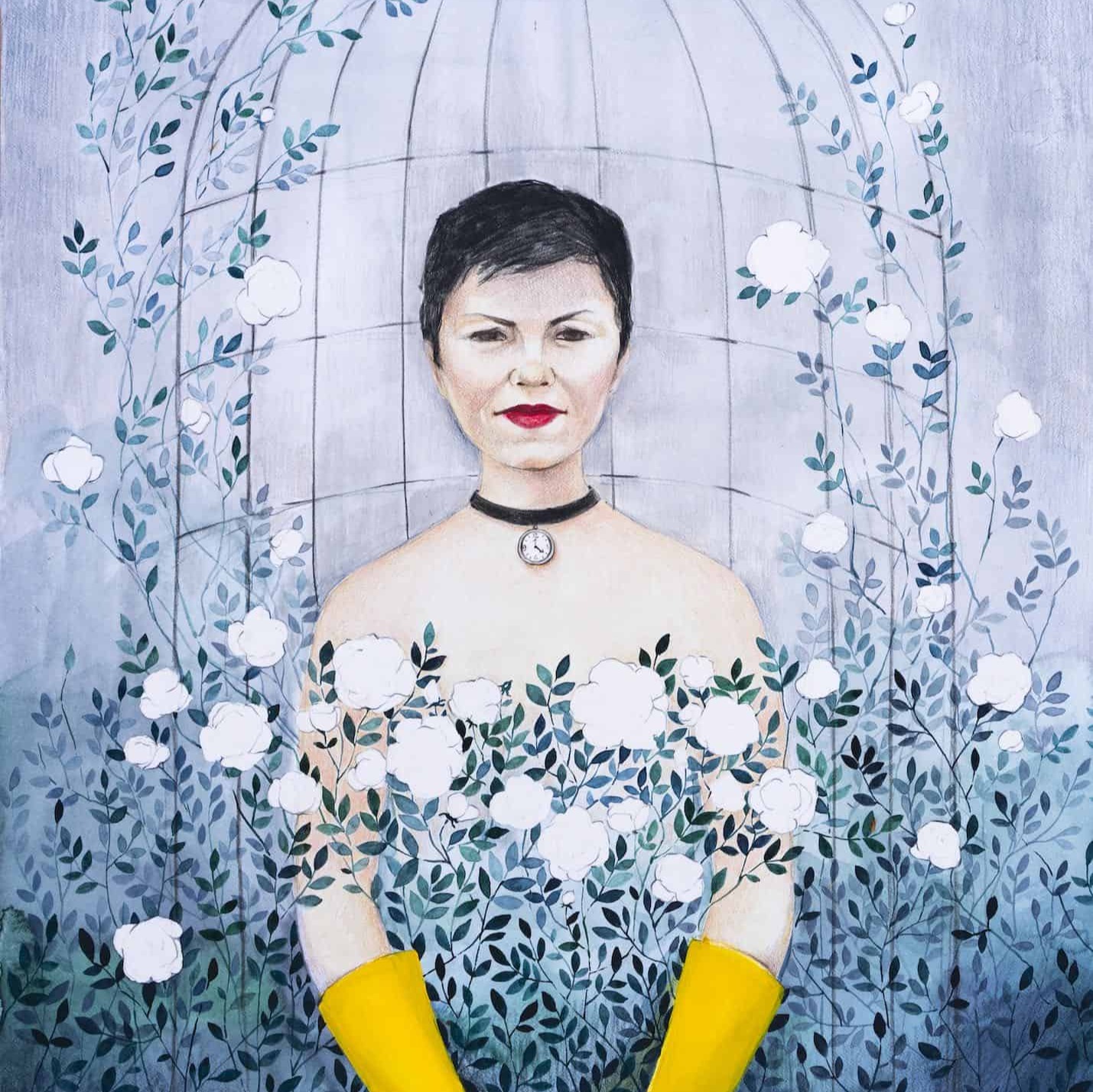
AnthroArtCelebrating invisibility: Live-in Romanian badanti caring for the elderly in southeast Italy - Gabriela NicoelscuThe protagonist of this story is Ana (a pseudonym), a Romanian domestic careworker, aged 45. Ana came to work in Italy in 2005 when she was 36 years old. She had no children of her own, but had a niece, whose university education she supported financially. When the niece finished university, and found employment, Ana would divide all the money that she gained every month (€600/month) in two. She would give half of the money to her partner to finish building their house in Romania, and she would keep half for her own expenses in Italy: clothes, food, tablets, monthly internet and te...
2025-01-2620 min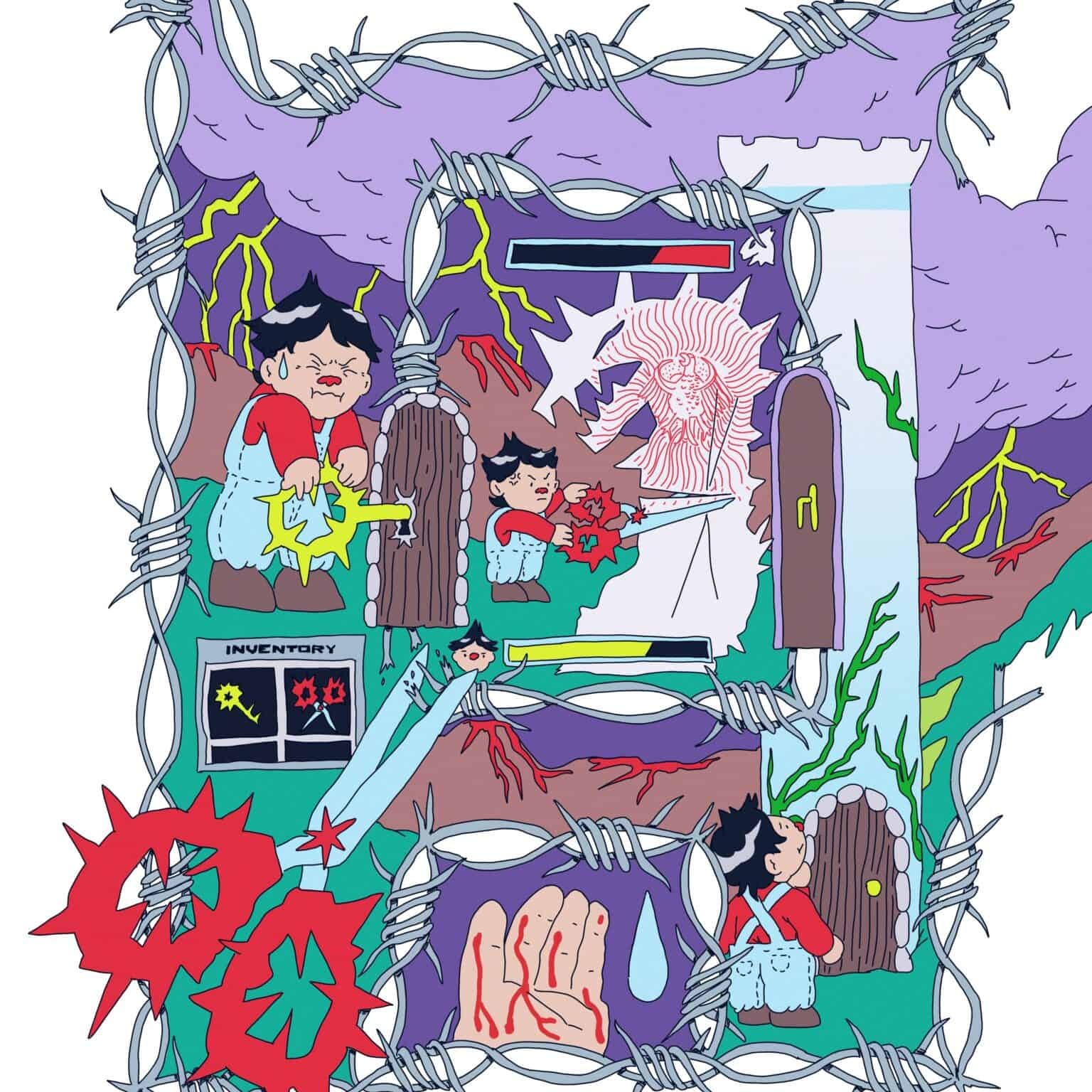
AnthroArtHow do welfare intermediaries help EU migrants access social protection? - Alexandra VoivozeanuDespite the existence of a legal framework that regulates their access to social protection within the European Union, mobile citizens face numerous obstacles in accessing their social rights. Thus, while migration abroad addresses inequalities that migrants face in the country of origin, migrants are in a position of inequality compared to non-migrants when it comes to accessing social protection across borders. Based on interviews with welfare brokers and Romanian migrants in Germany, this text shows that the barriers faced by EU migrants lead to the emergence of various “welfare brokers” – companies, non-governmental organisations, informal intermediaries – who, one one hand, facilita...
2025-01-2616 min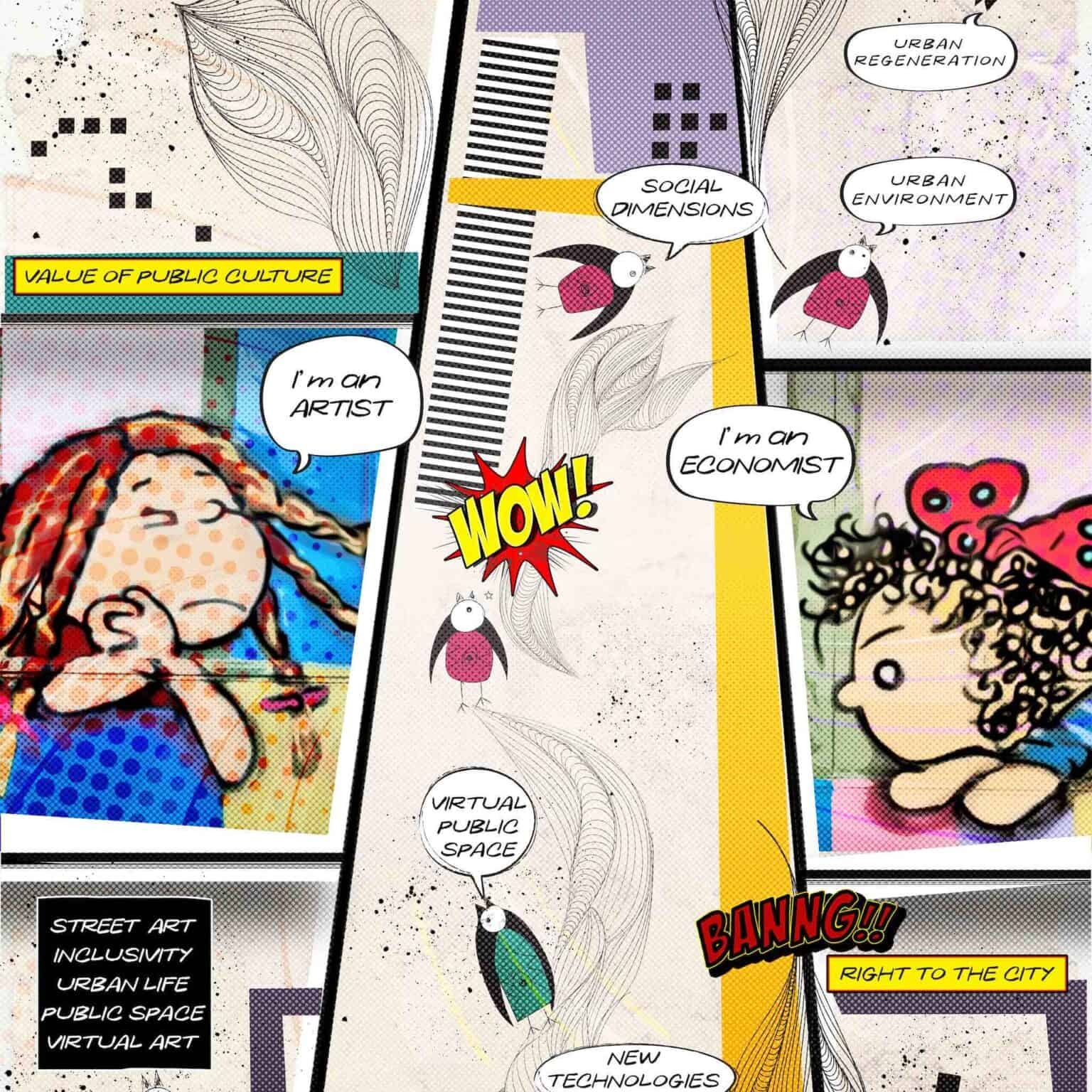
AnthroArtValuing Art in Public Spaces - Liliana Harding and Corina NaniPublic art defines and enhances the world that we inhabit. Here we propose to use its expression in the urban and virtual environment as a mediator for our understanding of how people of various social backgrounds, skill, or disability engage with various public spaces. The article thus reflects on how wellbeing is generated in inclusive public spaces, by drawing on the experience of moving art and culture to the virtual environment. We start from the recent experience of the pandemic and draw on the example of street art – a form of culture designed with the widest public in mind. As...
2025-01-2625 min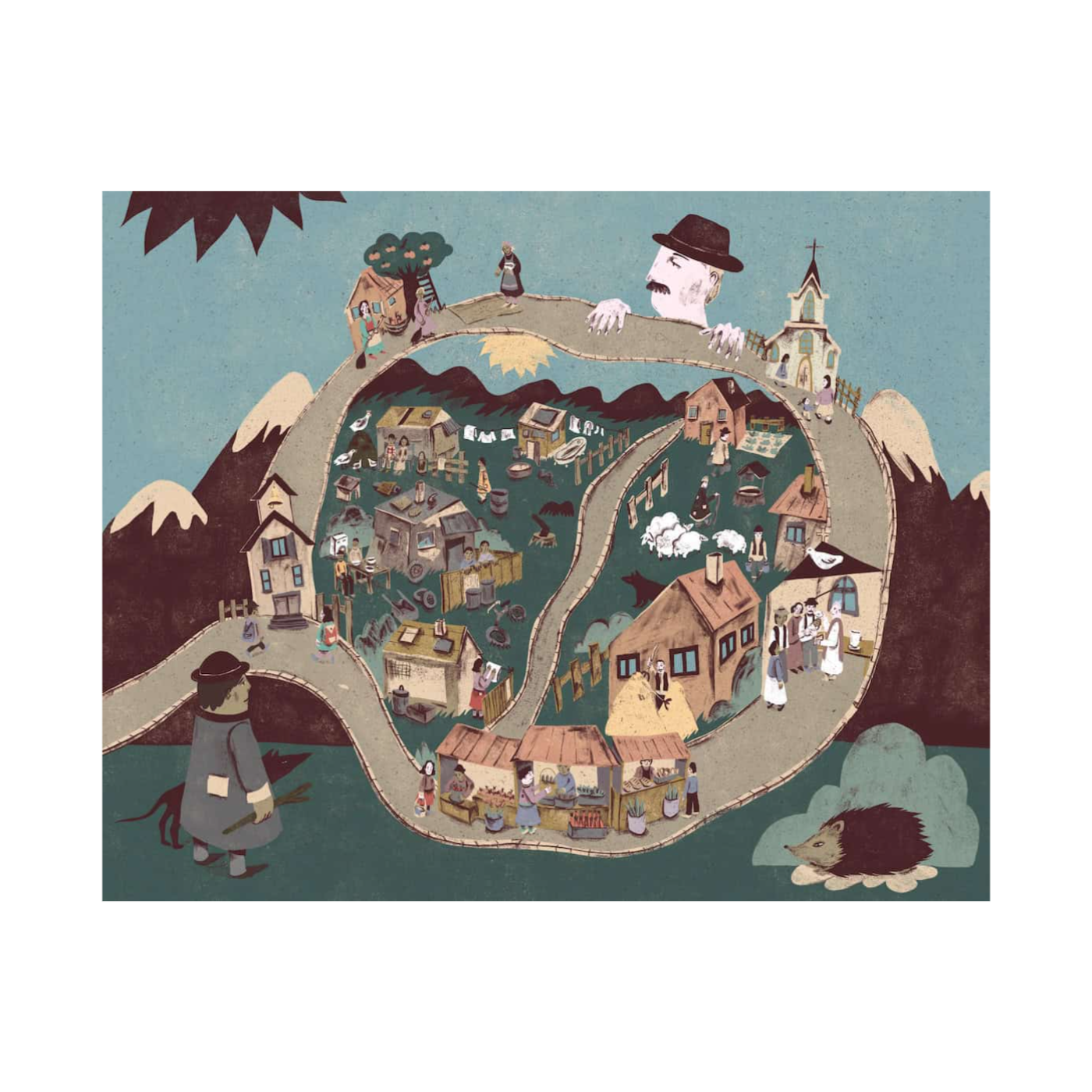
AnthroArtGodparents, Patrons, and Trust in Ethnically Mixed Rural Communities in Transylvania - Stefánia TomaDoes social inclusion mean that we can eradicate social inequality or even just reduce inequality between certain categories of people and/or groups? Or we need to refresh our thinking and chose the harder way which seems a bit Sisyphusian and instead of focusing on social exclusion and inequalities, to look for cases of social inclusion and social cohesion (in their broader sense) and try to understand it. The situation of the Roma minority might be illustrative. Historically, the Roma population was excluded and marginalized all over the world, yet, there are situations when despite the measurable unequal position...
2025-01-2618 min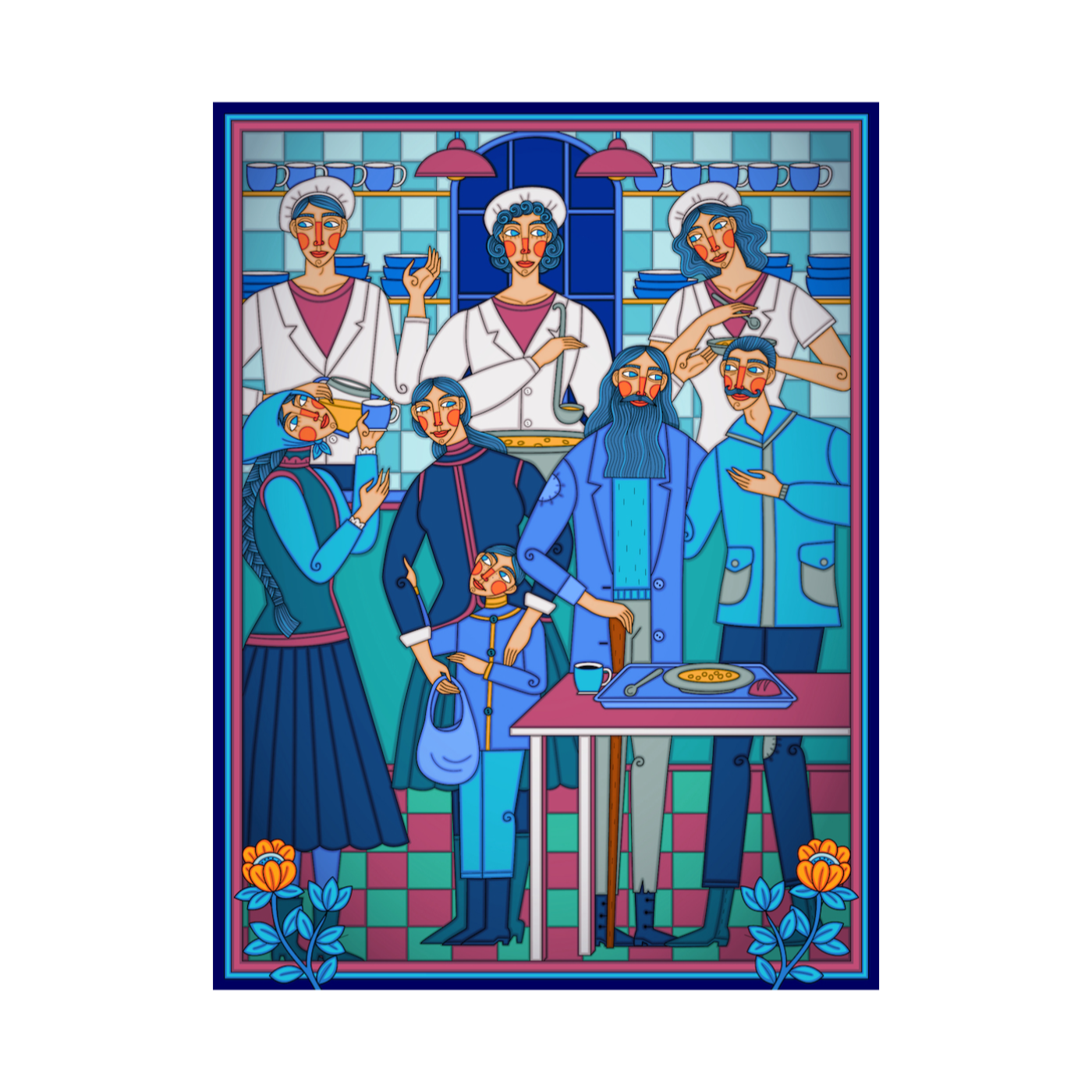
AnthroArtLiving in Precarity - How Social Canteens and Soup Kitchens Contribute to Community Solidarity - Beatrice ManoleCreating spaces of solidarity for the most vulnerable is key to ensuring that some form of social justice is achieved, in a society where socio-economic policies and social attitudes are not the most favorable towards these categories. This article looks at how social canteens and soup kitchens contribute to creating such spaces, focusing on a specific category of vulnerability, homelessness, as a case study. Homeless persons belong to a social group extremely prone to poverty, discrimination, and social exclusion, with difficult or very low access to basic needs such as housing, food, belonging, and security. The purpose of this...
2025-01-2021 min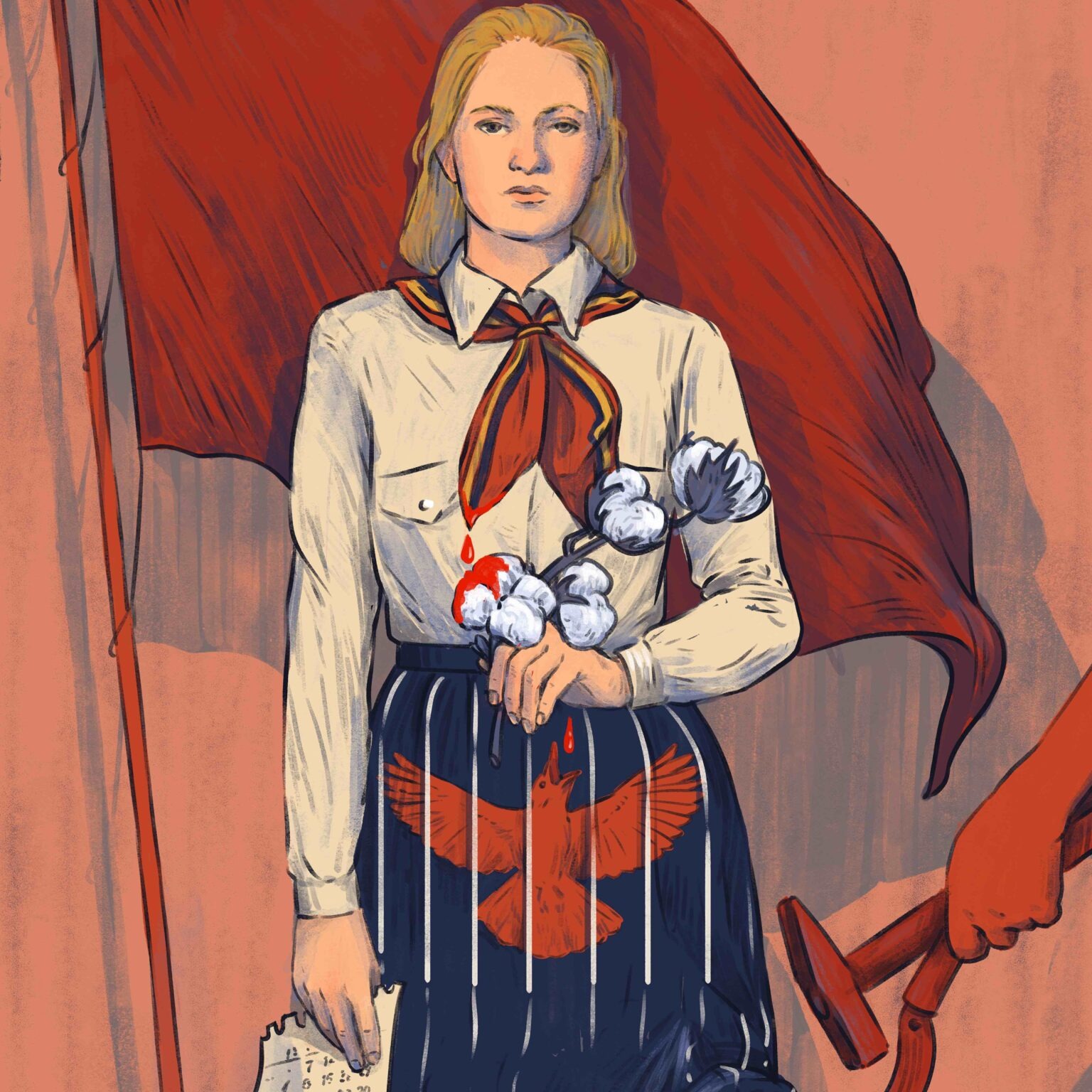
AnthroArtMenstruation: Social Inequality and Biopolitics in Socialist Romania - Anca NițăWhy is menstruation considered to be something shameful? As a cis-woman I have experienced and seen how menstruation is depicted around me, either in whispered voices and jokes or perfectly concealed in the commercials. This question was the starting point of my research, only to find out that menstruation is a lens that reveals a range of social inequalities experienced by women. In my qualitative research, I have talked with ten women (ages 50 to 81) regarding their experiences of menstruations during the communist period in Romania in order to better understand the historical context of menstruation in Romania. In the...
2025-01-2024 min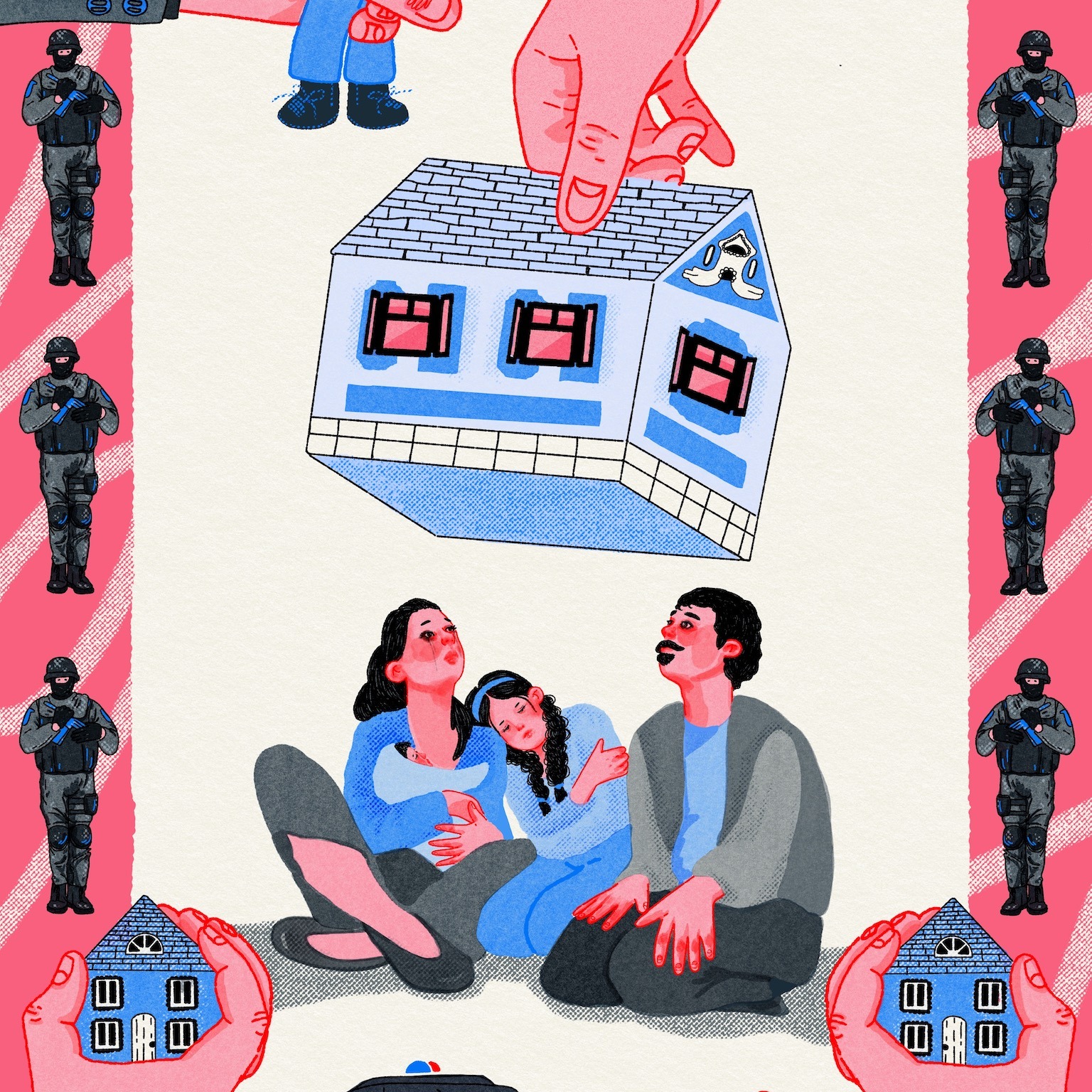
AnthroArtState Led Vulnerability and the Subtle Process of Constructing the Local Clandestine - Irina ZamfirescuWith ten children in their household, a family from Bucharest could not remember how many times they were evicted. Dorina and Ioan kept on hiding and moving because of fear of having their kids taken by the social care department. They feared the public institution that was meant to give support to people in their situation. They also had to navigate the constant pressure from Local Police which would fine them for their informal work or their living in abandoned homes. What are the challenges imposed by the politics of the daily life of the urban poor? Who are...
2025-01-2023 min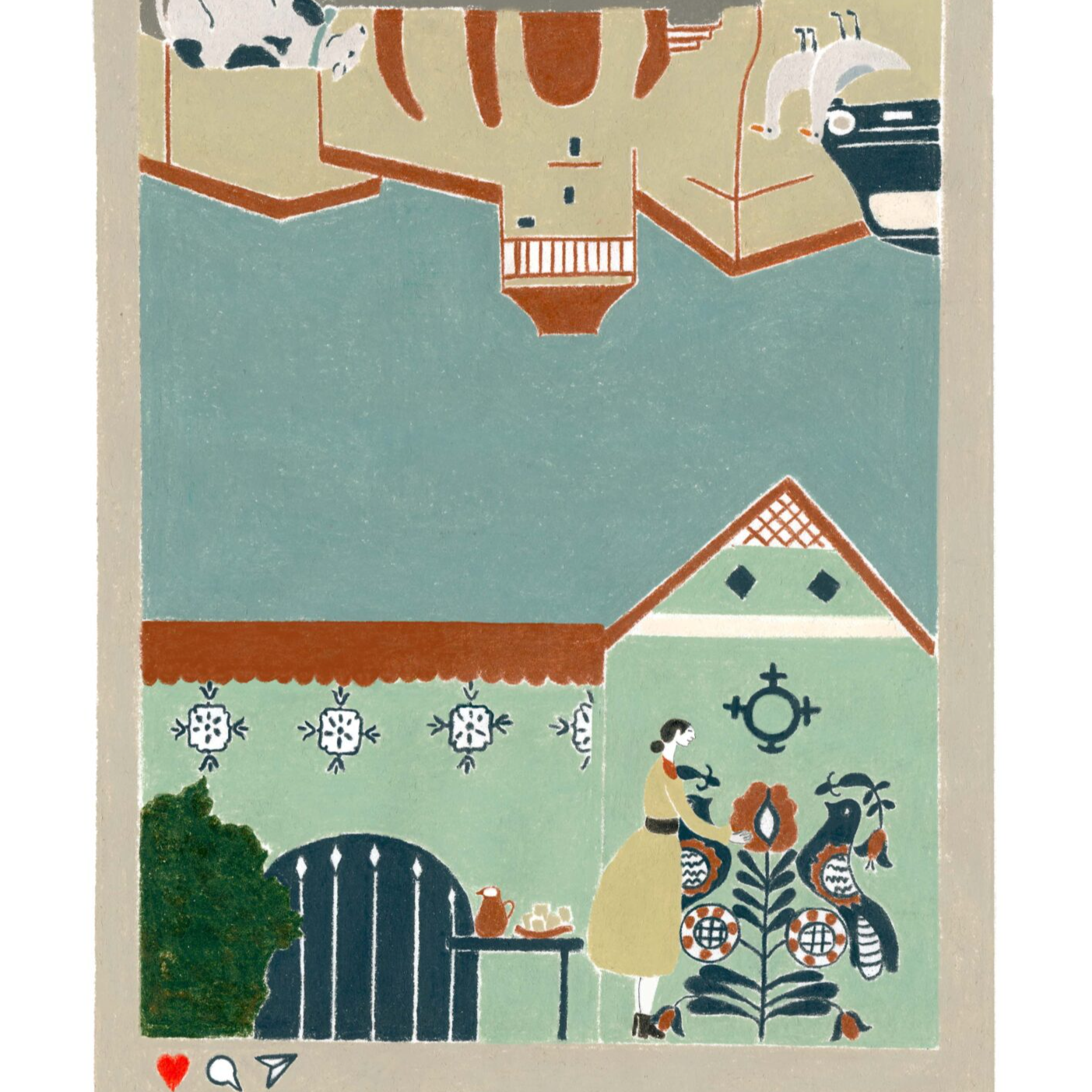
AnthroArtAffording Authenticity and Strategies for Inclusive Heritage-making in a World Heritage Site - Irina DobrițăA growing critical heritage scholarship interrogates the facets of socio-economic, cultural and even spatial exclusion involved in heritage-making and in preserving the integrity and authenticity – particularly of built heritage, historic monuments or cultural landscapes. In the case of a high-profile UNESCO site in rural Transylvania, most residents have limited (or dissonant) access to the cultural landscape they inhabit. However, this has not led to open contestation and residents have accepted to live with the official heritage enforced by a local minority – the very few remaining heirs of the Saxon settlers who built the village back in the thirteenth century. Loca...
2025-01-2025 min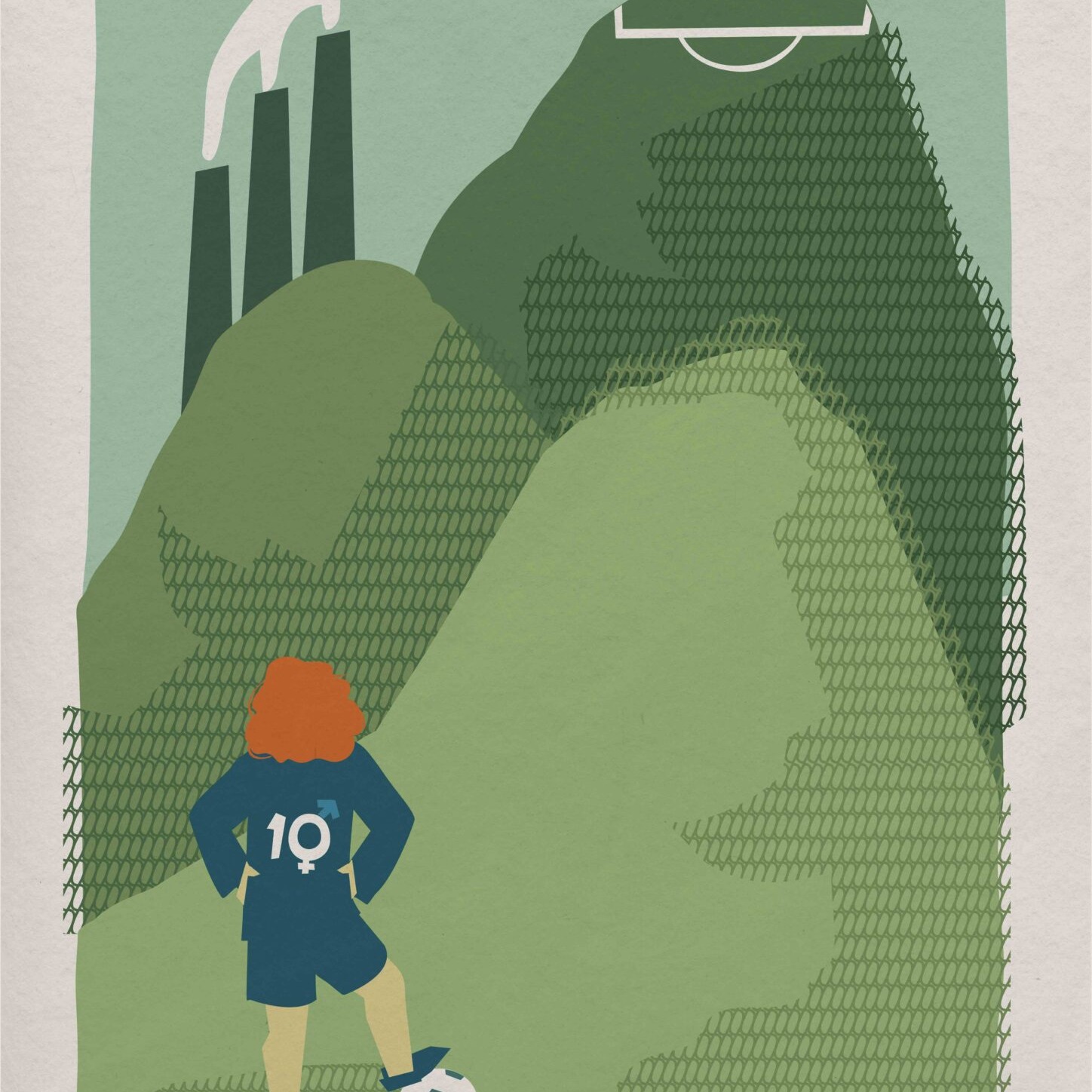
AnthroArt(Dis)Regarding Women’s Football: Marginalized Experiences of a Sport Phenomenon - Ileana Gabriela SzaszThe article examines how women in different socio-political contexts in Romania have engaged in football and how they negotiated their path in spite of the systematic and systemic disregard of their participation. For over five decades thousands of women have practiced organized football, however their place as athletes remains marginal not only in a male dominated sport but also in the collective imagination. The Romanian Football Federation has no official records of women’s football before 2014. Current initiatives of development are many times met with reluctance from the actors involved in the world of football and the public. Based on...
2025-01-2021 min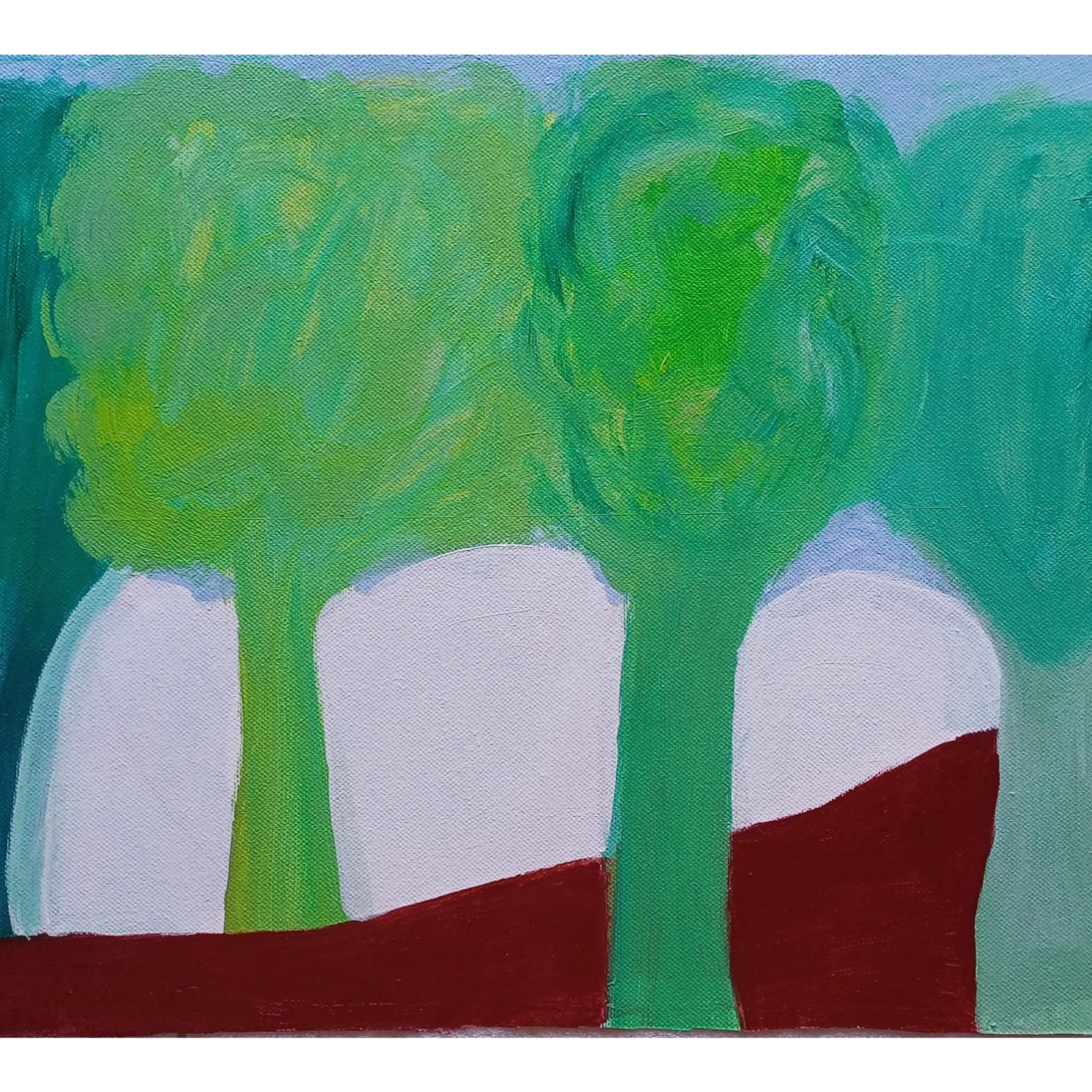
AnthroArtSpaces4All – Applying Anthropology to the Accessibility and Inclusion of Reduced Mobility Communities in Public Urban Spaces - Augusto FerreiraThe intersections of anthropology, inclusion, and accessibility in urban public spaces is the focus of this article, by delving into the Spaces4All project implemented in Lisbon, Portugal. It begins by emphasizing the importance of inclusion and addressing inequality in modern society, highlighting the role of anthropology in understanding, and tackling social issues.The article discusses the significance of ethnographic fieldwork in uncovering barriers faced by marginalized groups, particularly those with reduced mobility, in accessing public spaces. It outlines the methodology employed in the Spaces4All project, including fieldwork, mapping of accessible routes, and collaboration with disability...
2025-01-1917 min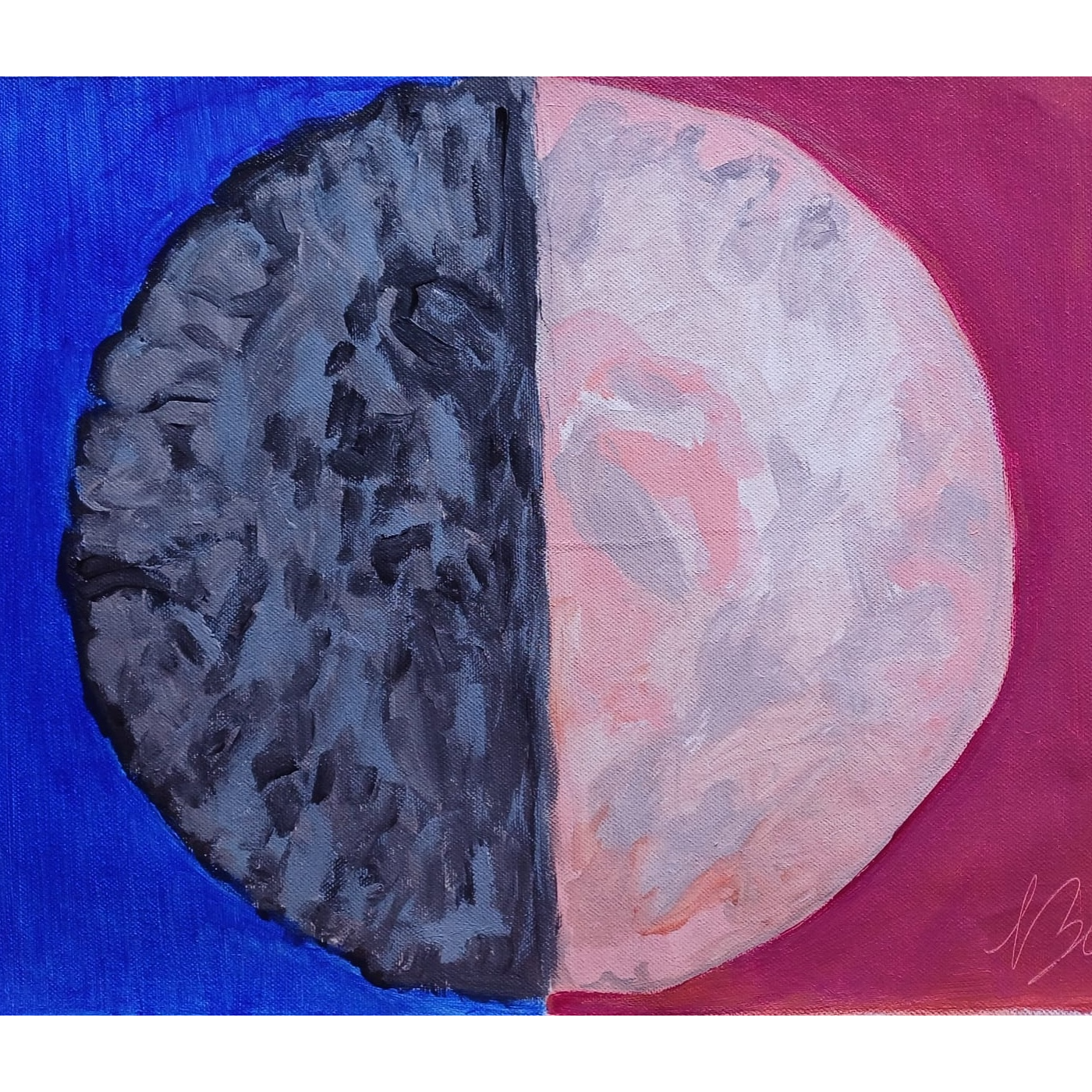
AnthroArtEmpowering and Capacity Building for Individuals with Intellectual and Developmental Disabilities: Needs, Hindrances and Promotion on the Learning and Developing of New Skills - Daniel AlvesThe “Same Same – A Capacity Building and Empowerment e-mentorship Program for People with Intellectual/Developmental Disabilities (IDD)” is a Program with the objective to test the reliability and effectiveness of a Training and Empowerment Program for Mentors and to provide people with Intellectual and Developmental Disabilities (IDD) with the knowledge, skills, and confidence to lead their peers, with or without IDD.An ethnographic research and report was carried out, with a focus group created to answer and investigate these problematics and questions, a survey of the specific needs and support that individuals with IDD need to develop new sk...
2025-01-1917 min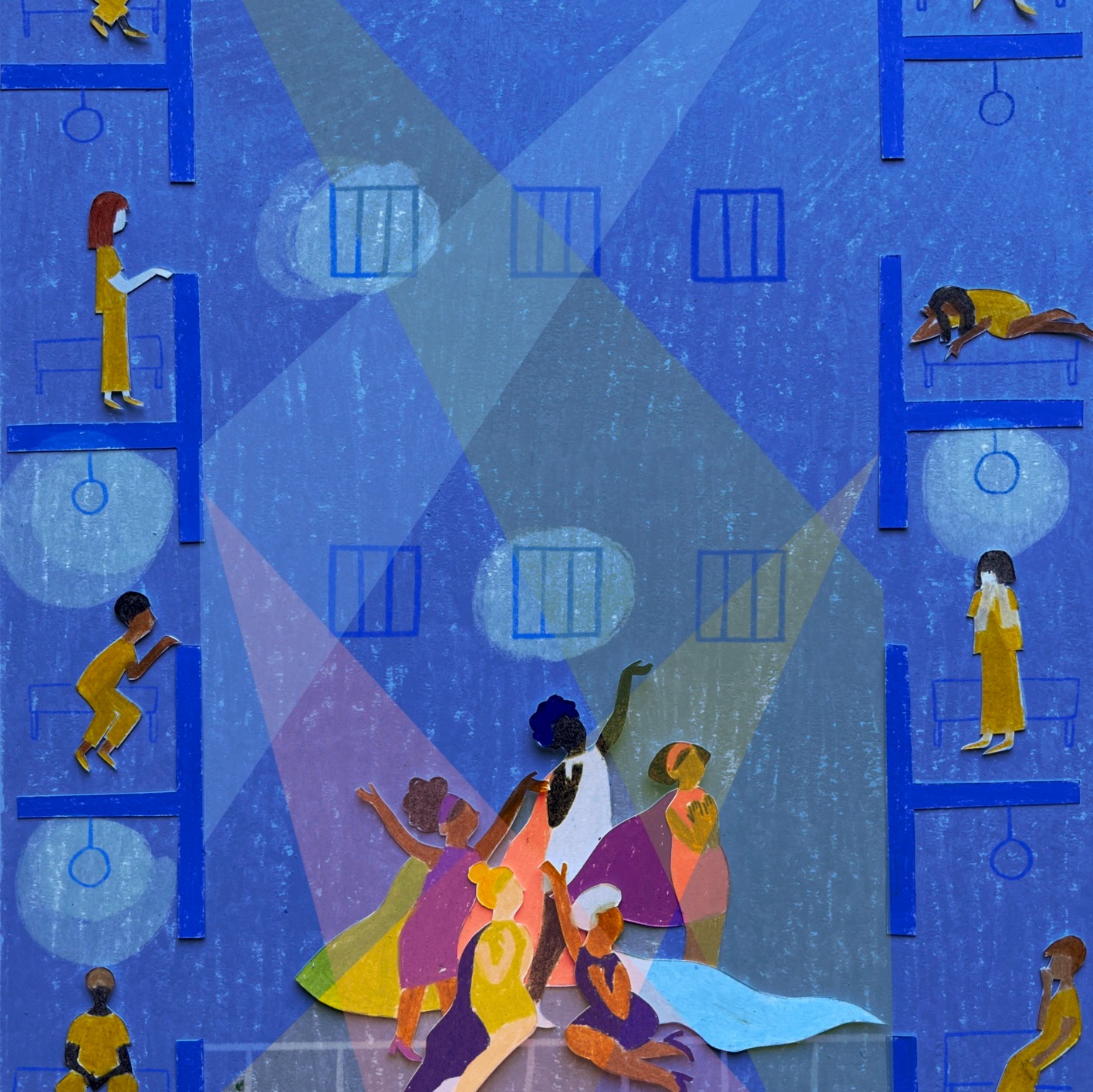
AnthroArtEthnotheatre in a Prison Context: The performative Interview - Ricardo Seiça SalgadoEthnotheatre is a critical world-making practice that combines ethnography, social knowledge and the performing arts. As an art-based methodology, it aims to research a common ground with a group of people to adapt these observations and knowledge to an aesthetic performance as the practice of participant observation, and the anthropology toolkit methodology.In the transition to the 21st century and the disciplinary areas of theatre, education, health, and oral history, ethnotheatre begins to be thought and conceptualised as practice and methodology.As a case study, an ethnotheatre project in prison wants to understand how inmates...
2025-01-1919 min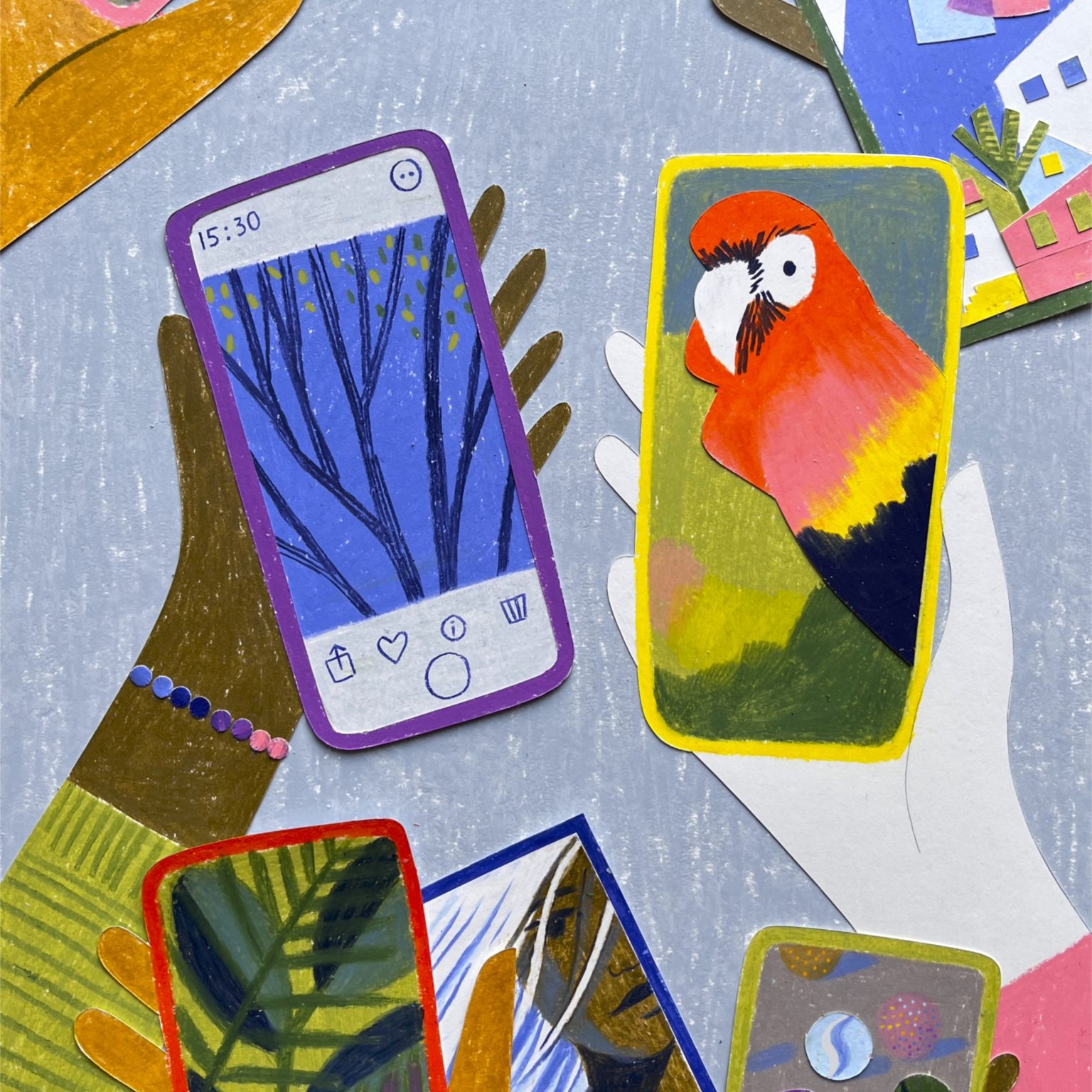
AnthroArtApplying Anthropology with Young Migrants. Workshop of Anthropology and Photography (case study) - Cristina SantinhoThe project called “Workshop on Anthropology and Photography” (WAF) is related the work done during 8 months, from March to September 2023, in a small town near Lisbon (Portugal) in a public primary and secondary school, with a particular characteristic: being a multicultural school, attended by children of many nationalities other than Portuguese, with a high number of immigrants and refugees (migrants).It uses the scientific line of Applied Anthropology (AA), not just a branch or specialization of anthropology, but the epistemological principles, methodologies, and objectives through which the anthropologist deals with his or her subject of interest, whether it’s...
2025-01-1916 min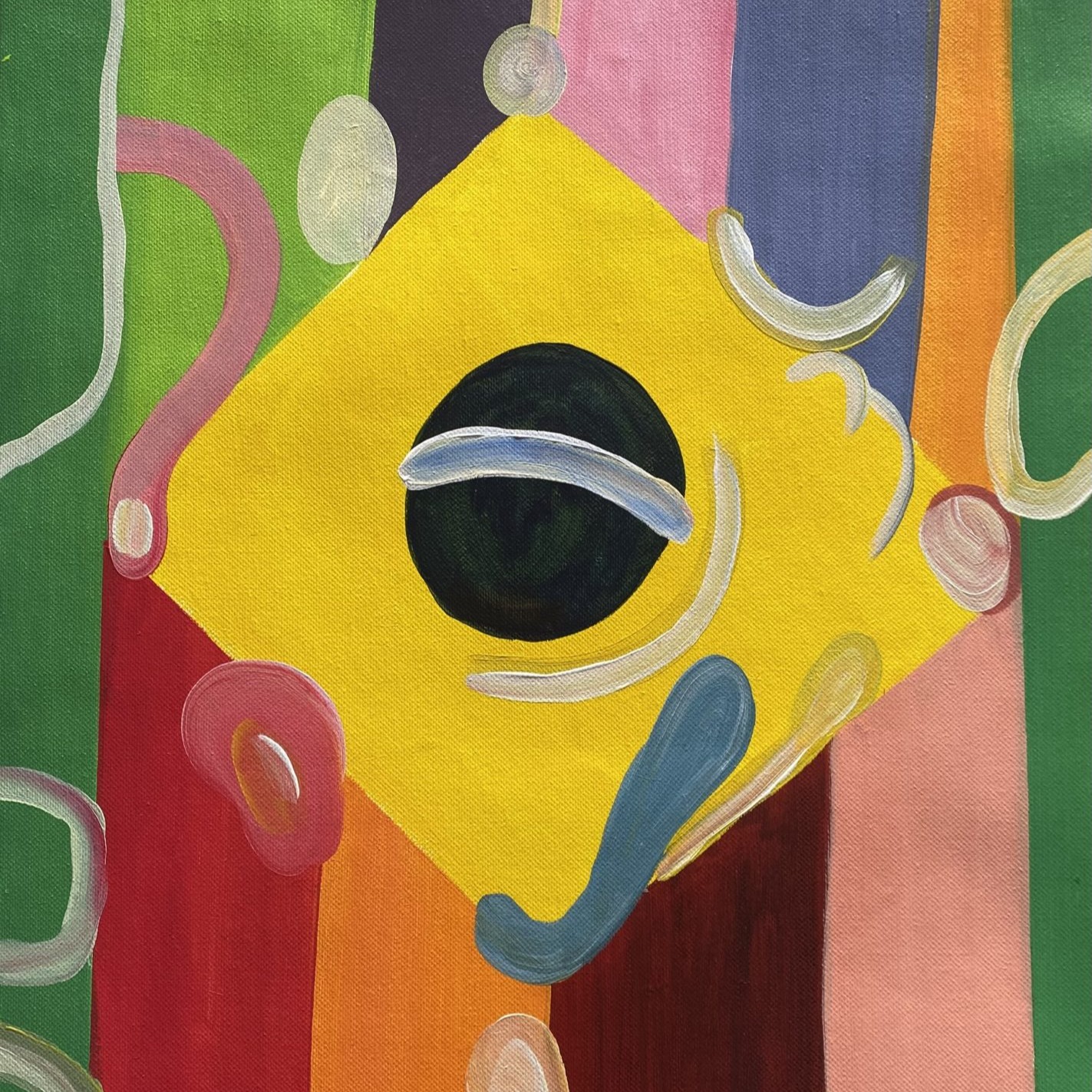
AnthroArt“E Canta Contigo Moresco” - Portuguese Songs Are Still Sung in Java - Maria de Jesus EspadaThe history of the Portuguese presence in Asia has been the subject of study of numerous analysts from various perspectives. It is well known that during just a few years Portuguese had managed to create several commercial, political, and administrative establishments. This was only possible through the displacement of people to fill in the administrative positions, but also to guarantee the safety of the establishmentThis paper focuses on how the rise of these posts and trading centers resulted in the birth of Creole communities, namely one residing in Tugu, in Indonesia, characterized by a unique culture...
2025-01-1917 min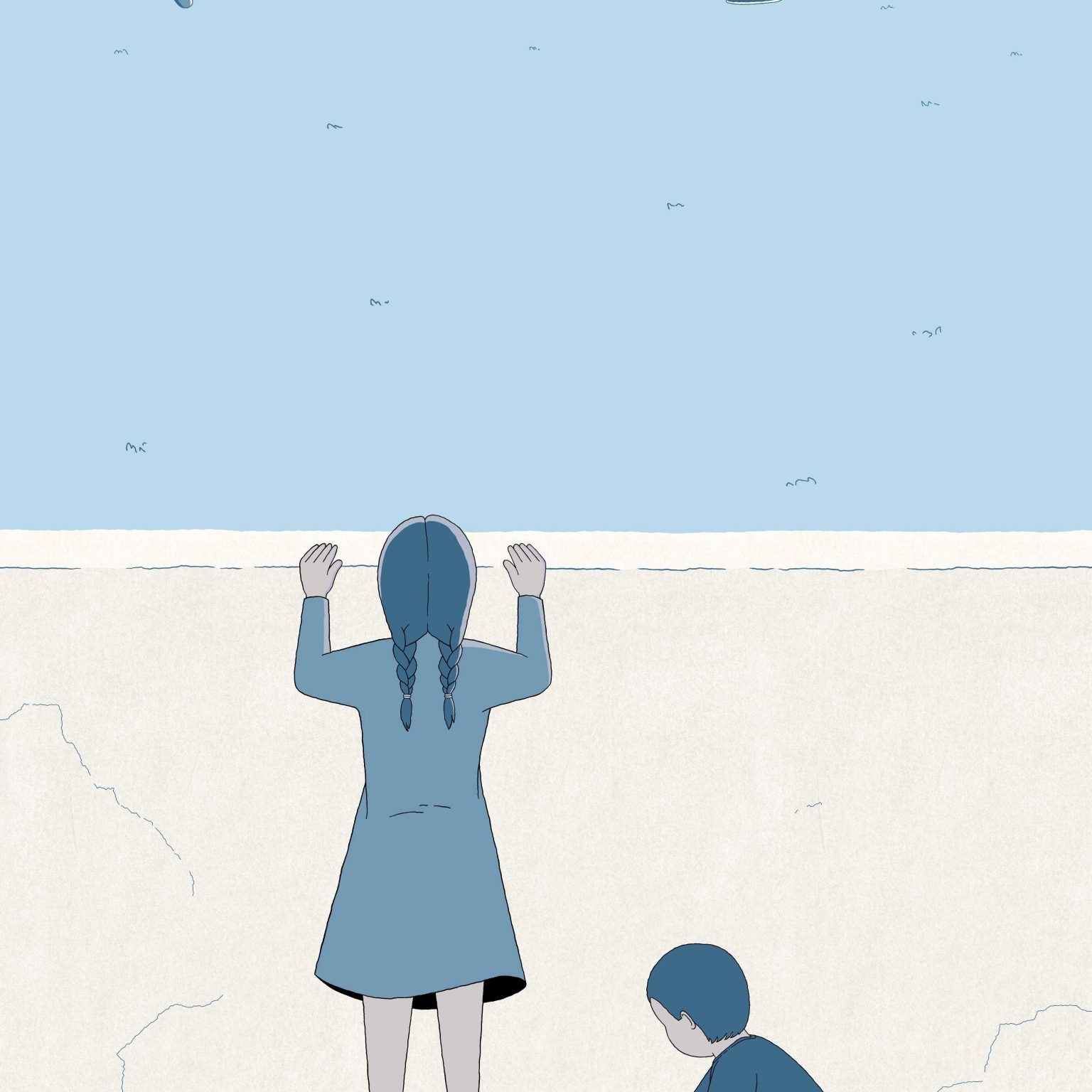
AnthroArtFIT FOR ALL: Tracing Inequalities in Children’s Physical Activity - Daniela RodriguesThe article tackles physical activity inequalities, both socio-economical and gender, in preschool and school age children. The undisputed benefits of physical activity on physical and mental health are well documented. So why is it that most children in industrialized countries are failing to meet weekly physical activity guidelines? The answer is complex and nuanced, but may lay in the ever pervasive and entrenched issue of health inequality. Families are often presented with “simple steps” (that promote the simplicity of individual behavior) to reinforce the ease of participating in daily physical activity, such as taking public transport or walking in natu...
2025-01-1916 min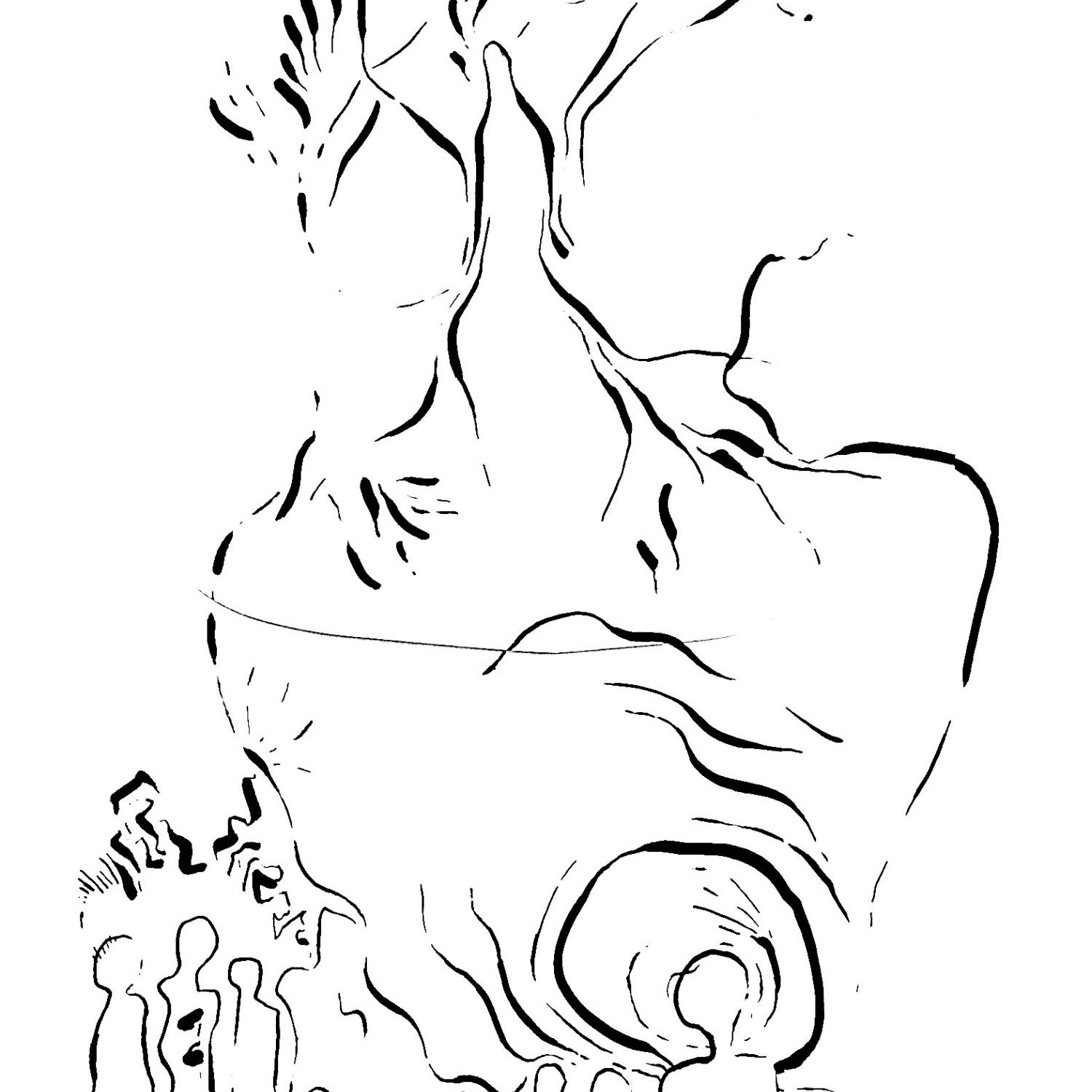
AnthroArtDevelopment of Arts-Based Social Projects Aimed at the Inclusion of Women in Situations of Social Vulnerability - Priscila DiasThis article is the result of ten years of work as a social interventionist with women in situations of social vulnerability, based on the premise: Which of my experiences as a social interventionist in the last ten years can contribute today to empower other individuals to also become social interventionists and develop actions aimed at women in situations of social vulnerability?The aim of this intellectual effort was, through my autoethnographic account, to construct material that could inspire others to also become social intervenors, focusing on the development of actions for marginalized women.I’ll fi...
2025-01-1917 min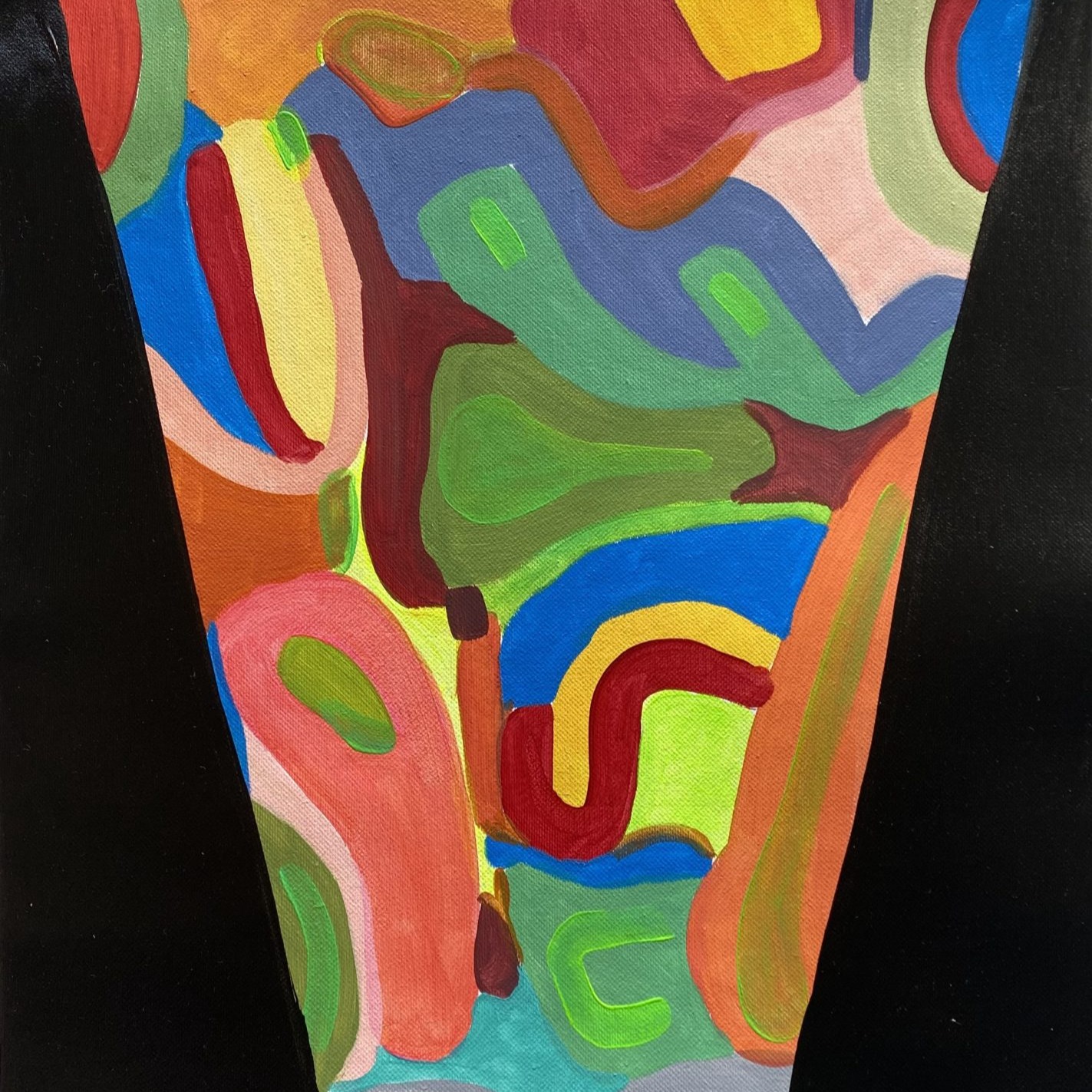
AnthroArtArtbox VR: The Gallery Reimagined - A World of Inclusion Beyond the Frame - Silvia RaposoThis article examines the potential benefits of creating a virtual gallery as a response to health crises, remote areas, and the elderly population, with a focus on addressing inequality and promoting social inclusion. The study explores how virtual reality technology can effectively break down physical and geographical barriers, facilitating access to diverse artistic expressions and encouraging participation within communities.Also problematizes the significance of the virtual gallery in providing access to the arts for marginalized populations, promoting interest and curiosity in various artistic forms, and fostering community engagement.A text by Silvia Raposo llustrated by...
2025-01-1922 min
AnthroArtThe First Day at Work - Filipe FerrazAnthropology is the discipline of counterintuition. It seeks to find the strange in the familiar and the familiar in the incomprehensible. When finished, the process starts again, this time in reverse. In the hope that a synthesis will manifest itself. In this article we propose to look at participatory art, changing the turns. What kind of art is this, the ‘non-participatory’? What does dissent flee from? For this purpose, we will use our work in participatory art projects in the last two years (Wame l Anthropology Public) as fieldwork. In a contemporary era during colonial deconstruction, grappling with identity move...
2025-01-1205 min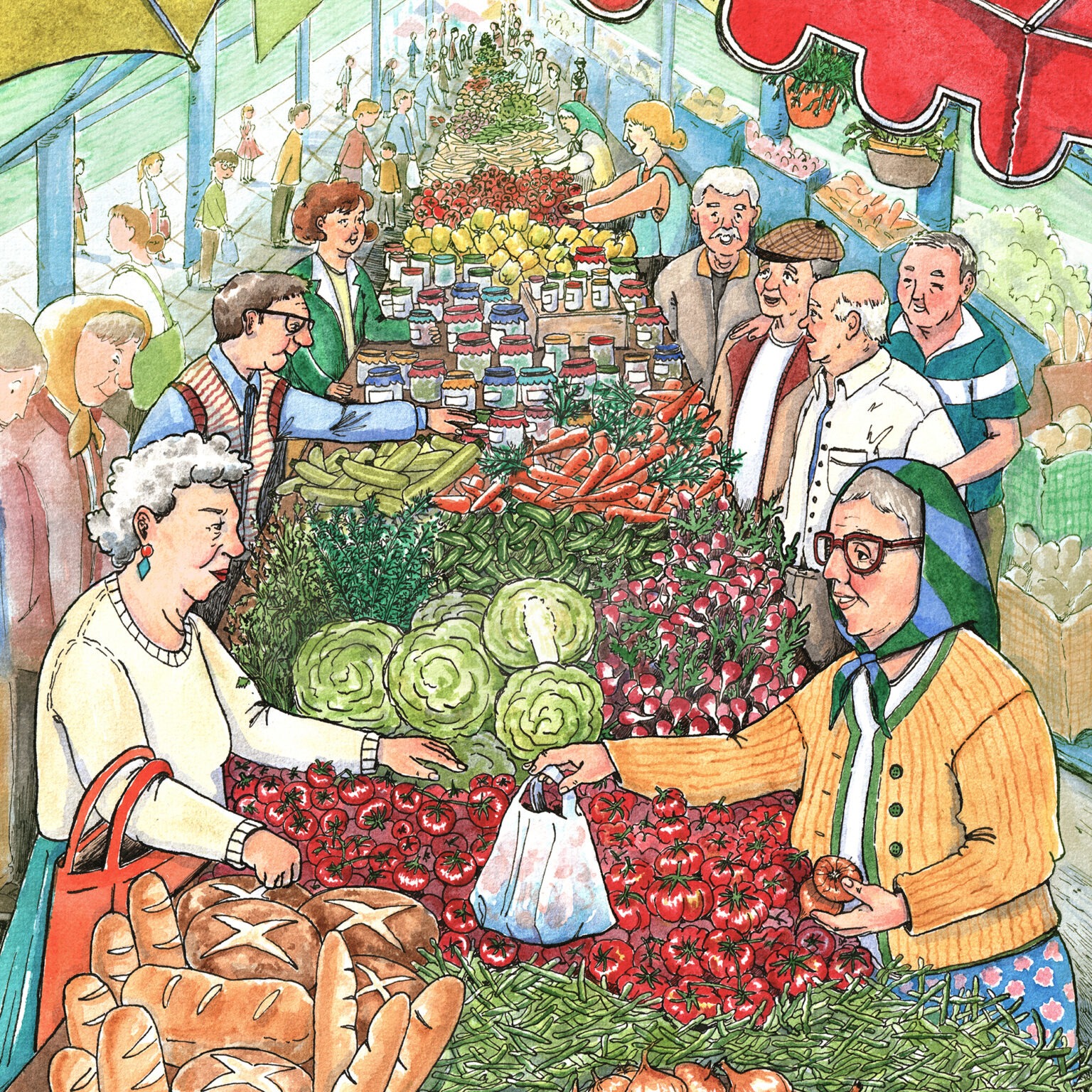
AnthroArt Seniors at the Farmers' Market - The Elders as Agents of the Fair's Spirit - Florin DumitrescuThe article discusses how older adults act as social intermediaries in Romanian farmers’ markets. The conclusion focuses on the violent effects of the gentrification of farmer’s markets on vulnerable age groups, causing social exclusion.A text by Florin Dumitrescu llustrated by Alexandra Cărăvan, read by Daniel Popahttps://theanthro.art/seniors-at-the-farmers-market-the-elders-as-agents-of-the-fairs-spirit-florin-dumitrescu/
2025-01-1221 min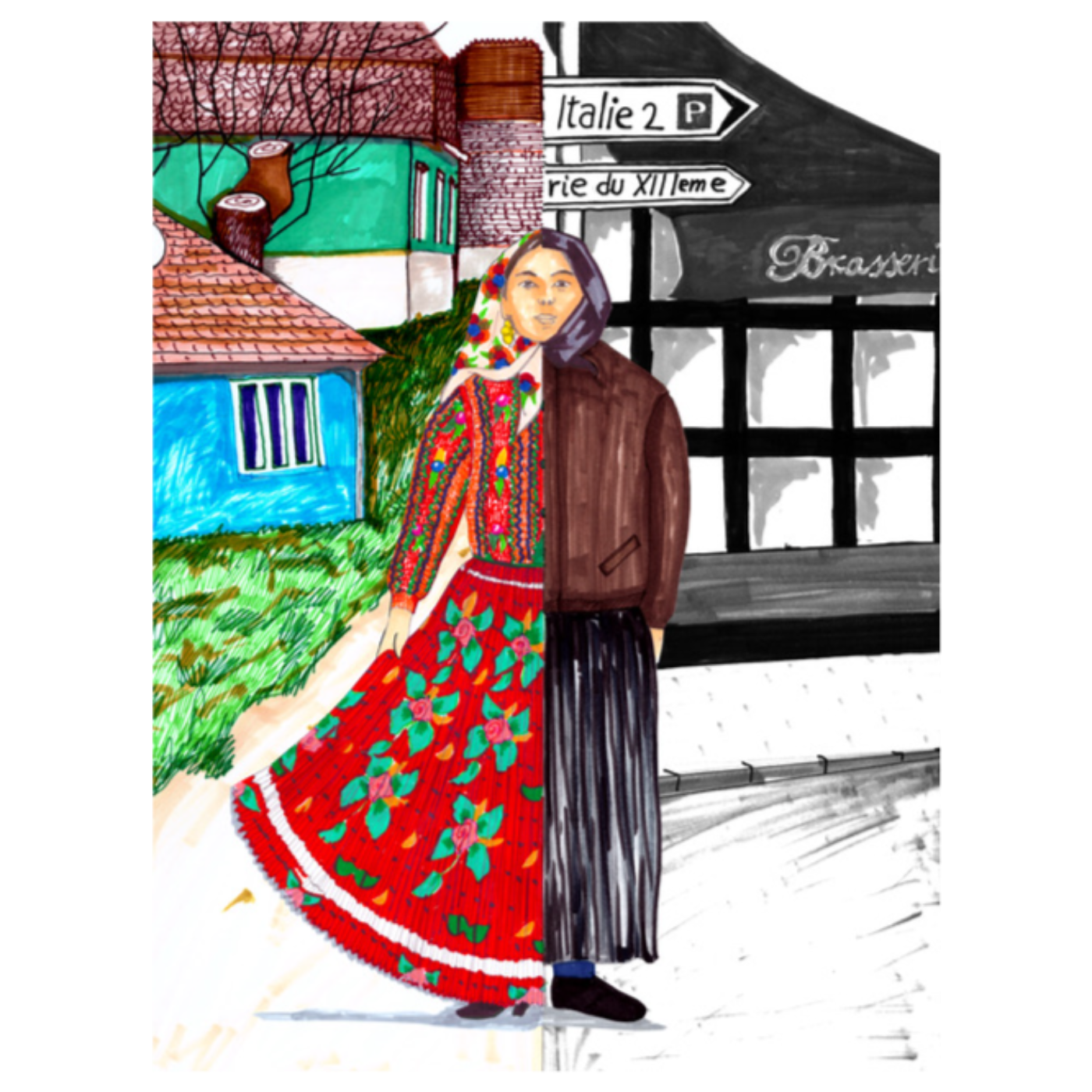
AnthroArtThe Work of Begging among Romanian Cortorari Roma. Notes of an apprentice - Cătălina TesărIn the last two decades, since Romania’s EU accession, Cortorari Roma from the South of Transylvania have been performing a new procurement activity, begging in the streets of Western Europe. During my PhD fieldwork I myself became an apprentice to a family bagging in Italy. This piece shows that contrary to wide spread conceptions of beggary as a non-lucrative activity, Cortorari experience it as a kind of work located in the flesh and the body. When they go begging, Cortorari renounce their colorful attire for the worn-out beggar’s garb which symbolically veils their ethnic identity. This article cont...
2025-01-1221 min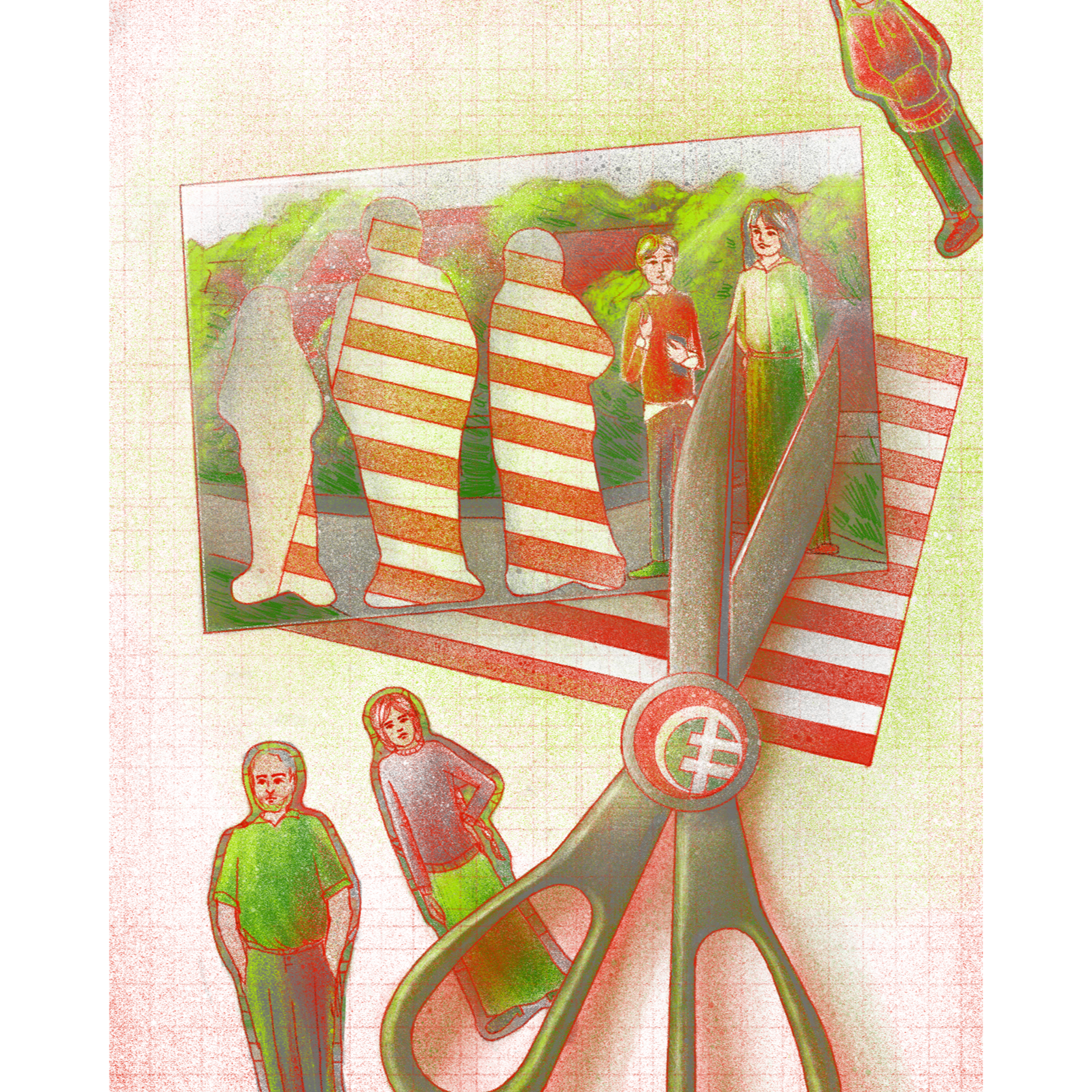
AnthroArtResearch and Reflections on Far-Right Paramilitaries in Hungary in 2011 - Manuel MireanuThis is the story of my (non)-interaction with the Hungarian far-right paramilitary groups, during their ‘war’ against Roma people in countryside Hungary in 2011. Some context first: I began researching the Hungarian far-right in 2009. I had mainly two reasons for doing this: on the one hand, I was interested in how people come together in groups that challenge the state’s monopoly on violence, and perform security tasks, such as defending villages, neighbourhoods and other public spaces; on the other hand, I wanted to use my research to understand and help curb down the rise of hyper-nationalism and neo-nazism in Hun...
2025-01-1221 min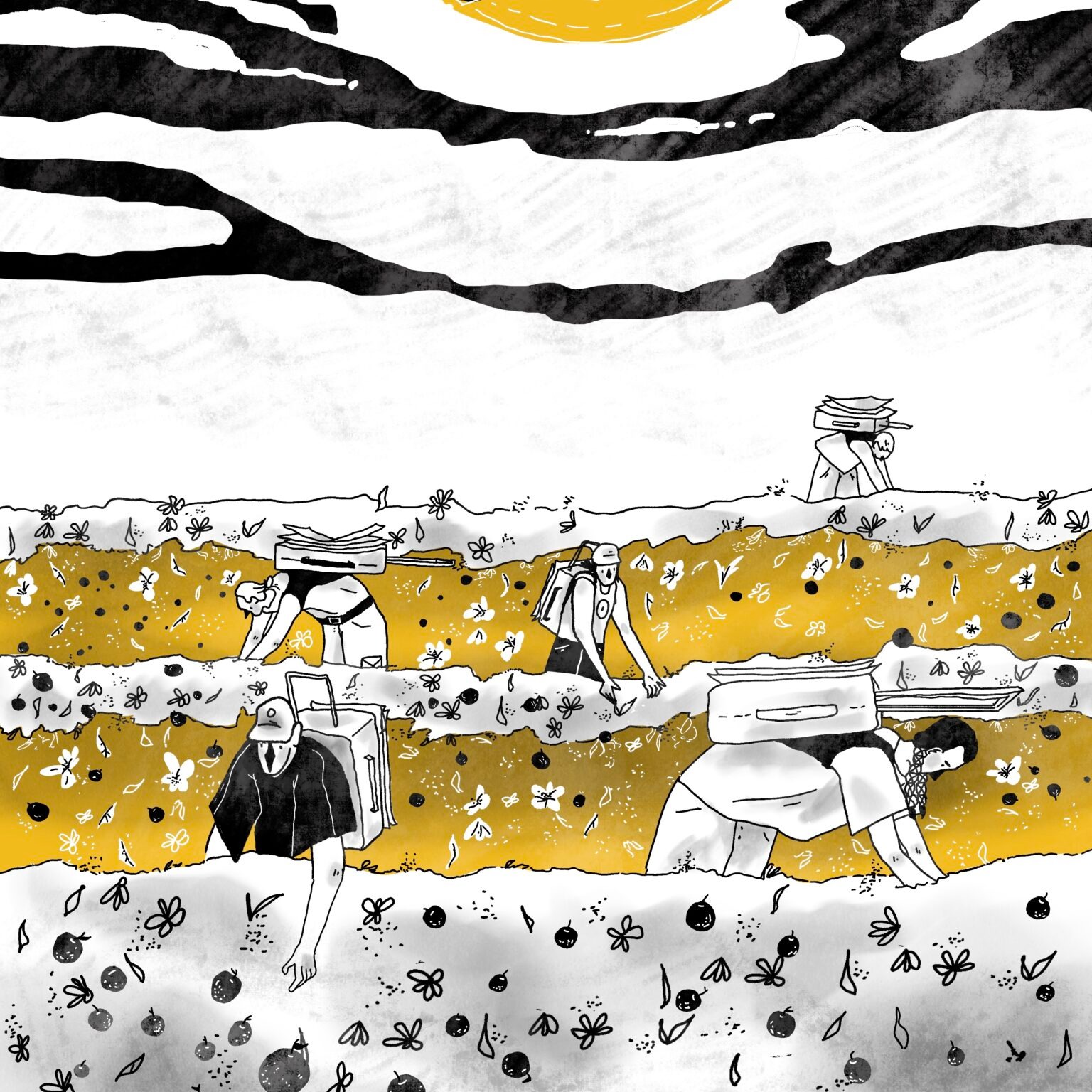
AnthroArtManaging Labour Hands: The Lived Experiences of Romanian Migrants in the Dutch Agro-Food Sector - Andreea Maria FerentIn this article, I will examine working conditions, vulnerabilities, and social exclusion, experienced by Romanian migrants working in the Agro-Food sector in the Netherlands. Within the agricultural industry, there is a common presence of prime technical progress, a sector where immense resources go to innovations and research, but also a sector of evermore precarious forms of employment. Therefore, I argue rising debates about the success story of Dutch agriculture must relate to the work narratives of the seasonal and flexible migrant workers that sustain the sector. I will analyze the complicated dynamics of the production process in agricultural labour...
2025-01-1216 min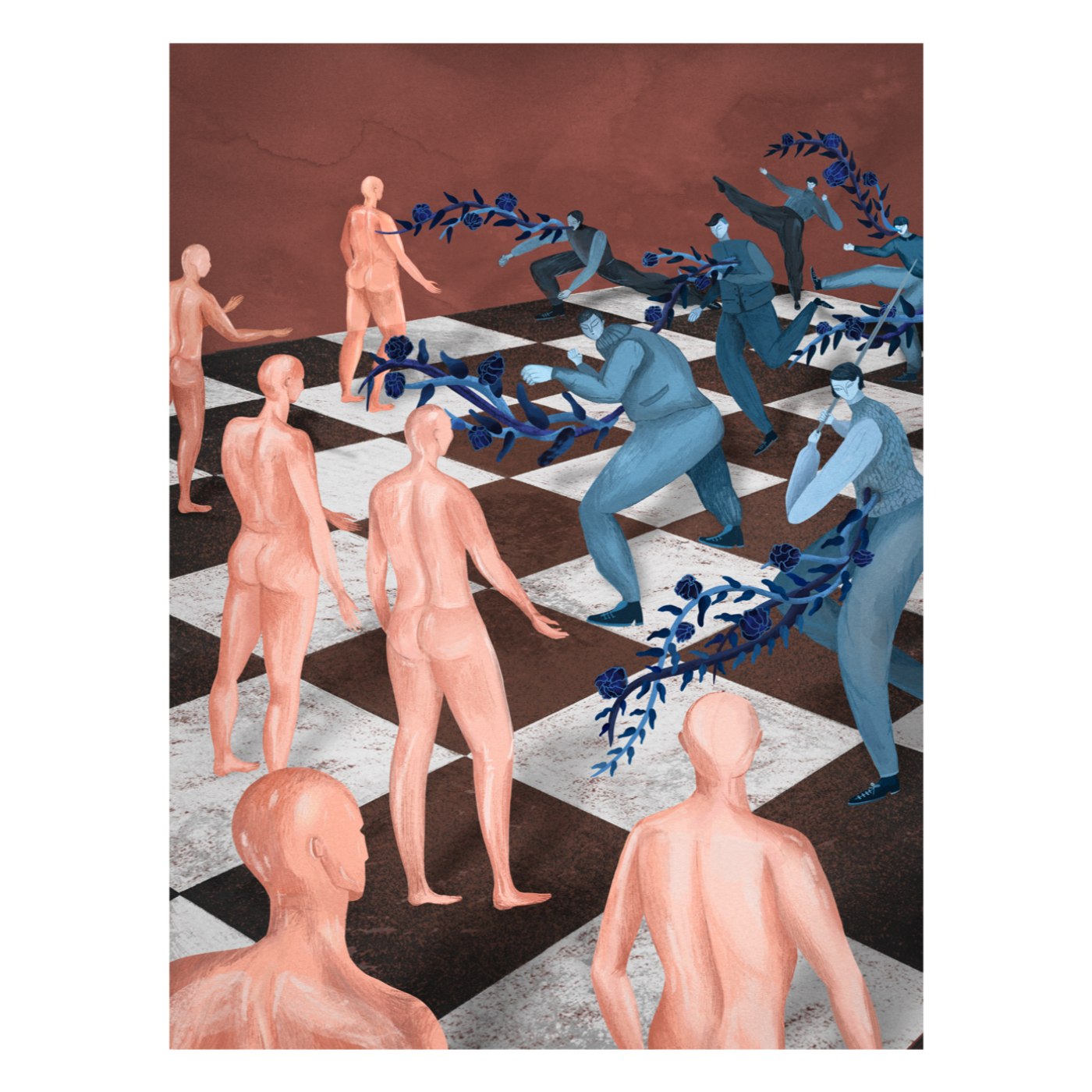
AnthroArtOn Hate, its Objects, and the Poetics of Sexuality - George Paul MeiuWhat is hate? How are the objects formed towards which it is directed? And why do sex and sexuality figure so centrally in defining the essential Otherness of various objects of hate in the contemporary world order? In this essay, I seek less a set of firm answers to these questions. Instead, I propose an exercise in the ethnographic imagination—a way to begin addressing them in more nuanced ways. Such an approach shall help us understand better how hate and its targets emerge and possibly also formulate different critiques of social inequalities premised on hate.A te...
2025-01-1223 min
AnthroArtThe Homemade Culture Bubble – Jean-Lorin SterianStarting in 2012, I began to study artistic events taking place in domestic spaces. From the repeated contact between hosts-artists and audience in domestic settings, inclusive social spaces emerge which I call homemade culture bubbles. In this text, I posit that they constitute a subcultural solution (Cohen, 1955) through which people interact and associate with those who share the same maladjustment, in this case, to the conventions of the art world. Apart from events organized within totalitarian regimes, adjustment is not a negative, but a readjustment. Through homemade culture events, host-artists send a simple message to the art world: art can...
2025-01-1223 min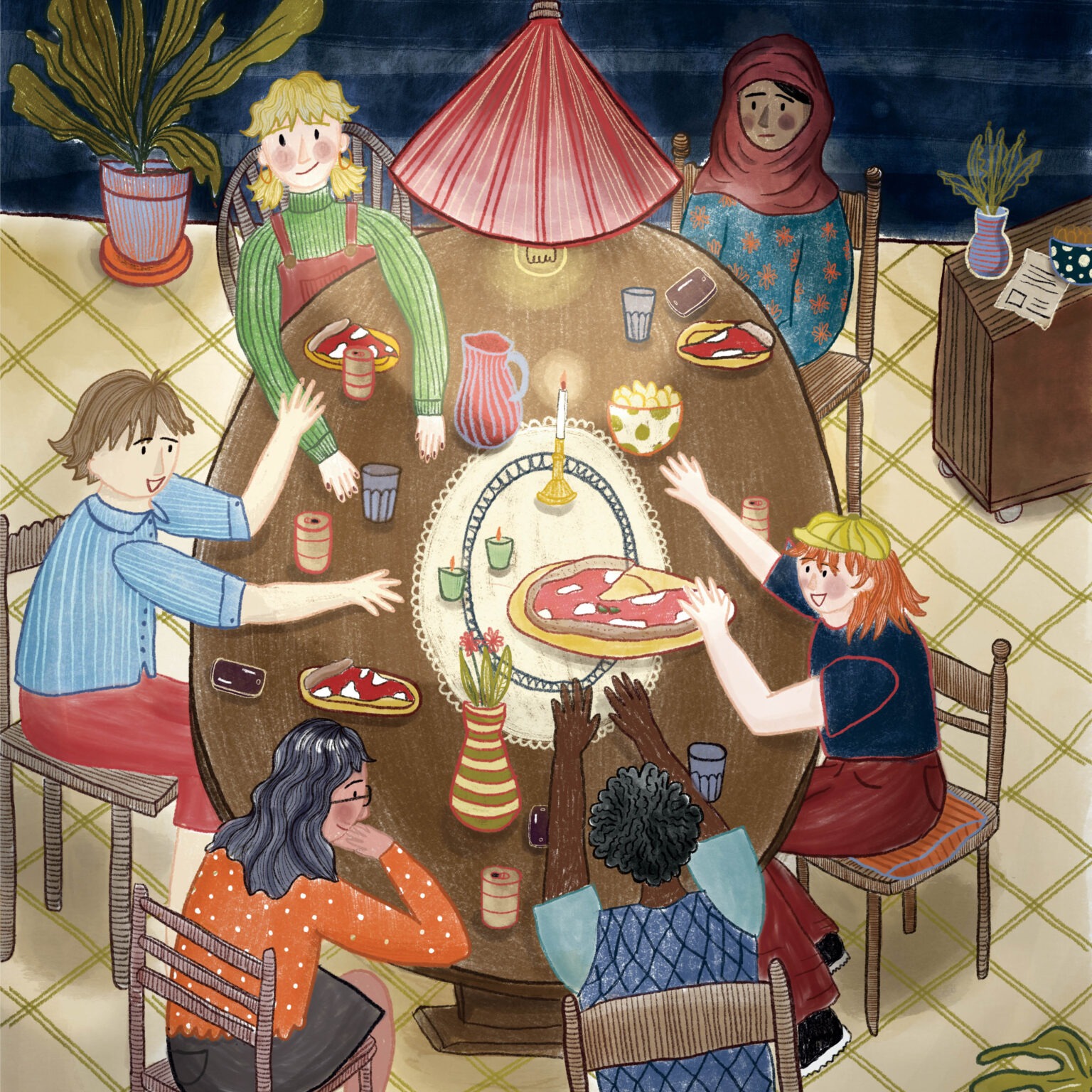
AnthroArt ’Are you biased?’: the complexity of researching & advising on inclusion in the public eye - Rosalie PostIn this paper, I ponder a research project that I was a part of, during my employment at a research consultancy. I want to use it as a case study, to raise some ethical questions I have no definite answers to: how do we do research on diversity & inclusion, particularly for public policy, and how do we do it in an ethical way? And what are the best/right policy choices? When it comes to the positionality of a research consultant and policy advisor in housing (this was my job title), how could I have ever known for s...
2025-01-1021 min
The Creators Game PodcastCreators Game Podcast Ep.13 | 2024 World's Lacrosse, NAMLA League & Ego in LacrosseIn this episode of the creators game podcast the gang sit down and talk about the 2024 World's lacrosse as well as the Haudenaunee women's team first appearance at World's Lacrosse. Other topics were introducing possible new teams in NAMLA and how the OLA would react as well as Ego in lacrosse and what parents and coaches can do.
2024-09-281h 30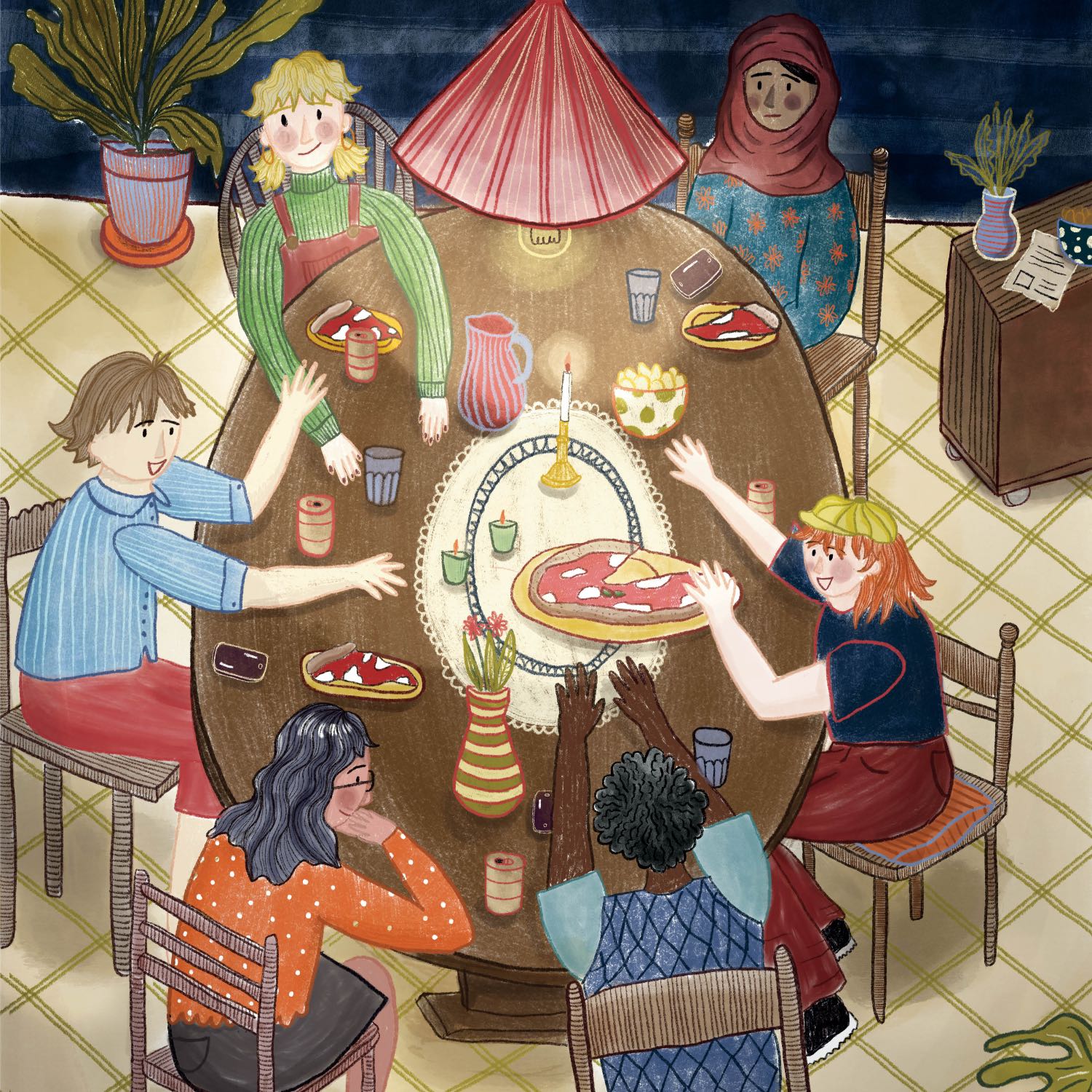
AnthroArt’Are you Biased?’: The Complexity of Researching & Advising on Inclusion in the Public Eye - Rosalie PostIn this paper, I ponder a research project that I was a part of, during my employment at a research consultancy. I want to use it as a case study, to raise some ethical questions I have no definite answers to: how do we do research on diversity & inclusion, particularly for public policy, and how do we do it in an ethical way? And what are the best/right policy choices? When it comes to the positionality of a research consultant and policy advisor in housing (this was my job title), how could I have ever known for s...
2024-01-2921 min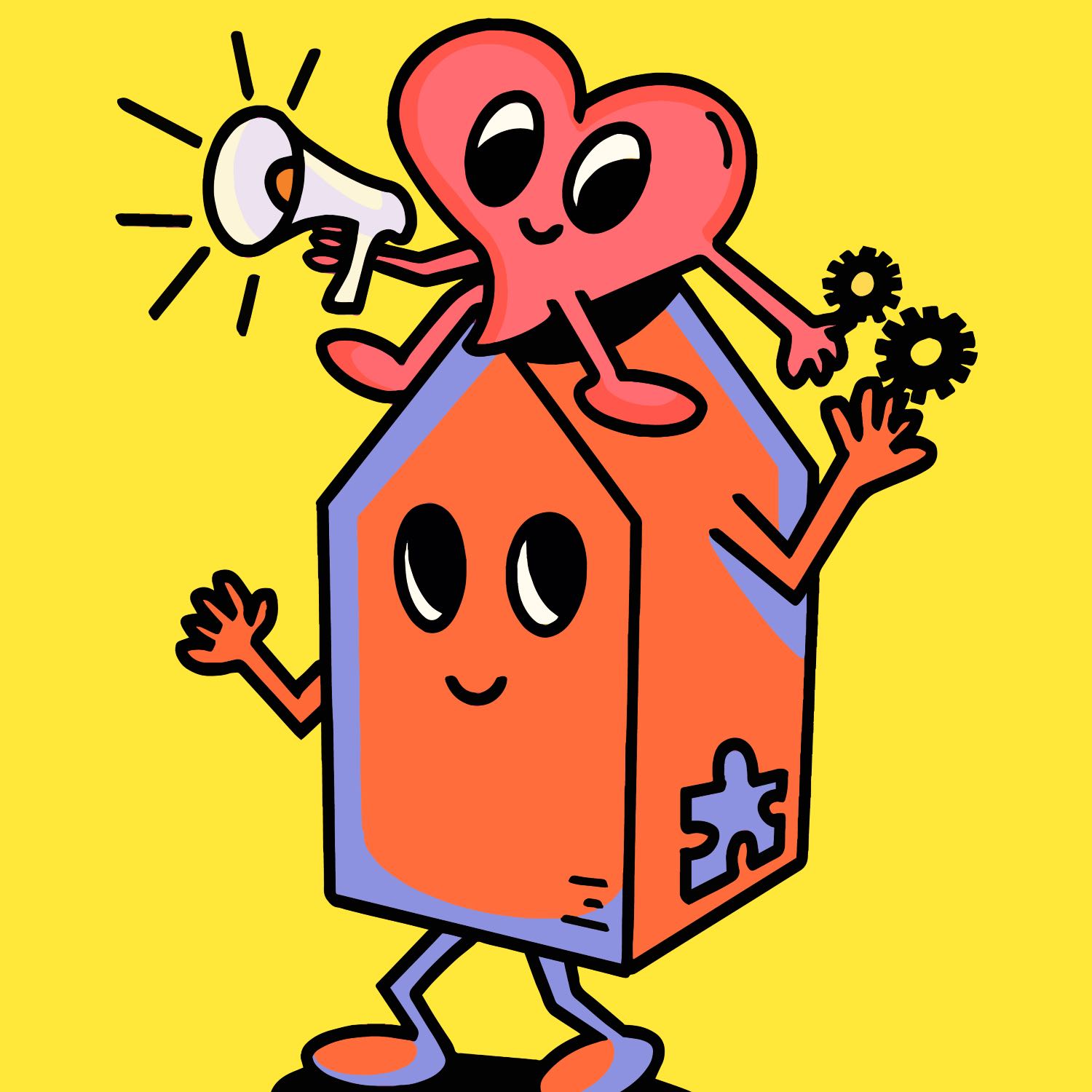
AnthroArtWorking out inclusivity through emotions – the power of vulnerability - Luiza FoniniShowing our vulnerabilities is hard. However, not doing so will undeniably compromise our possibility to connect with others. In this essay, I share my experience in a week’s research in a community home located in Amsterdam. The story that happens in De Meevaart is a gateway to talk about emotions and about the power that having resources and company to experience emotions can have for social inclusion.Article by Luiza Fonini, illustrated by Studio Sonsuz, read by Luiza Foninihttps://theanthro.art/working-out-inclusivity-through-emotions-the-power-of-vulnerability-luiza-fonini-illustration-by-studio-sonsuz/
2024-01-2921 min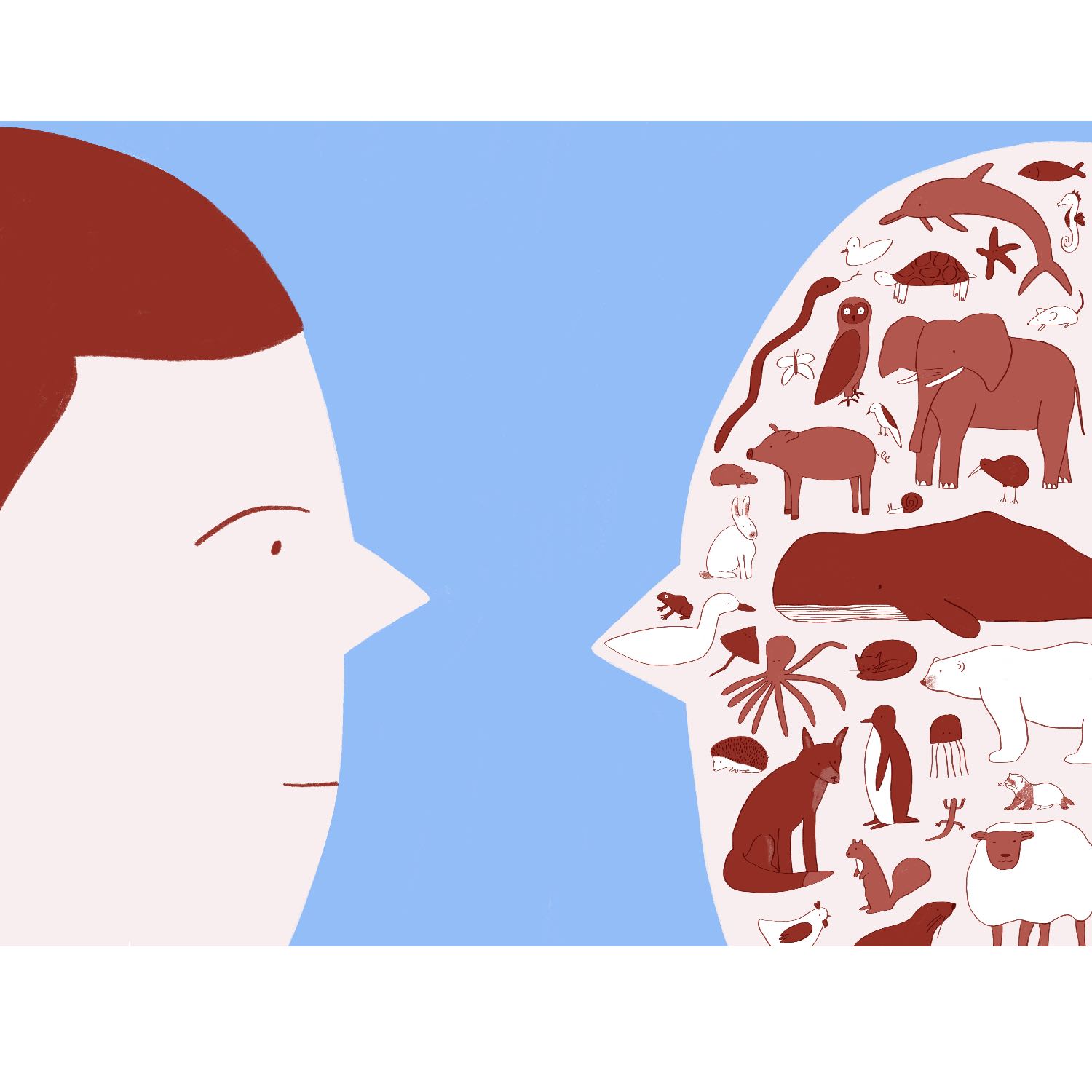
AnthroArtCan humans empathize with animals? Recognizing our limited view in understanding animals' intelligence - Gabriëlle BruggelingAs an anthropologist I believed that ‘culture’ is what makes humans exceptional compared to other living beings. Research on social learning and cultural traits among animals, however, shows that ‘human abilities’ are found among animals as well. It states that humans and animals are more alike than different. These findings invite us to learn to understand animals’ intelligence through the setting of their ecology, instead of from the human point of view. But are humans capable of empathizing with animals in that way? It is an instinct of human evolution to attribute human-like traits and behaviors to animals. This tendency i...
2024-01-2923 min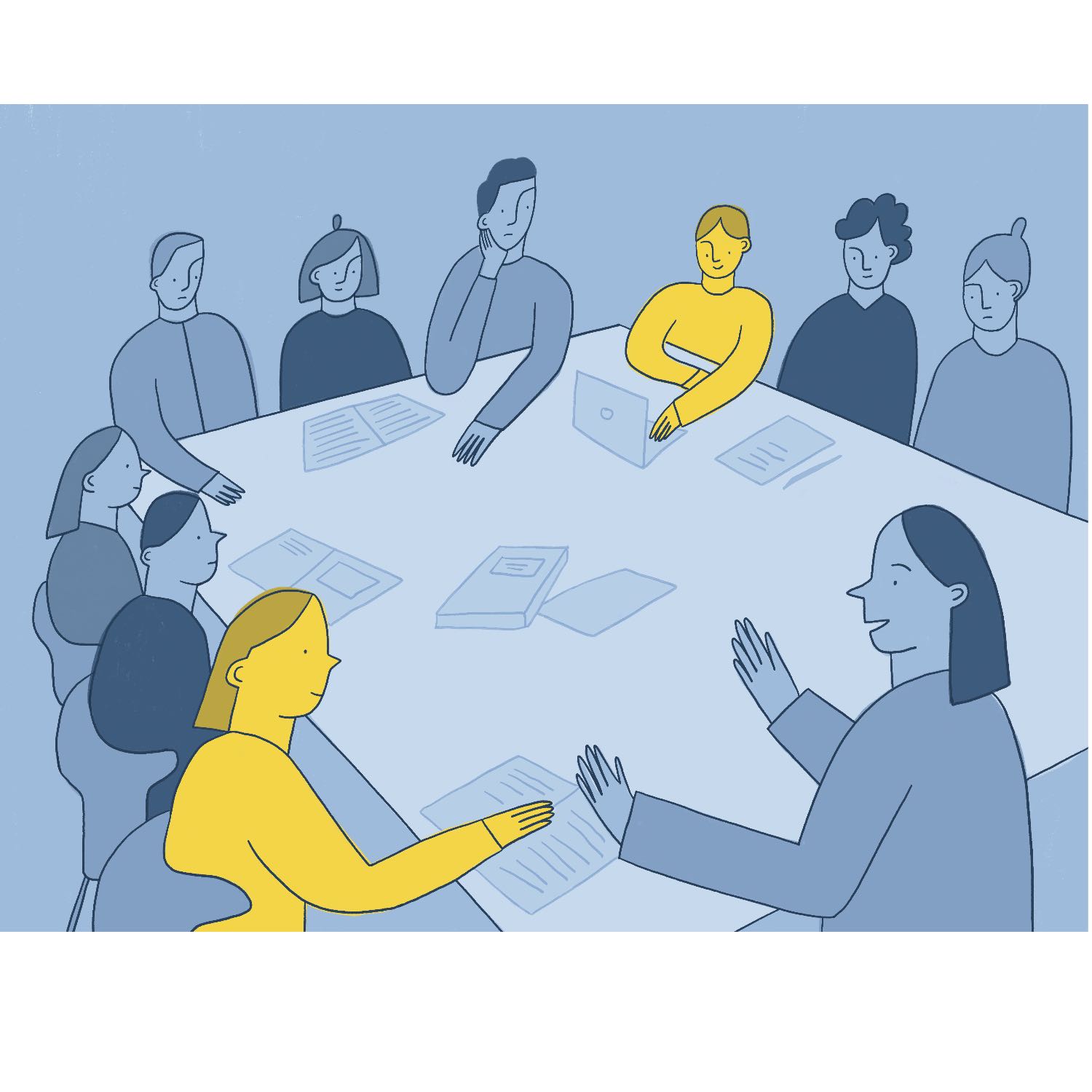
AnthroArt“First-generation student”: a helpful or stigmatising label in Dutch student life? - Lieve de ConinckWhat happens when an etic category or label like “first-generation students” enters public discourse? In the Netherlands, public discussions of first-generation or first-in-family students and their predicaments have arisen in recent years. But few people grow up thinking of themselves in those terms. Not a common identity-marker, the concept is introduced in other moments, like in news items or in participatory research projects. But to what effect? And does it stigmatize or help?Article by Lieve de Coninck, illustrated by Eline Veldhuisen, read by Rosalie Posthttps://theanthro.art/first-generation-student-a-helpful-or-stigmatising-label-in-dutch-student-life-lieve-de-coninck-illustration-by-eline-veldhuisen/
2024-01-2920 min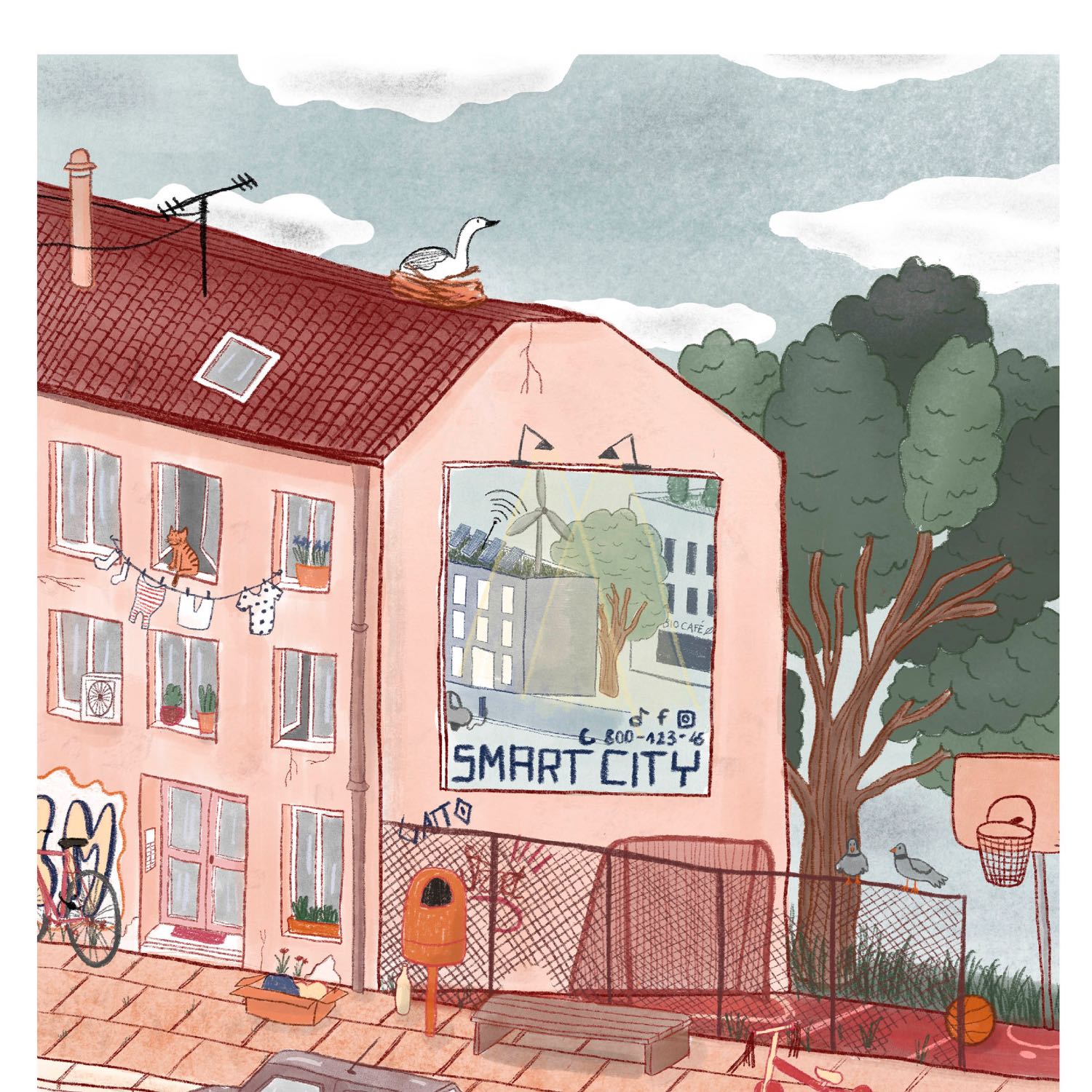
AnthroArtMaking innovation more social: countering patterns of exclusion in Dutch sustainable transitions - Razia Jaggoe, Marten Boekelo, DuneWorksIn the West of Amsterdam there is an area that used to be occupied by light industry, but which since has been designated as a new area for housing development. Surrounding the area is a working-class neighbourhood with homes built in the first half of the 20th century. Rather than giving corporate developers free range, the municipality has also given space to citizen initiatives and community development. One project to come out of that is a climate neutral neighbourhood that aims at self-sufficiency. This essay is about in- and exclusion dynamics in sustainable innovation trajectories. As we will show...
2024-01-2922 min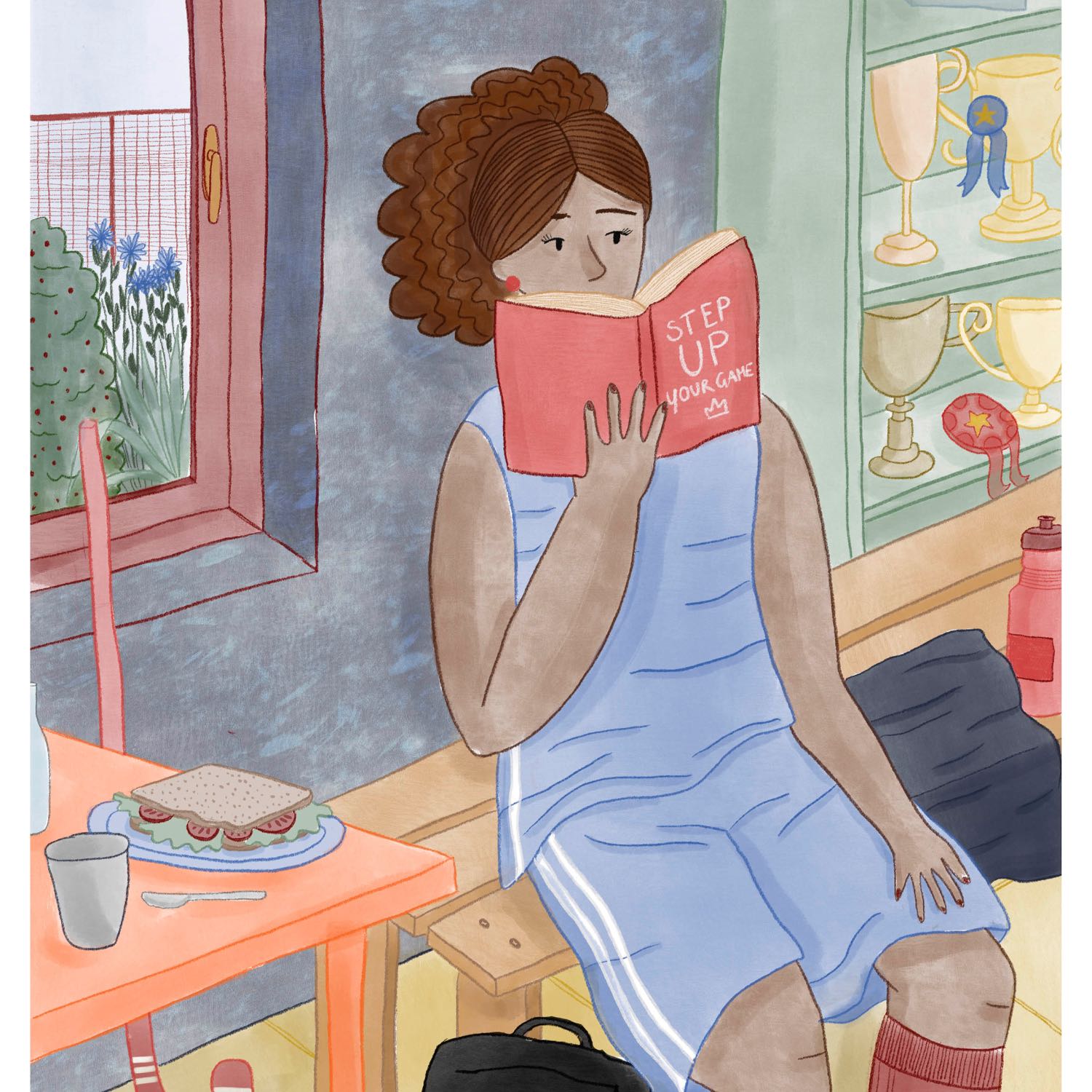
AnthroArtWhat Works for Women? Self-improvement versus a social and cultural approach to solve gender inequality at work in The Netherlands - Stephanie van der RaadWe should question the belief that women’s less ideal positions at work compared to men, are their individual duty to undo. This belief encourages women to focus on self-improvement, and ignore and reduce the differences between men and women when it comes to equal payment, leadership positions, professional behavior, maternity leave and other work-related matters. However, when approaching gender inequality at work through cultural structures and established institutions, it seems to boost men’s thriving over women’s. To truly solve the gender gap at work, we should distance ourselves from the unfair notion that primarily individual women should...
2024-01-2917 min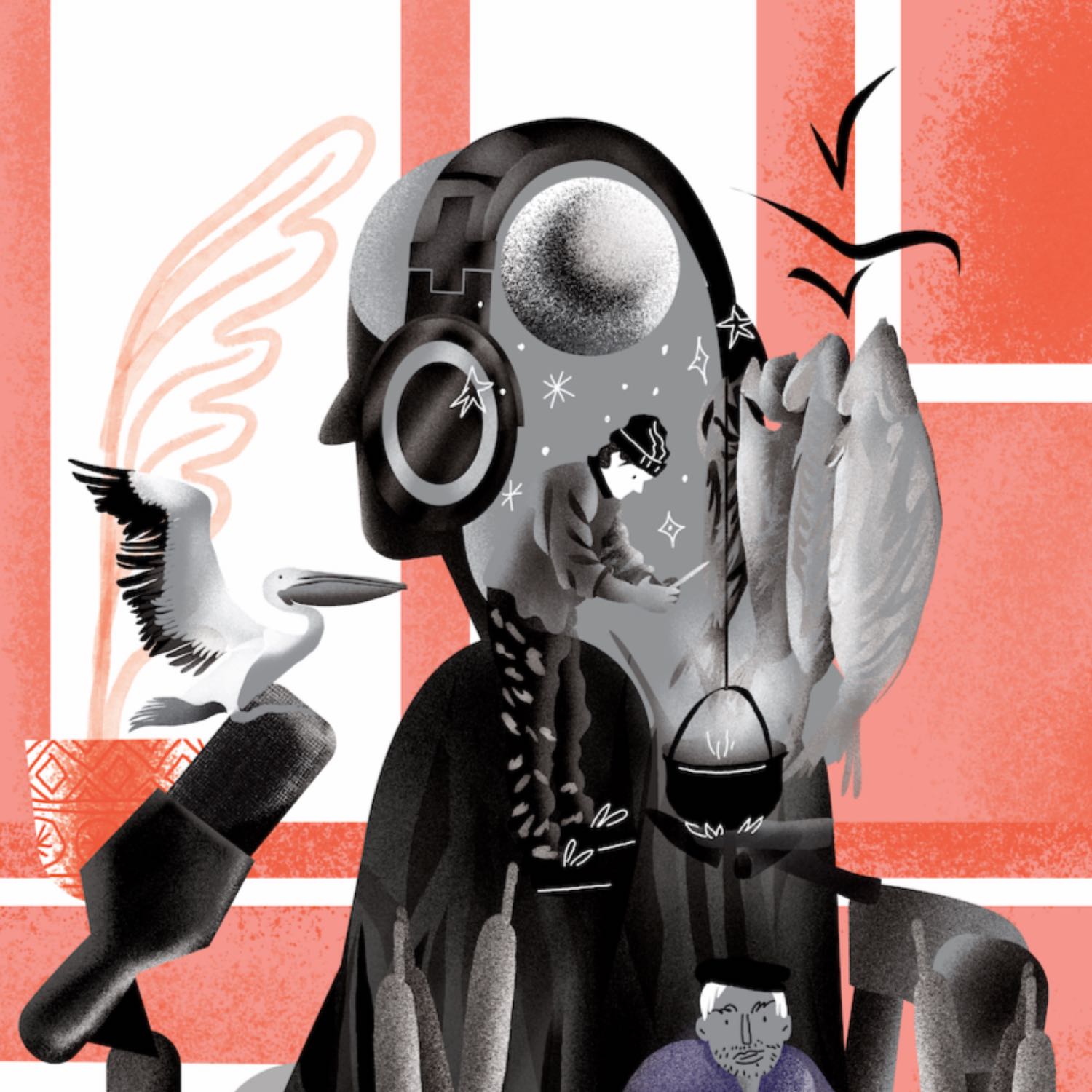
AnthroArtEnvironmental Anthropology: On Nature, Human Communities, and the Little-Known Reality - Oana IvanWe all care about the environment, one way or another. The news in recent decades about the state of the Planet has probably made us more careful about our actions, because we care about nature and what we pass on to future generations. Also, in addition to the general public, specialists in the natural sciences initiate numerous environmental protection programs. All these efforts and good intentions can sometimes be misdirected in the absence of a deep understanding of the situation on the ground. Environmental anthropology deals with the way human communities relate to the environment and use the natural...
2024-01-2918 min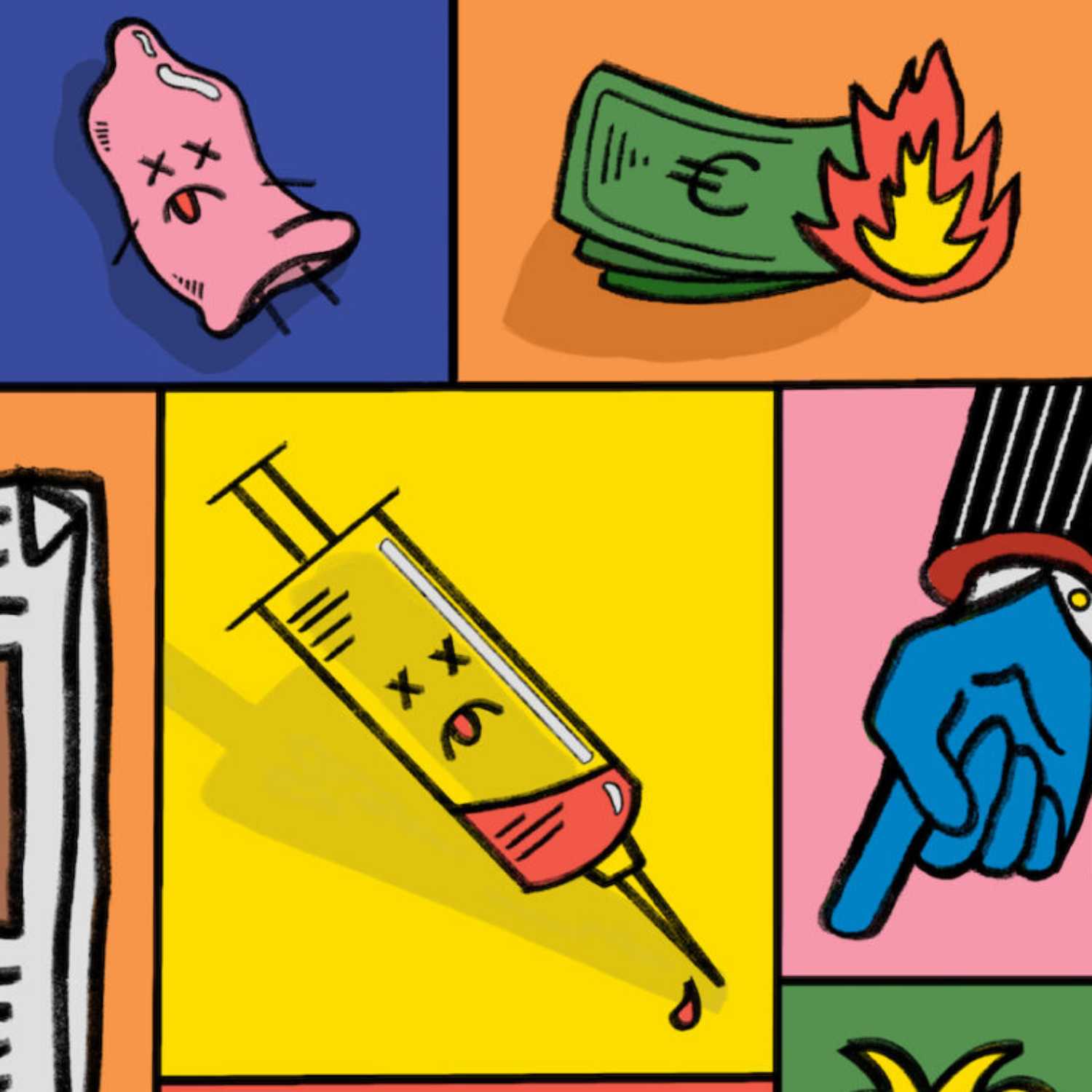
AnthroArtInvestigative or embedded research? Fieldwork experiences in Ghana and Cameroon as lessons for anthropology at home - Sjaak van der GeestMy experiences with anthropological research in Ghana and Cameroon made me aware of the differences between doing such research ‘there’ and ‘here’, between being a visitor in another country and being a researcher in my own society.Illustration by Studio Sonsuzhttps://theanthro.art/investigative-or-embedded-research-fieldwork-experiences-in-ghana-and-cameroon-as-lessons-for-anthropology-at-home-sjaak-van-der-geest-illustration-by-studio-sonsuz/
2023-07-2916 min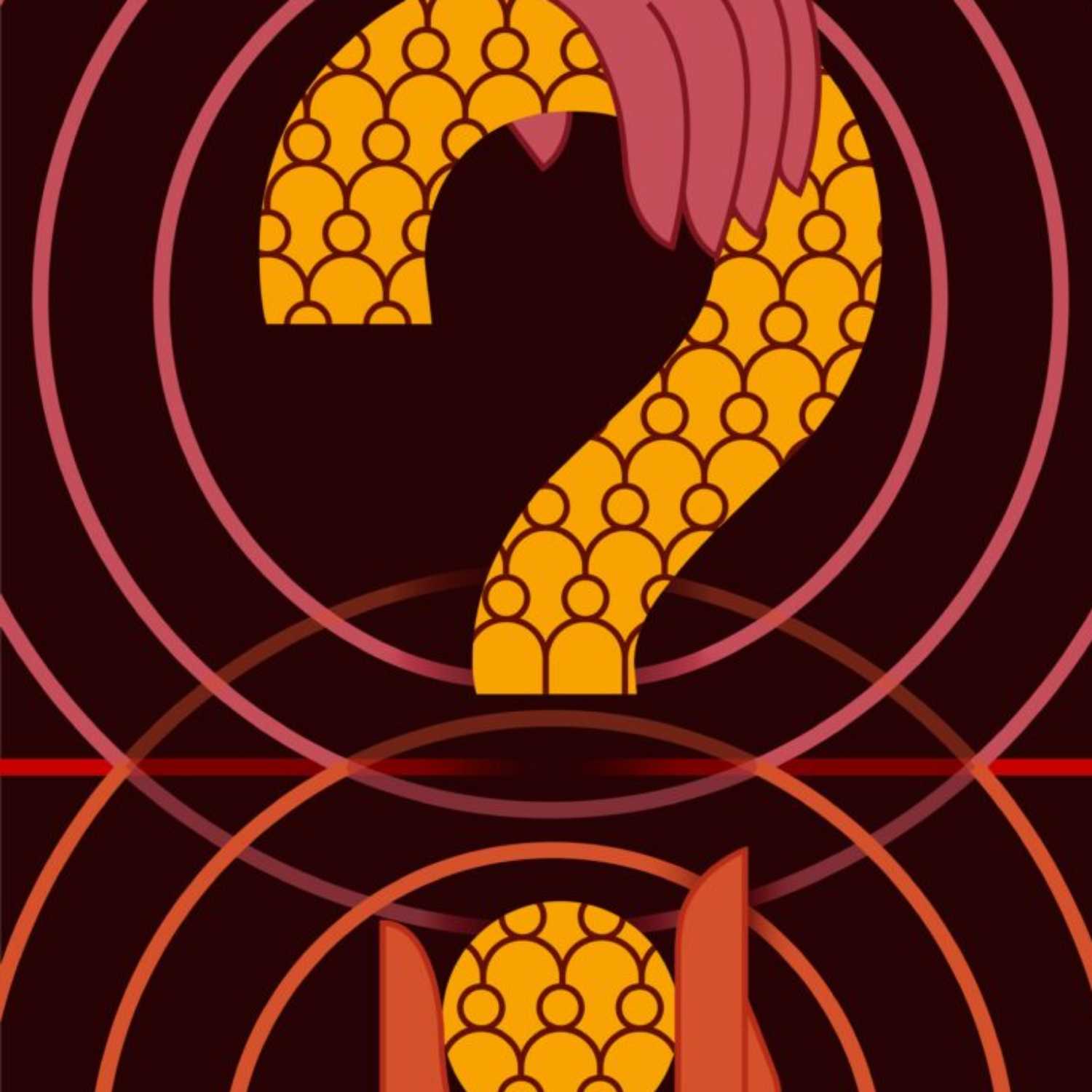
AnthroArtAfter Categorical Exclusion: Domains and Processes of Social Exclusion of the Romanian Roma - László FosztóUnderstanding the causes of persistent inequality between different segments of a society is at the core of social science. This article explores the issue of exclusion by examining various mechanisms of durable inequality within Romanian society, with a specific focus on the Roma population. Throughout history, the Roma have experienced institutionalized exclusion, including slavery, which this text refers to as “categorical exclusion”. Even though these explicit forms of exclusion have been abolished, there is still evidence of “social exclusion” as a continuation of earlier institutionalized servitude. To understand and address the mechanisms that perpetuate inequality, it is crucial to critical...
2023-07-2921 min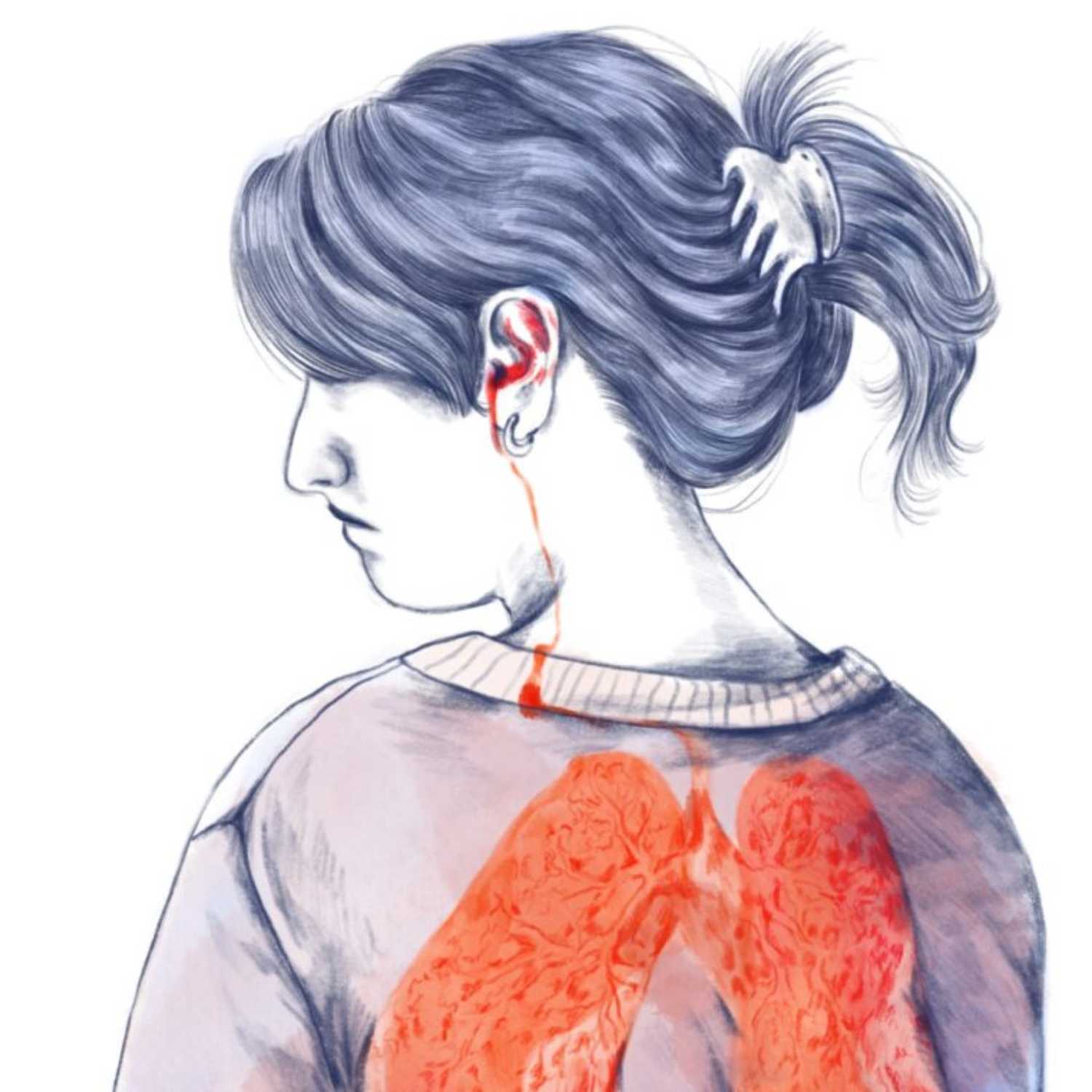
AnthroArtBeing “Cured” but No Longer Being Yourself: Tuberculosis Sequelae and the Unseen Second Lives of Romanian Tuberculosis Survivors - Jonathan StilloIt is well known that tuberculosis (TB) damages the physical body. Less known is the fact that the body is frequently damaged by one or more of the many side effects of TB drugs. What is even less recognized, including among doctors, is that this multi-layered damage often lasts long after a person is cured and may be irreversible. In this article I will discuss hearing loss and other sequelae (aftereffects of a disease or injury) caused by tuberculosis and its treatment and experienced by people in Romania. I argue that these harms change TB survivors’ sense of self, an...
2023-07-2920 min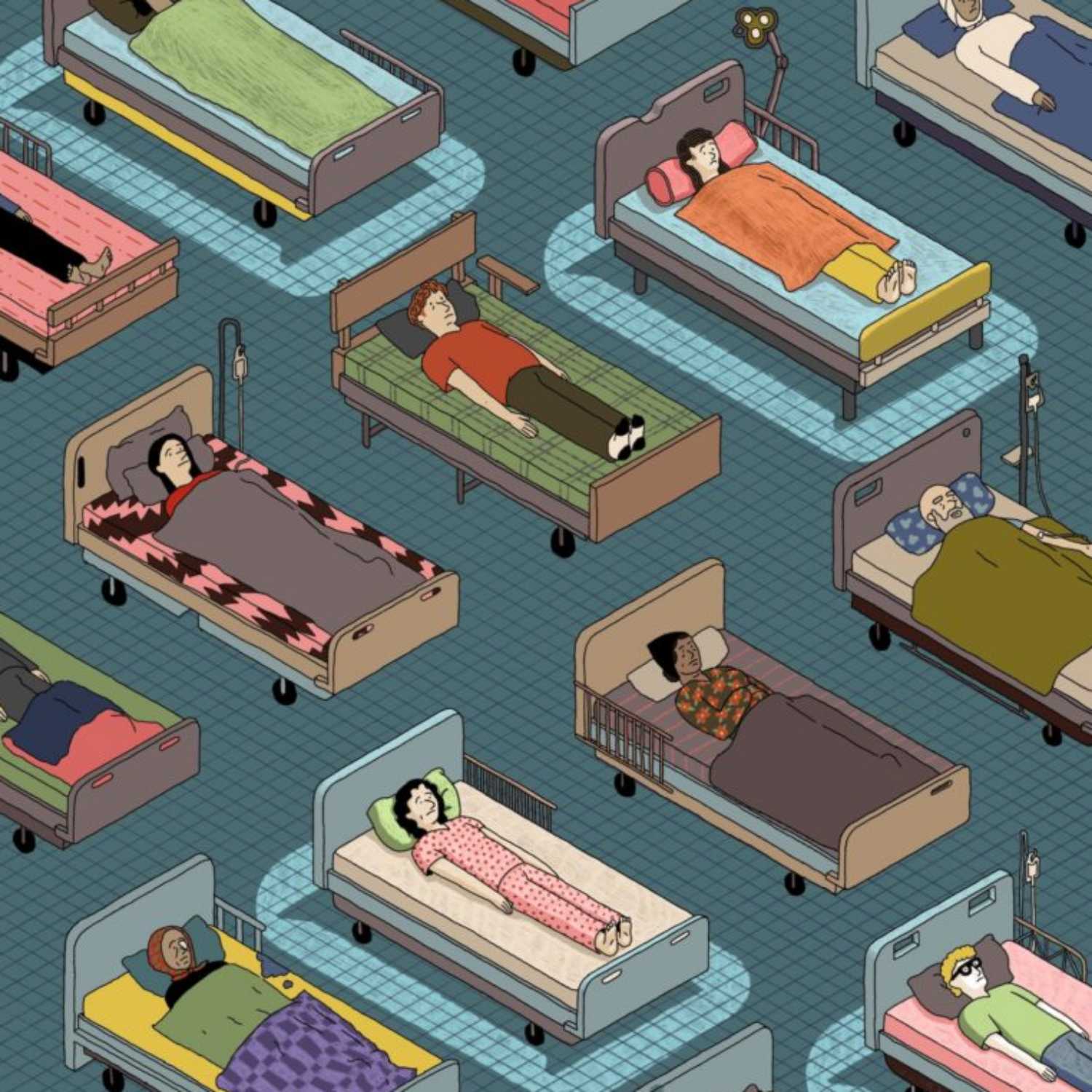
AnthroArtSorting Patients Out: The Moral Evaluation Process in Emergency Departments - Marius WamsiedelIn this reflective paper, I delve into the moral evaluation process carried out by emergency department (ED) triage workers in Romania as they grapple with the rising demand for emergency care. Adopting a symbolic interactionist approach, I scrutinize how triage staff assess patients’ entitlement to and deservingness of care, with a focus on the intricate dynamics of this assessment process. My long-term fieldwork at the EDs of two public hospitals exposed that moral evaluation arises from the pragmatic necessity of dissuading patients from seeking ED services for issues that could be addressed by primary care providers. Since current policies pr...
2023-07-2918 min
AnthroArtRoma Seasonal Migration and Its Effects on Romanian Rural Communities - Valer Simion CosmaHow does intra-European transnational labor migration in agriculture change the material and status conditions of the most underprivileged groups living in the European peripheries from which this labor originates? How do the dominant groups react? While a rich literature looks at transnational labor migration from Eastern Europe to Western Europe, there is still room for research on the ethic relations that structure these flows as well as on the material effects that it has in communities of extreme marginality such as that of the rural Roma. Illustration by Andra Badeahttps://theanthro.art/roma-seasonal-migration-and-its-effects-in-romanian-rural-communities-valer-simion-cosma/
2023-07-2918 min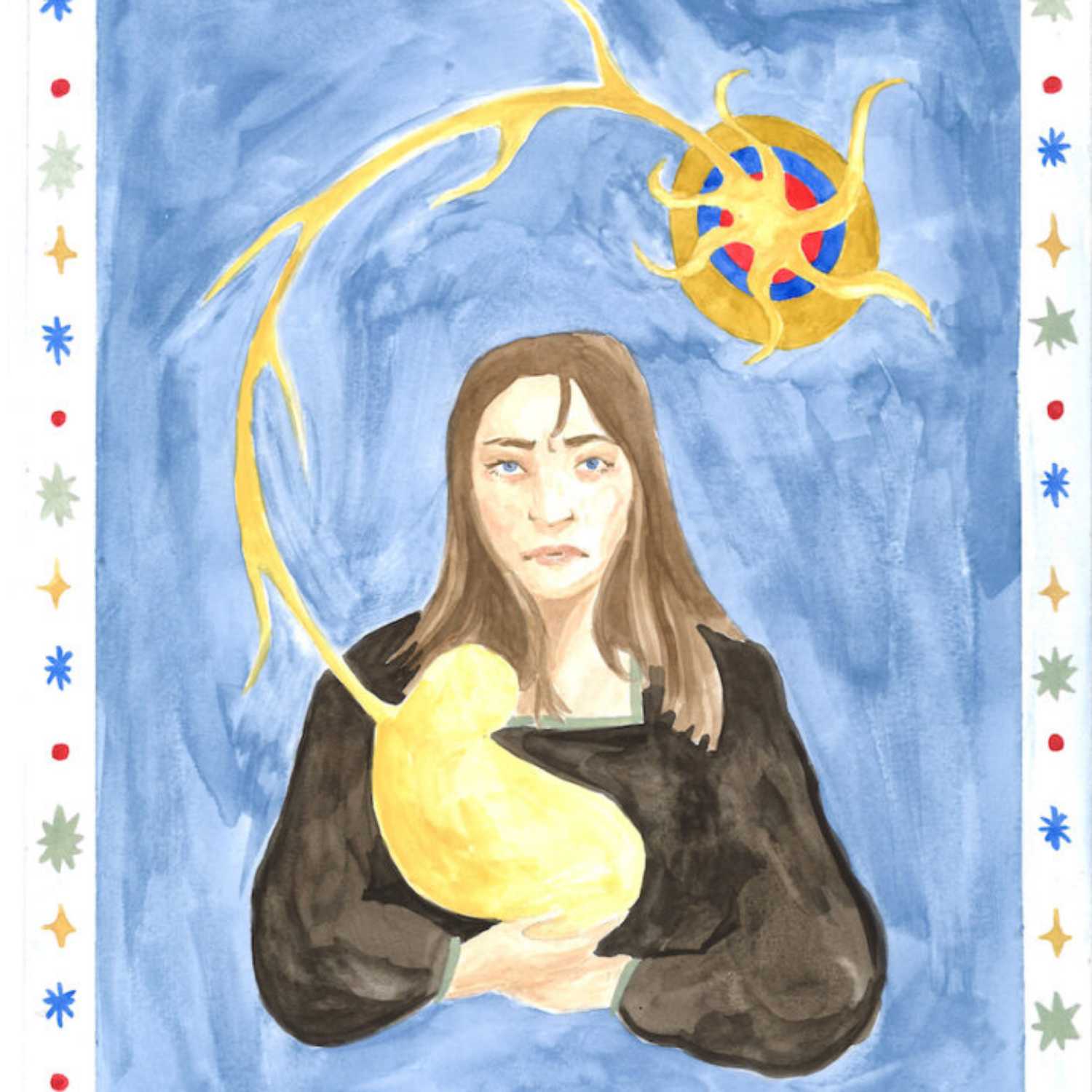
AnthroArtSuffering in Silence: Experiences of Emptiness and Exclusion after Reproductive loss in Romania - Erica van der Sijpt“I haven’t held you in my arms, but I feel you. I haven’t talked with you, but I hear you. I haven’t met you, but I love you. Your absence is like the sky: present everywhere.” In Romania, women who unexpectedly lose a fetus or newborn baby with whom they had imagined a life-long bond often experience deeply-felt emptiness and loneliness. Their experience is made worse by the silence and misrecognition they encounter in their social surroundings. This article describes women’s painful interactions with the medical system, the Orthodox Church and the people in their personal net...
2023-07-2923 min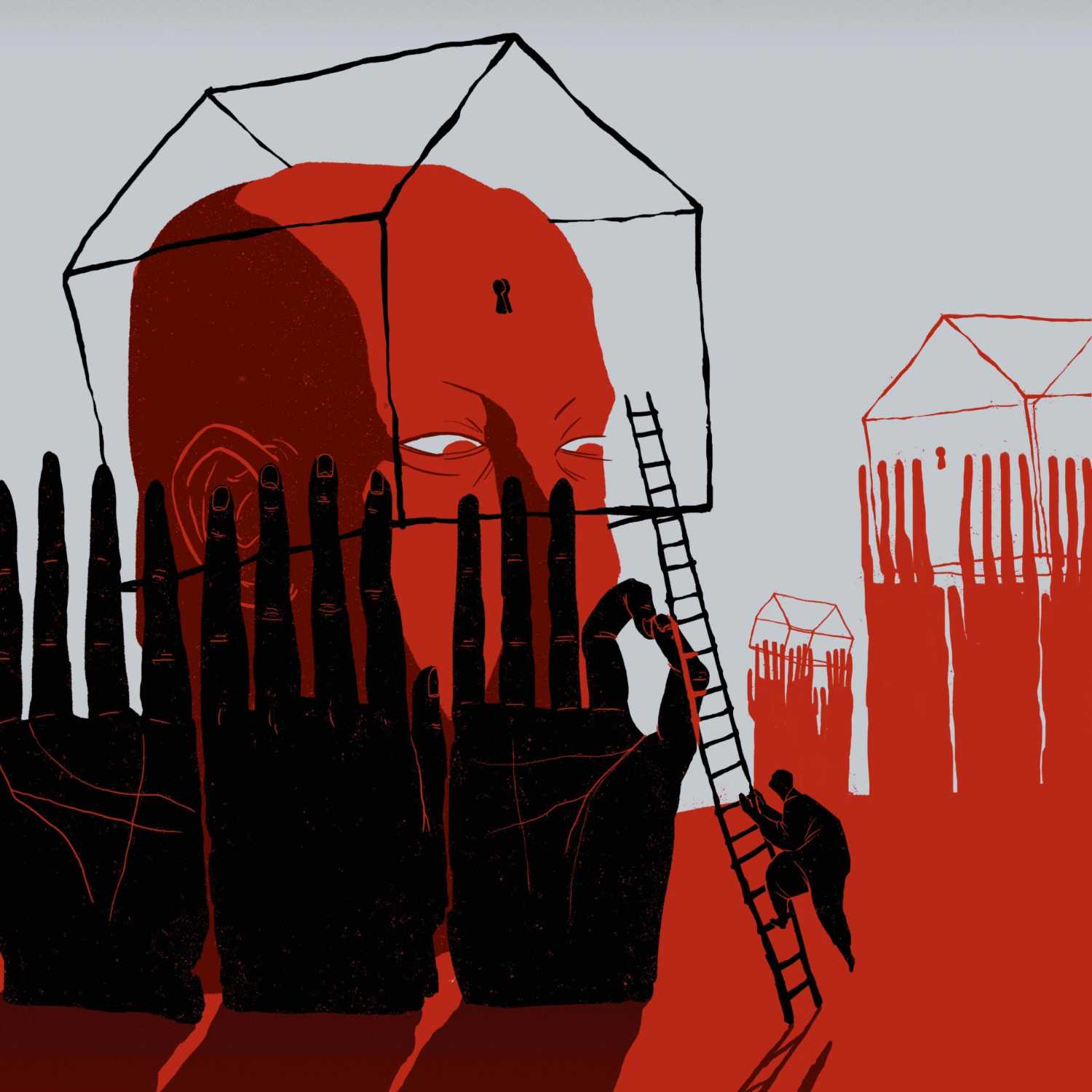
AnthroArtSecrets, Lies, and Political Inequality - Radu UmbreșTransparency and accountability are fundamental for modern democracies but grassroots governance depends upon social and cultural systems of knowledge which often raise serious barriers to information and political participation. Ethnographic fieldwork in a Romanian village shows how a culture of secrecy and deception permeates social interactions from everyday life to the workings of local politicians and administrators. Information about corruption and abuse of power becomes hidden and distorted when political leaders behave just like everyone else in the village: they protect shady deals and patronage using the epistemic advantage offered by technocratic knowledge and the haze of rumours and...
2023-07-2919 min
AnthroArtThe Nightshift - Julius-Cezar MacQuarieMost ethnographic research projects are conducted during the day. But how suitable is such a work schedule in global cities that operate twenty-four hours a day, seven days a week, or where potential interlocutors work during the night? Researching at night, as I found out, is not very suitable. So for some time now, but especially while researching the labour opportunities of migrant manual workers in London, I have been developing a set of methods for doing ethnographic research during the night. I started from classic ethnographic methods, such as participatory observation and free or semi-structured conversation and then...
2023-03-2114 min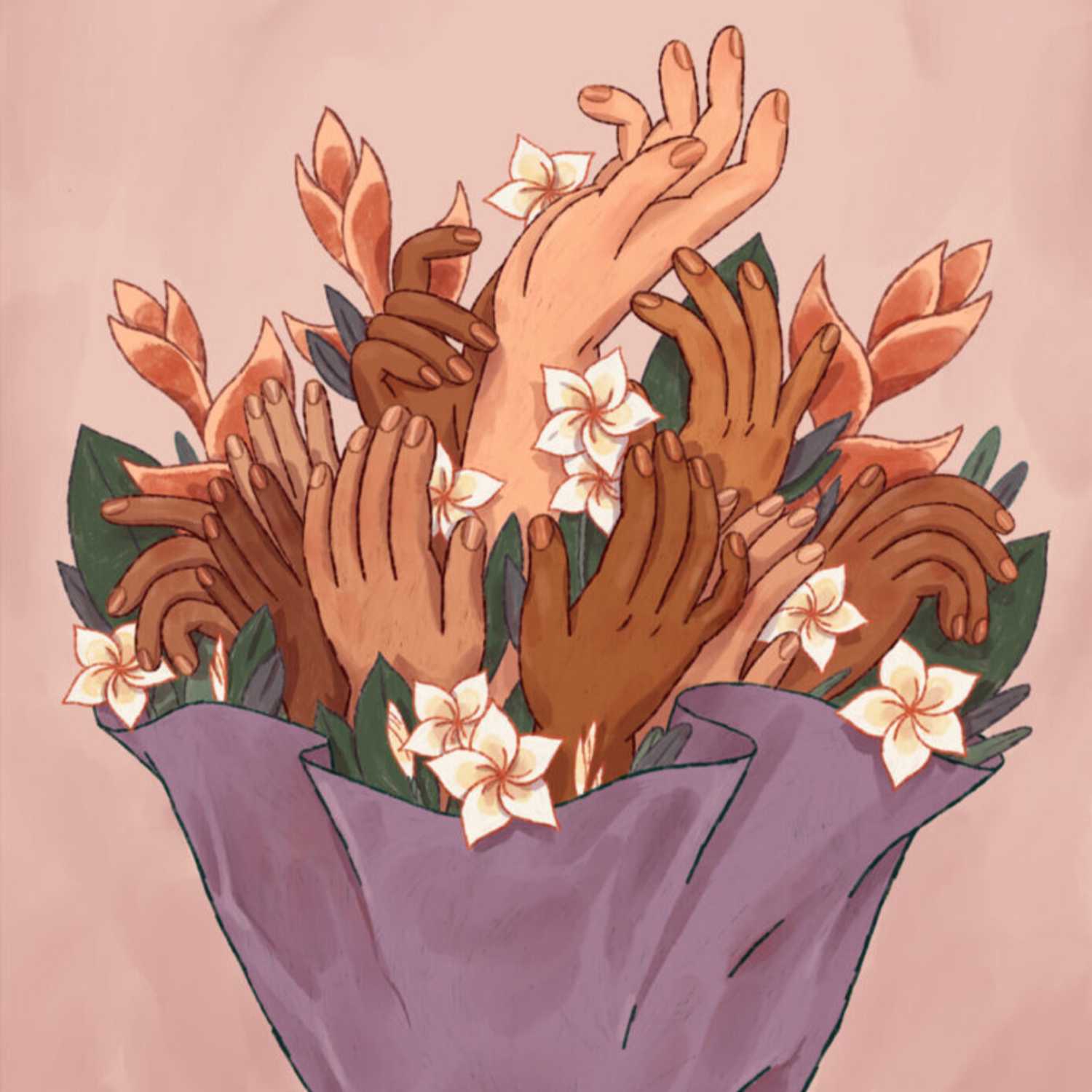
AnthroArtPutih, Bersih, Cantik (White, Clean, Beautiful). Tracing Beauty and Color among Women in Bali and Closer to Home (Romania) - Irina Savu CristeaThe desire to have a lighter skin color and the efforts to achieve it are rarely just purely individual choices based on personal style and preferences. Rather the ideal(ized) tones of women’s skin (in Bali and elsewhere) hint at social hierarchies and structures created through and perpetuated by skin color, both in the colonial past and nowadays. In this piece, I present the costs that young women in Bali pay to feel like meaningful beings in a global cultural context where the skin color they’re born with is frequently judged as “dirty” or associated with “backwardness.” Next, lookin...
2023-03-2125 min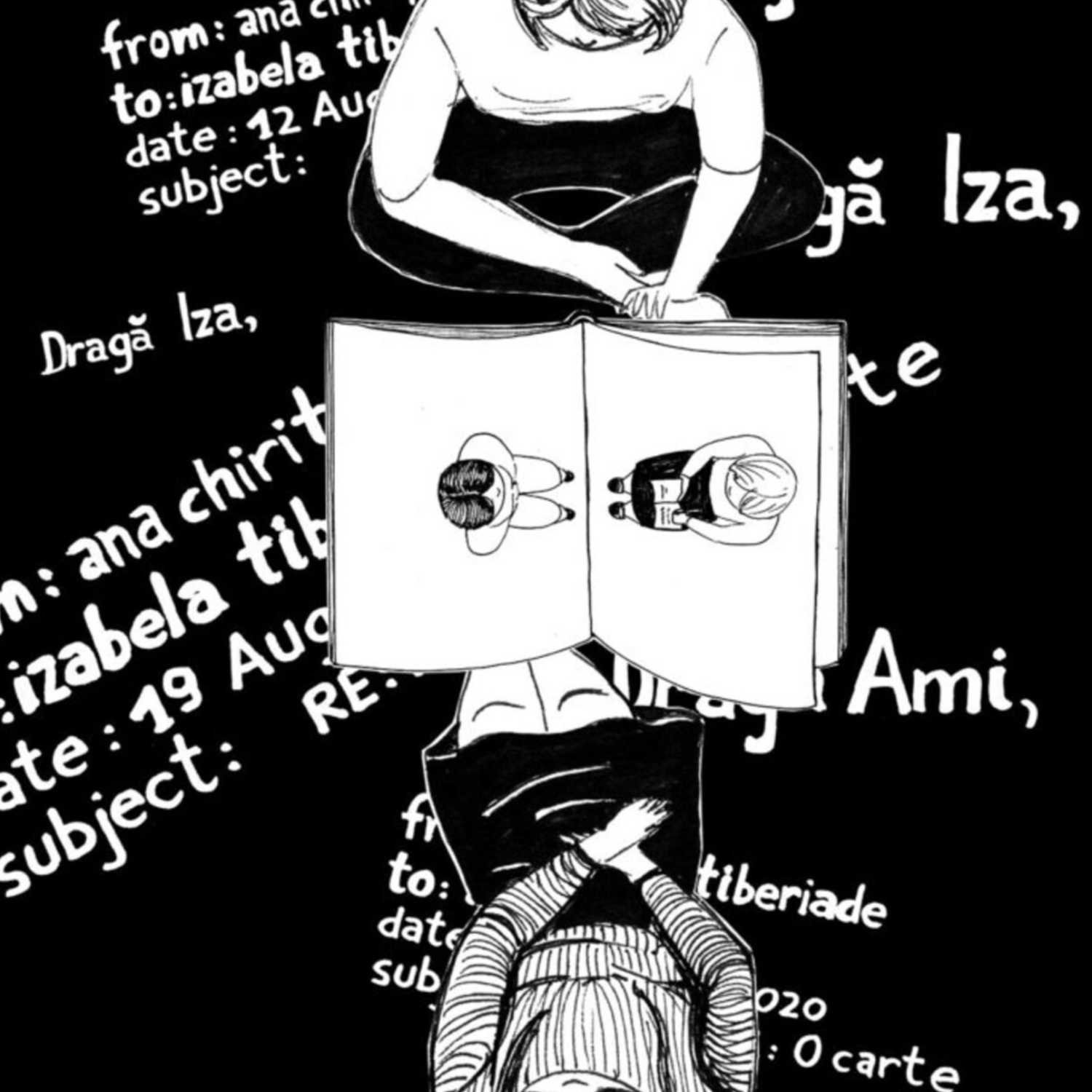
AnthroArtWhen We Write We Listen to Ourselves: Letters from the Imaginary Border Between Research and Friendship - Ana Chirițoiu and Izabela TiberiadeAmi and Izabela are friends. One is an ethnic Romanian and a PhD candidate in anthropology, the other, thirteen years her junior, is an ethnic Roma and an undergraduate student. Their friendship took off when Ami was doing her field research about kinship among Roma. Izabela was fresh out of high school at the time; she taught Ami the Romani language and answered all her questions about Roma (even the silly ones). While she was explaining the world she had been raised in, with its practices and values, to the researcher that had moved in with her family, Izabela...
2023-03-2119 min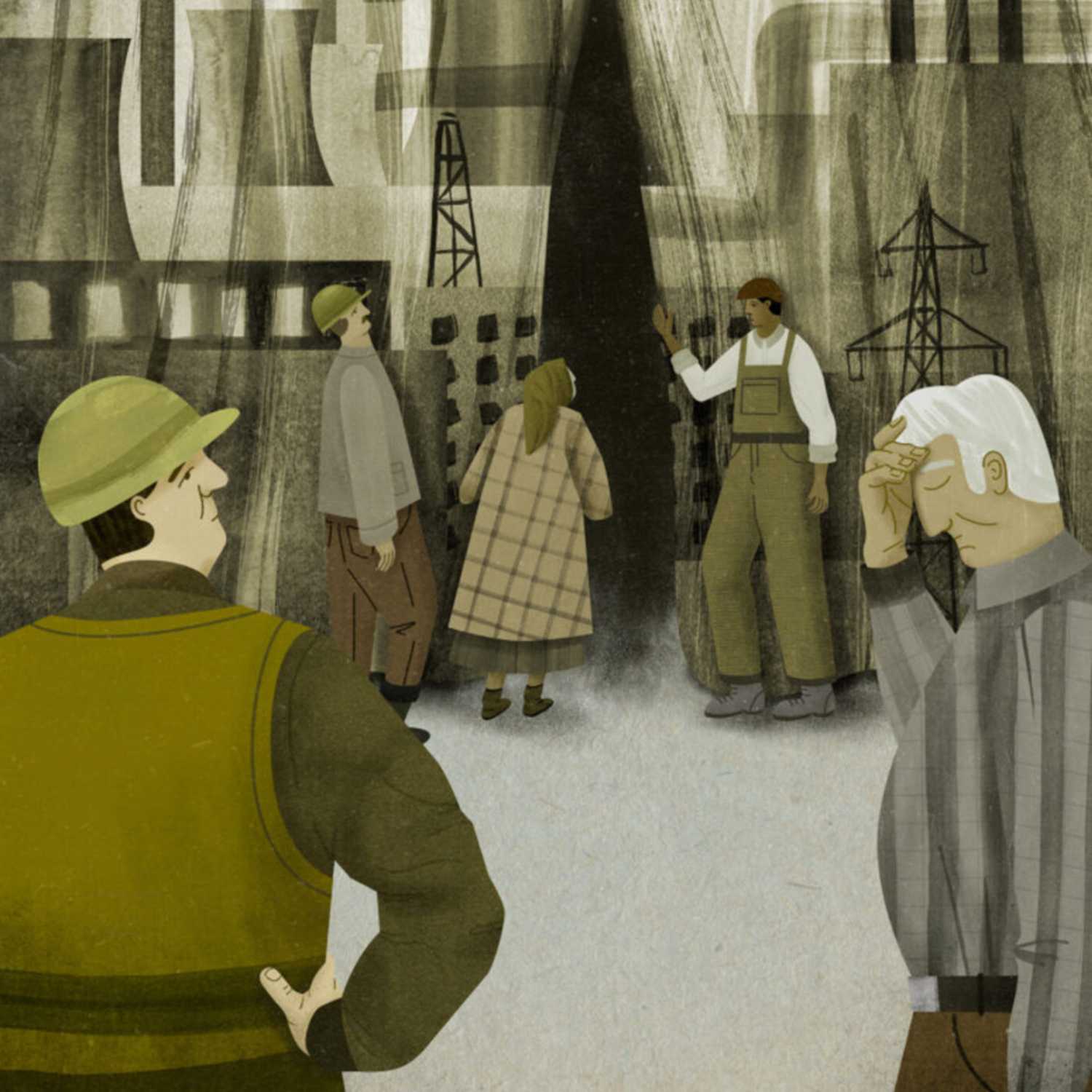
AnthroArtMaterial, Social and Political Implications of Work in and beyond Galați, Romania - Gerard A. Weber, Ph.D.In the last greater than thirty years, the work lives of blue-collar people in Galați, Romania has fundamentally changed. After decades of state-guaranteed employment, many starting in the 1990s were forced into early retirement or made redundant when industrial units were privatized and restructured or closed entirely. Local options for training and re-employment in the industrial sector were few, forcing many to either migrate outside Romania for work, or accept positions in the city with many disadvantages, including low wages, limited benefits, rigid work schedules and inferior working conditions. Embracing an approach applied by Rothstein during 40 years of s...
2023-03-2118 min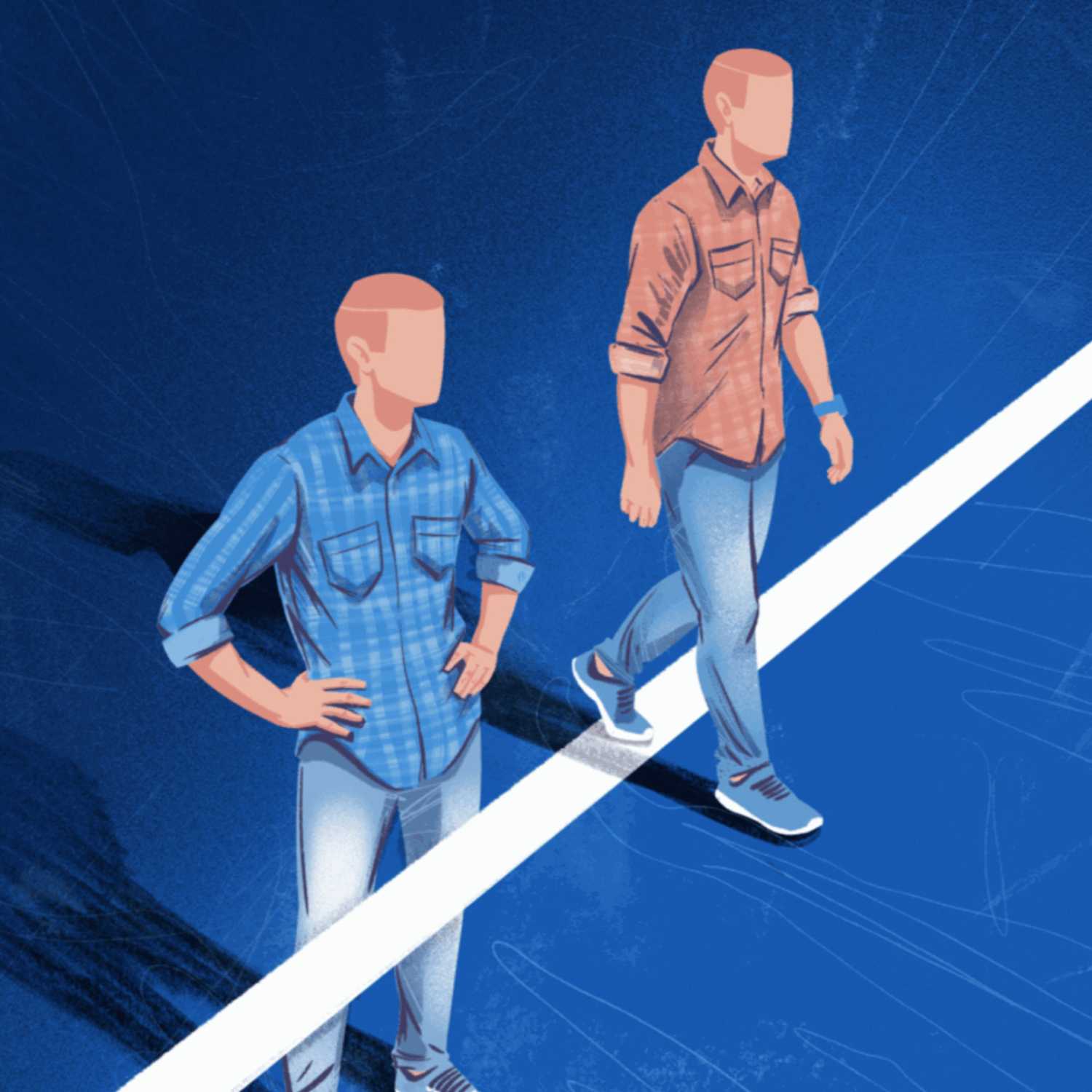
AnthroArtMigration and Changing Expectations in a Roma Segregated Neighborhood - Remus Gabriel AnghelThe segregation and poverty of the Roma have been debated for the last thirty years in Romania and some other Eastern European countries. Academic research was conducted to better understand the conditions of Roma discrimination, poverty, and segregation, while applied programs were designed and implemented to improve their standing in the society. Despite the existing debates, applied projects, and governmental programs, the overall situation of the people living in segregated Roma “ghettos” has largely remained unchanged, with people living in poor conditions, being often illiterate, discriminated against, and unemployed. Many of these people, however, got tired of waiting for the...
2023-03-2117 min
AnthroArtThe Political Ecology of the European Periphery - Lucian VesalonPolitical ecology examines the relations between communities and the environment, with a focus on the postcolonial world. Reports about human-nature interactions in geographically exotic contexts have fascinated western audiences from the very beginning. Political ecology brings an important critical dimension connected to how postcolonial politics generates social and ecological crises. Extrapolating and adapting political ecology outside the Global South is particularly challenging. The ways in which political power, economic interests, social hierarchies, as well as culture or ideologies contribute to the construction of the environment remain less discussed in Eastern Europe. The political ecology of the European periphery points...
2023-03-2113 min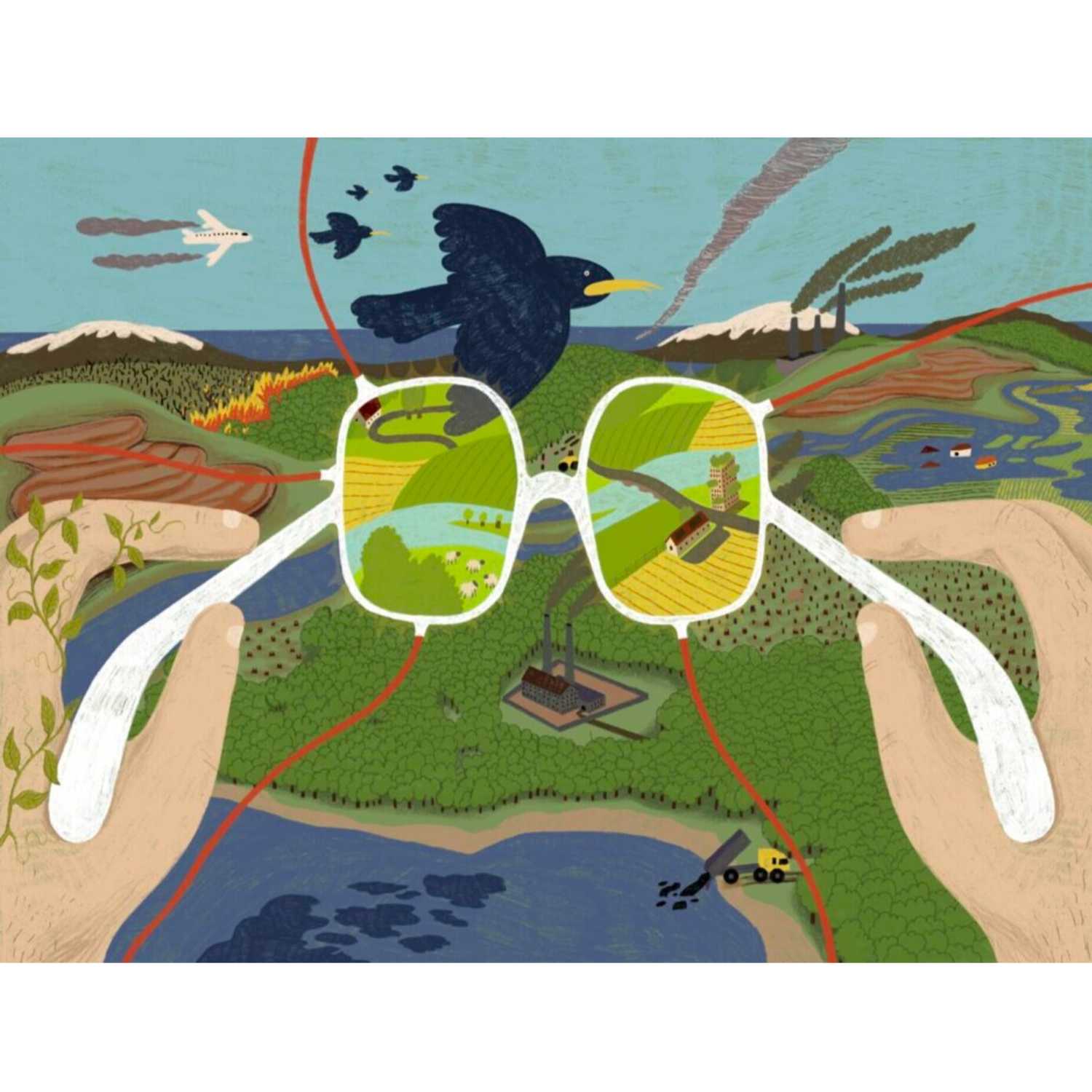
AnthroArtArtificial? Naturally! - Alec BălășescuThis article invites the reader to follow seemingly unrelated paths towards the same goal: making sense of what it means to be human in a world that casually blends discourses on nature, technology, and biology having at their centre the ideas of progress, optimization, and their capitalization. Within this type of current thinking, the challenges posed by climate change could be addressed technologically, the dream of ecological capitalism could continue ad infinitum, and Artificial Intelligence would be instrumental in fulfilling this promise. A closer look at the politics of optimization within and outside managerial perspectives may teach us otherwise: one...
2023-03-2118 min
AnthroArt“No Such Thing as ‘Can’t’ in the Romanian Railroads”: On Technological Ruination and Creative Maintenance in the Age of Innovation - Adrian DeoancăAt the end of a frustrating work duty, I asked Iosif, the foreman of a Romanian rail repair crew, what would have happened had his team not managed to mend the broken suspension of a cargo wagon. A routine task, replacing the part had turned into a taxing six-hour long toil: the workers had to use scavenged parts, makeshift tools and improvised fixes that one does not learn from any technical handbook. “There’s no such thing as ‘can’t’ in the Romanian Railroads!” he replied. His answer, equally fatalistic and boastful, eloquently captured the plight of state-run rails in Romania, and...
2023-03-2118 min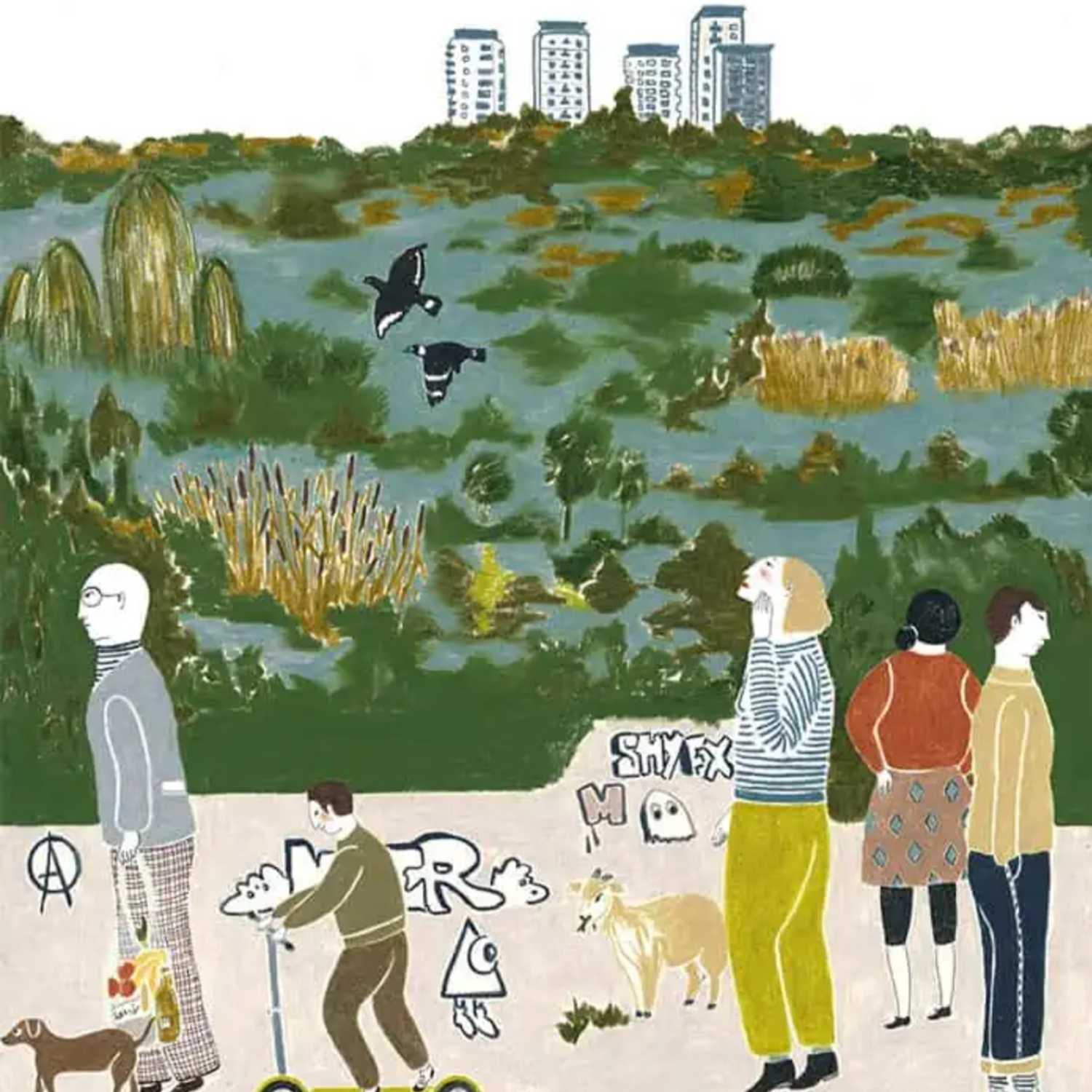
AnthroArt“It Was Beautiful, Eventually!” Nature and Ruins in Văcărești Nature Park - Călin CotoiFrom the late 1700s to 2016, when it became an urban nature park, Văcărești Pit was a mixture of wastelands and modernization projects on the southern fringes of Bucharest. While always integrated in the productive and power circuits of the city, the area was also a spatial and temporal gap: created by invoking, dismantling, and re-appropriating parts of the past, as well as imagining different futures[1]. Around Văcărești Pit, real estate developers, people displaced from their homes, ecologists, politicians, visitors, passers-by, scientists, hopes, fears, fantasies, “casino capitalism,”[2] wild animals, and plants have gathered from all over the c...
2023-03-2117 min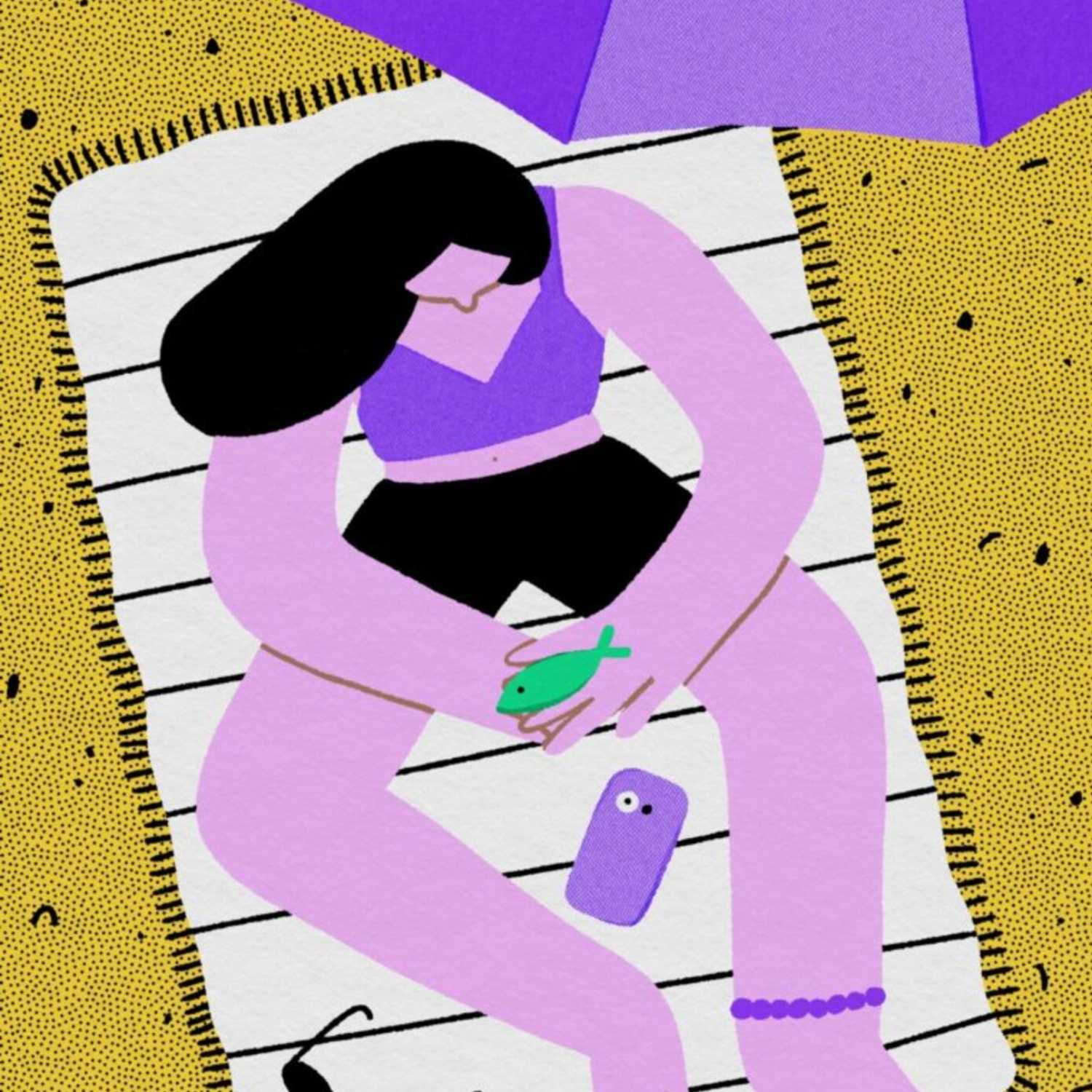
AnthroArtNotes for an Anthropology of Plastics - Magdalena CrăciunNowadays fossil-based plastics are ubiquitous. They are in our clothes, buildings, cars, and roads. Accumulations of very small pieces of plastics, called micro-plastics and nano-plastics, are present everywhere in nature and various organisms, including humans, with effects whose gravity we are only now beginning to understand. In addition, fossil-based plastics are almost indestructible, being considered the “new immortals,” next to other man-made materials such as cement or radioactive waste. Then, in our “plasticized” world, how do we relate to plastics and how do we learn to approach its dangerous and almost eternal presence? These are some of the questions of an anthr...
2023-03-2119 min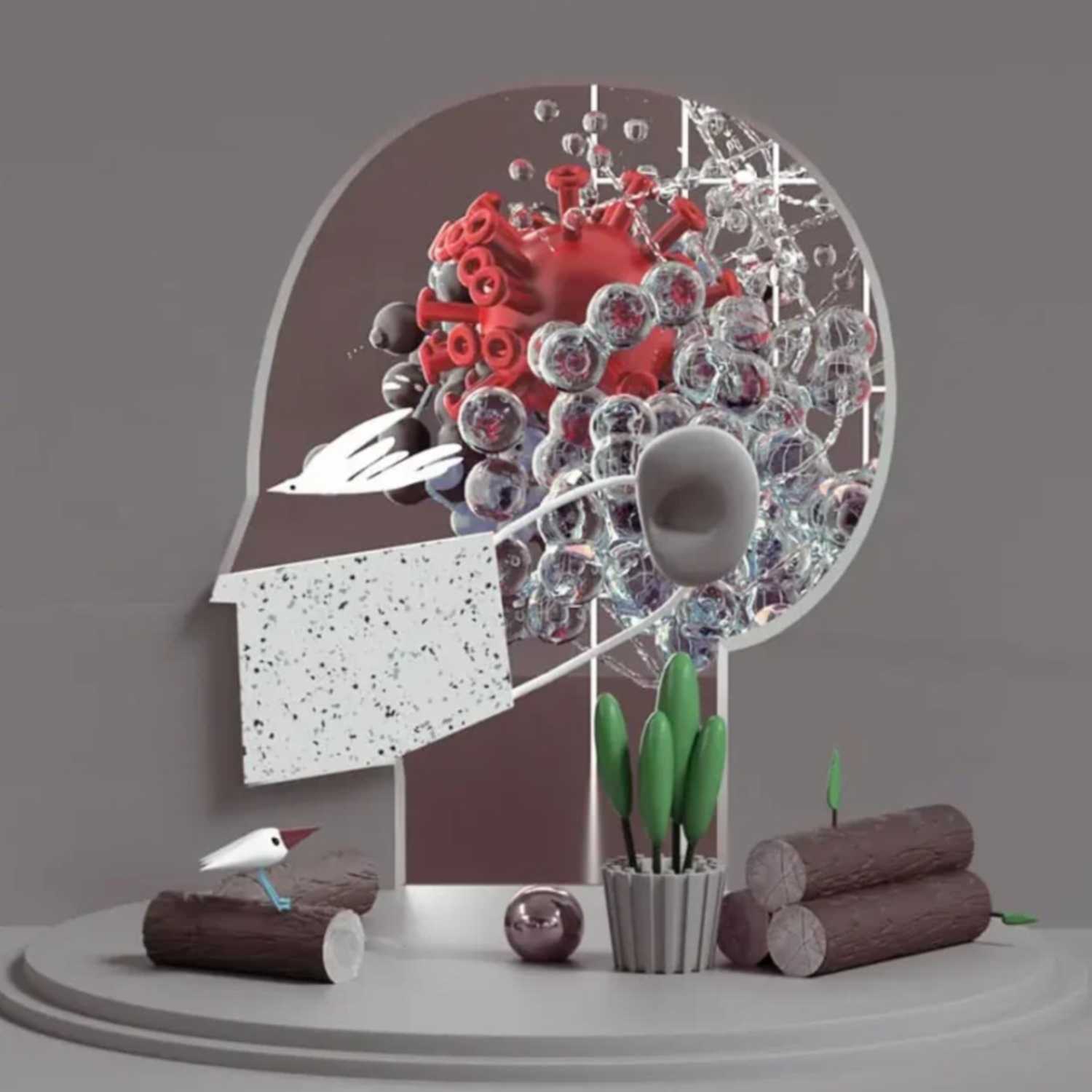
AnthroArtThe Political Ecology of Locked-Down Cities - Lucian VesalonThis text inventories some of the ecological consequences of city lockdown during the COVID-19 pandemic and discusses critically their uneven distribution and ways in which social groups experienced them. The discussion includes a critical approach to extractive capitalism, which relies on continuous exploitation of natural resources and reproduction of social inequalities. Read by actor Daniel Popa , with an illustration by CO+LOR Constantin Cojocaru și Loreta Isachttps://theanthro.art/the-political-ecology-of-locked-down-cities-lucian-vesalon/
2023-03-2114 min
AnthroArtA Short Introduction to Multispecies Studies and Ethnography - Claudia CâmpeanuMultispecies studies is a field that was born out of the pressures generated by questioning the centrality of the human in a number of disciplines (anthropology, philosophy, history, feminist studies, ecology, art), by normalizing and extending questions and interests in ethics and power relations, and especially in the immediate, visible materiality of a world in the midst of destruction. Multispecies studies ask for a cultivation of attention as a practice of being in the world, as a purposeful and assumed immersion, a practical recognition of the multitude of relationships through which we and others—other species—semiotically and materially co-construct our...
2023-03-2119 min
AnthroArtIs Nature Found Within or Outside of Humans? Discussions from Anthropology and Other Disciplines - Ioana SavinThere is increasing public awareness and debate surrounding the relationship between the environment and human society, specifically focusing on the human-nature dichotomy. The essay draws on various fields such as environmental anthropology, social ecology, environmental humanities, and other social sciences to explore the idea of natural and social interdependence. The text also presents arguments from the author’s doctoral research to reveal how the natural and social are interconnected and argues that a new direction in socio-ecological research is crucial in today’s context. During the industrialization period, nature was viewed as separate and disconnected from human life. However, traditional soci...
2023-03-2117 min
AnthroArtChildren of Girueta and the Wastelands of Football for All - Andrei MihailFootball can be more than a sport. Obviously, playing football can help improve the health of city dwellers. Accessible pitches, modernized facilities, or well-trained coaches can harness the sport’s popularity to get people to play it. But there is a further effect of football to consider. The beautiful game can strongly contribute to repairing the social health of the cities we live in. The football pitch has a unique ability to bring together people from different social backgrounds. Unfortunately, in twenty-first-century Bucharest, the chances that people from diverse backgrounds interact on the neighborhood football pitches are almost null. Th...
2023-03-2116 min
AnthroArtPromises and Realities: Working on Digital Platforms - Julius-Cezar MacQuarieGlovo, Uber, or Bolt are just some of the names that have become known in Romania in a very short time, especially in the context of the COVID-19 pandemic. But a less discussed phenomenon is what it means to be a delivery person or a courier when your manager is an algorithm that monitors your every move and checks you at every step. In other words, what does it mean to be a worker on a digital platform and part of the “platform economy”? Are these workers really their own bosses? And do they really work when and as much...
2023-03-2114 min
AnthroArtUncitizenship through Evictions - Irina ZamfirescuTwo years, seven evictions, almost 300 people for whom the only prospect of housing after eviction was the street. The structural violence in Bucharest is as subtle in its manifestations as it is obvious when we look at the city’s evictions. For the evictees, the waiting lists for social housing provide the dramatic dimension of their lack of agency to claim their right to the city. For two years I have been among some of Bucharest’s evictees to understand the mechanisms and the powerlessness of poverty, the state’s stubborn retreat into savage neo-liberal housing policies, and the crimin...
2023-03-2118 min
AnthroArtReindustrialization, Labor, and Precariousness in Romania: A Case Study of Factories in Baia Mare - Raluca PerneșTens of thousands of workers are currently employed in factories in the Baia Mare area. Most factories are greenfield projects, while old industrial sites in Baia Mare have been abandoned. Most employees working in furniture, mattresses, clothing and footwear producing factories receive a minimum wage for full-time work. The young and “disciplined” employees manage to supplement their minimum wage by working overtime or doing additional shifts, depending on the employer’s needs. Some resort to seasonal work abroad in order to ensure their families’ survival. The factories in question are a precarious link within the capitalist circuit, operating as outsourc...
2023-03-2016 min
AnthroArtAn Ethnography of Disappearing Forests. On Power, Politics, and Scapegoats in a Village of Argeș County, Romania - Ștefan DorondelThis piece looks at how Romania’s forests were destroyed by illegal logging after the Revolution of 1989. Based on my book Disrupted Landscapes. State, Peasants and the Politics of Land in Postsocialist Romania (2016)*, this piece sheds light on the actors involved in illegal logging activities, the political and economic mechanisms at work, and the devastating effects on the forests.Rudari, a traditionally poor, marginal minority population that is becoming increasingly so in the postsocialist context, take on the role of scapegoats for large-scale logging done by Romanians. The majority Romanian population—the owners of the disappearing forests—fail to acknow...
2023-03-1717 min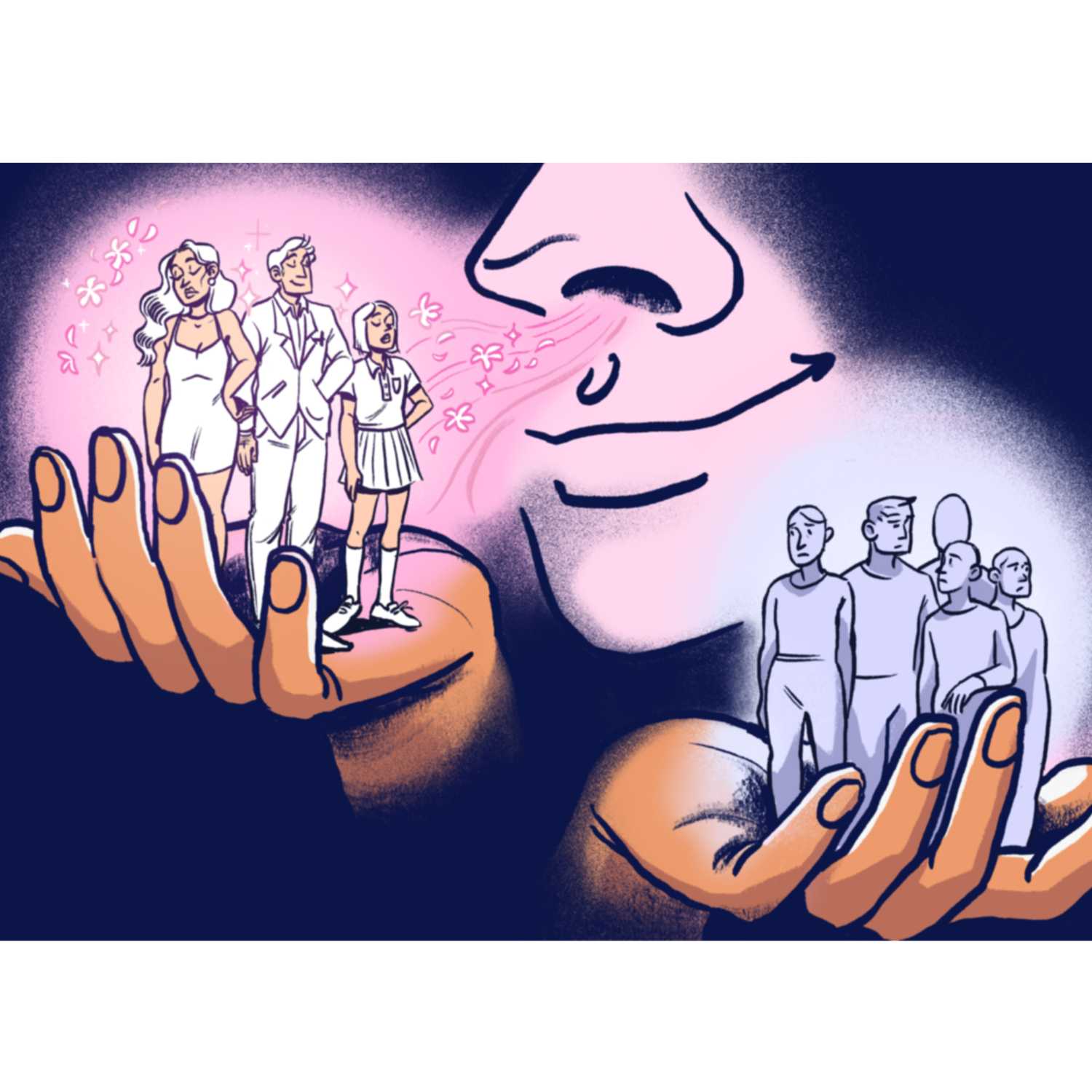
AnthroArtThe Construction of an Olfactory Other - Ruxandra PăduraruSensitivity to certain smells is in fact simply a mask of privilege. The significance of a particular smell is not discovered by differentiating it from other smells (there are no independent forms/means to encode these distinctions) but by discriminating the contexts in which a particular smell has value. The social dimension of scent is learned through the hegemonic discourses of a particular space and historical framework—as early as childhood, we learn which smells are pleasant and which are stigmatized. Smell thus becomes an index of one’s position in the social hierarchy. Scents connect (and separate) individuals imme...
2023-03-1722 min
Drawn to ScaleNaturally Built ep107 Steven Chavez on NAMLALandscape Architect and Educator Steven Chavez joins me to discuss his work with the newly founded National Association of Minority Landscape Architects.
@NAMLA
@stevenechavez
https://www.sca-larc.com/
2020-08-1424 min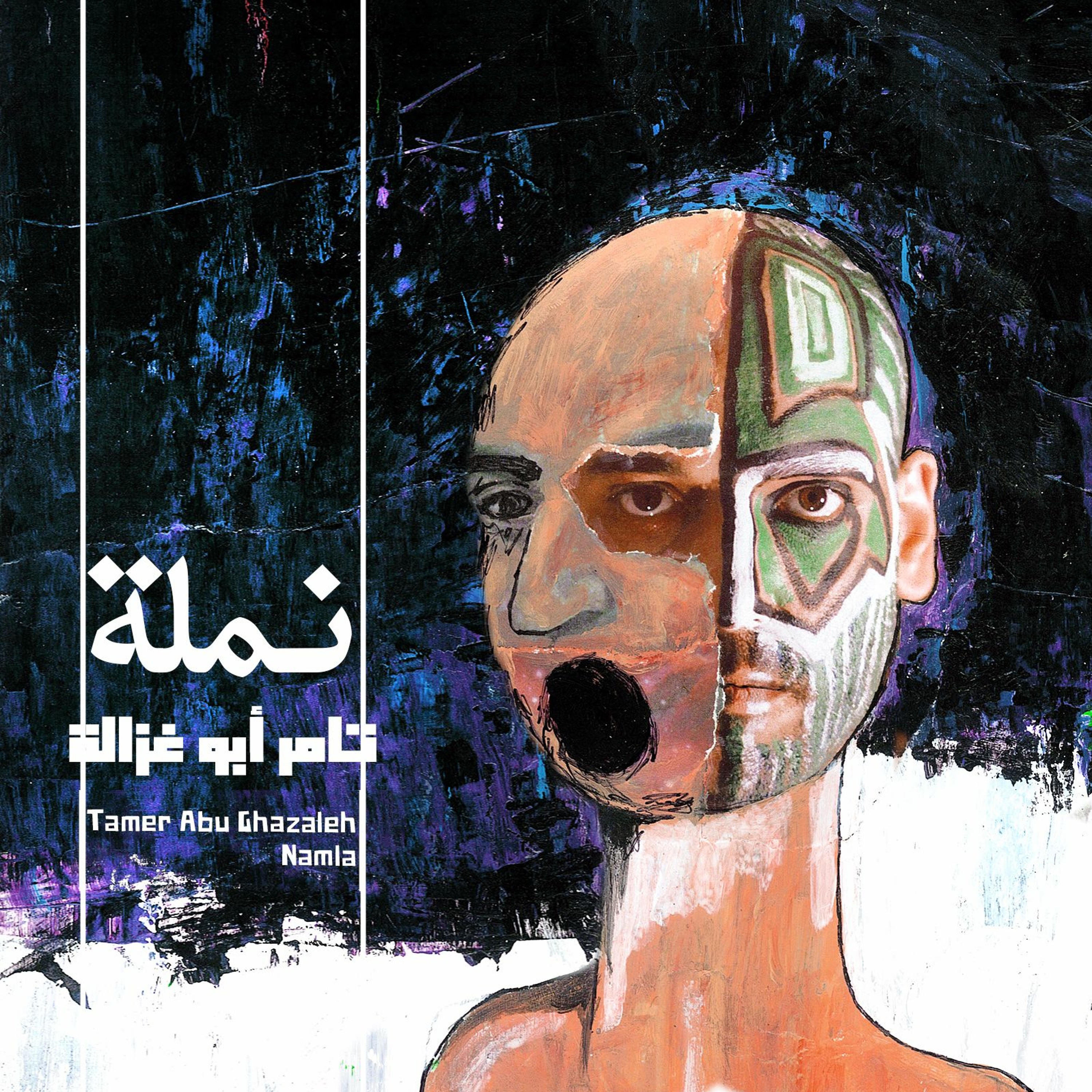
Mostakell Records إنتاج مُستقلّTamer Abu Ghazaleh - Namla تامر أبو غزالة - نملةNamla نملة | from Thulth من ألبوم ثلث
Download Album حمّل الألبوم
http://mostakell.com/collections/thulth-tamer-abu-ghazaleh
Namla Video فيديو نملة
https://www.youtube.com/watch?v=SgH5nbkWirQ
A Poem by Tamim Barghouti قصيدة لـ تميم البرغوثي
Composed by Tamer Abu Ghazaleh الحان تامر أبو غزالة @tamerag
Painting by Omar Mostafa لوحة لعمر مصطفى @omaxist
المشاركون في ألبوم ثلث
عود وبزق وهارمونيوم وسينث والكترونيات وصوت: تامر أبو غزالة | بيانو وميلوديكا ورودز: شادي الحسيني | باص: محمود والي | درامز: خيّام اللامي | ايقاعات: خالد ياسين | الكلمات مأخوذة عن قصائد لكل من قيس ابن الملوّح وتميم البرغوثي ورامز فرج ونجيب سرور، وكلمات كتبها تامر أبو غزالة. شكر خاص لكلّ من تميم البرغوثي ورامز فرج وعائلة نجيب سرور | ألحان وتوزيع وإنتاج فنّي تامر أبو غزالة، أغنية حلم مقتبسة عن لحن هاستا سيمبري لكارلوس بويبلا | إخراج بصري عمر مصطفى ومريم صالح | فوتوغرافيا ورسم وتصميم عمر مصطفى | إنتاج صوتي وتسجيل وميكساج خيّام اللامي باستوديوهات وان هيرتز (بيروت - لبنان) | ماستر جون دينت باستوديوهات لاود ماسترينج (بريستول - المملكة المتحدة)
Thulth Credits
Oud, Buzuq, Harmonium, Synth, Electronics, Back Vocals & Vocals by Tamer Abu Ghazaleh | Piano, Melodica and Rhodes by Shadi El Hosseiny (@Shadi-El-Hosseiny) | Bass by Mahmoud Waly (@mwxt) | Drums by Khyam Allami (@Khyamallami)| Percussions by Khaled Yassine | Lyrics include extracts of poetry by Qais Ibnul Mulawah, Tamim Al Barghouti, Ramez Farag, Naguib Sorour, and lyrics by Tamer Abu Ghazaleh | Composed, arranged and produced by Tamer Abu Ghazaleh | Visual Direction by Maryam Saleh (@maryamsaleh) & Omar Mostafa | Illustration & Artwork by Omar Mostafa | Sound production, recording and mixing by Khyam Allami at One Hertz Studios (Beirut – Lebanon) | Mastering by John Dent at Loud Mastering Studios (Bristol – UK)
نملة
قصيدة لـ تميم البرغوثي
please scroll down for English
أنا نملة واقعة في رغوة صابون
قاعدة ارفّس هل أكون أو لا أكون
مجنون
لا في تحتي أرض اسند عليها
ولا ف إيديا حاجة أمسك فيها
ملغي من الحساب
وكأن ربّي حطني عالأبجدية سكونْ
مانا نملة واقعة في رغوة صابون
Namla [Ant]
A Poem by Tamim Barghouti
Translated by Narima
2016-05-2904 min